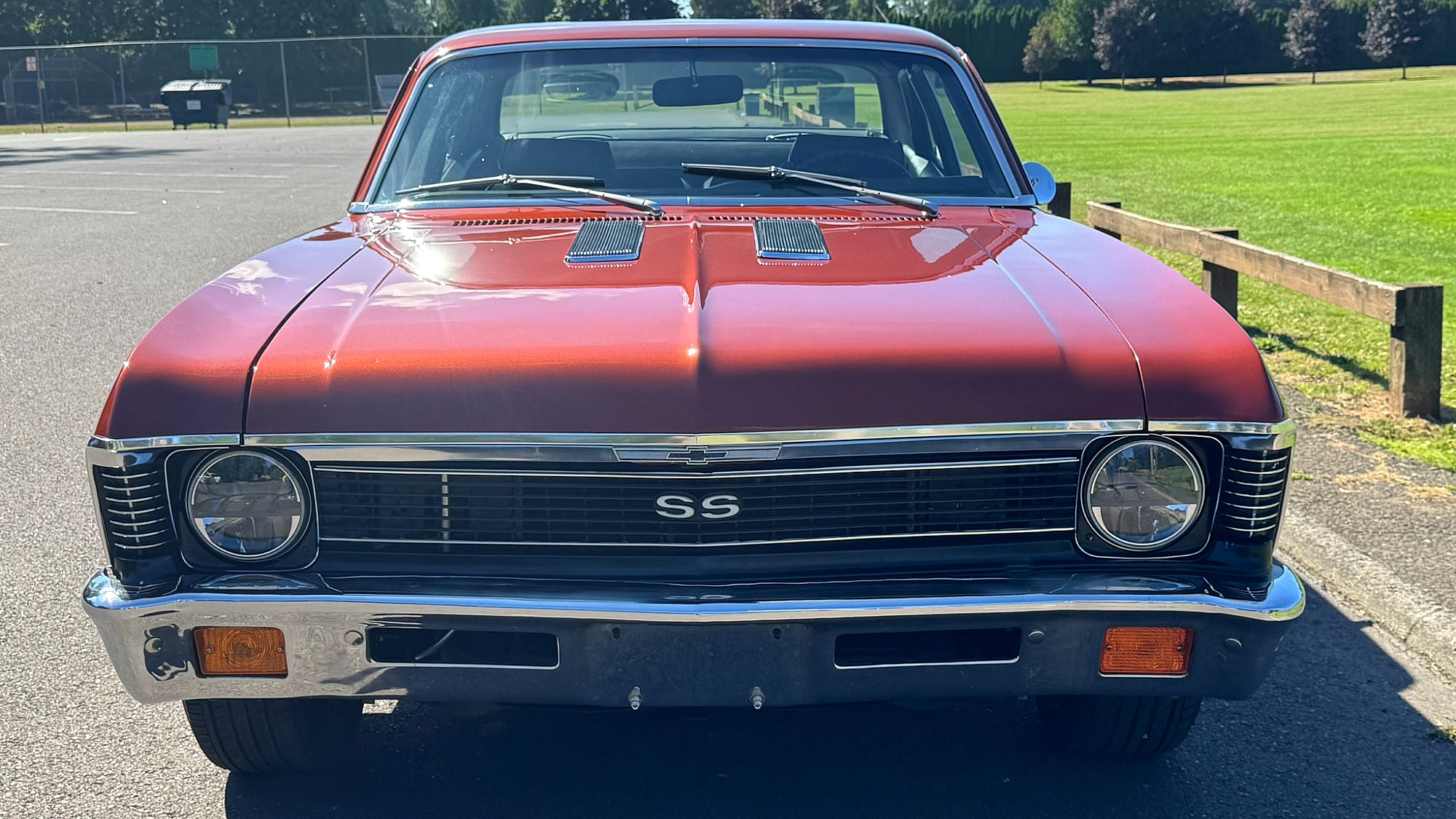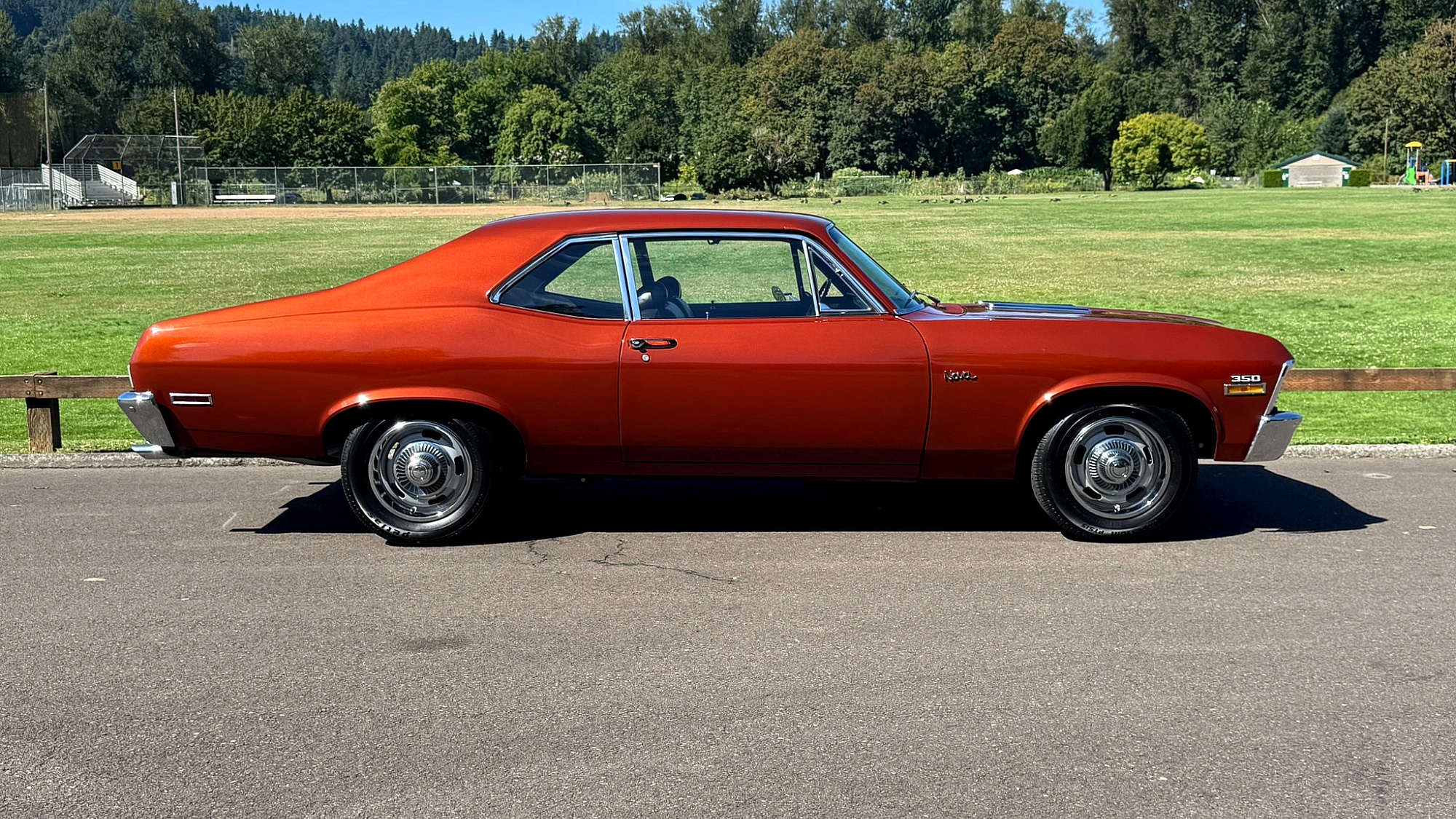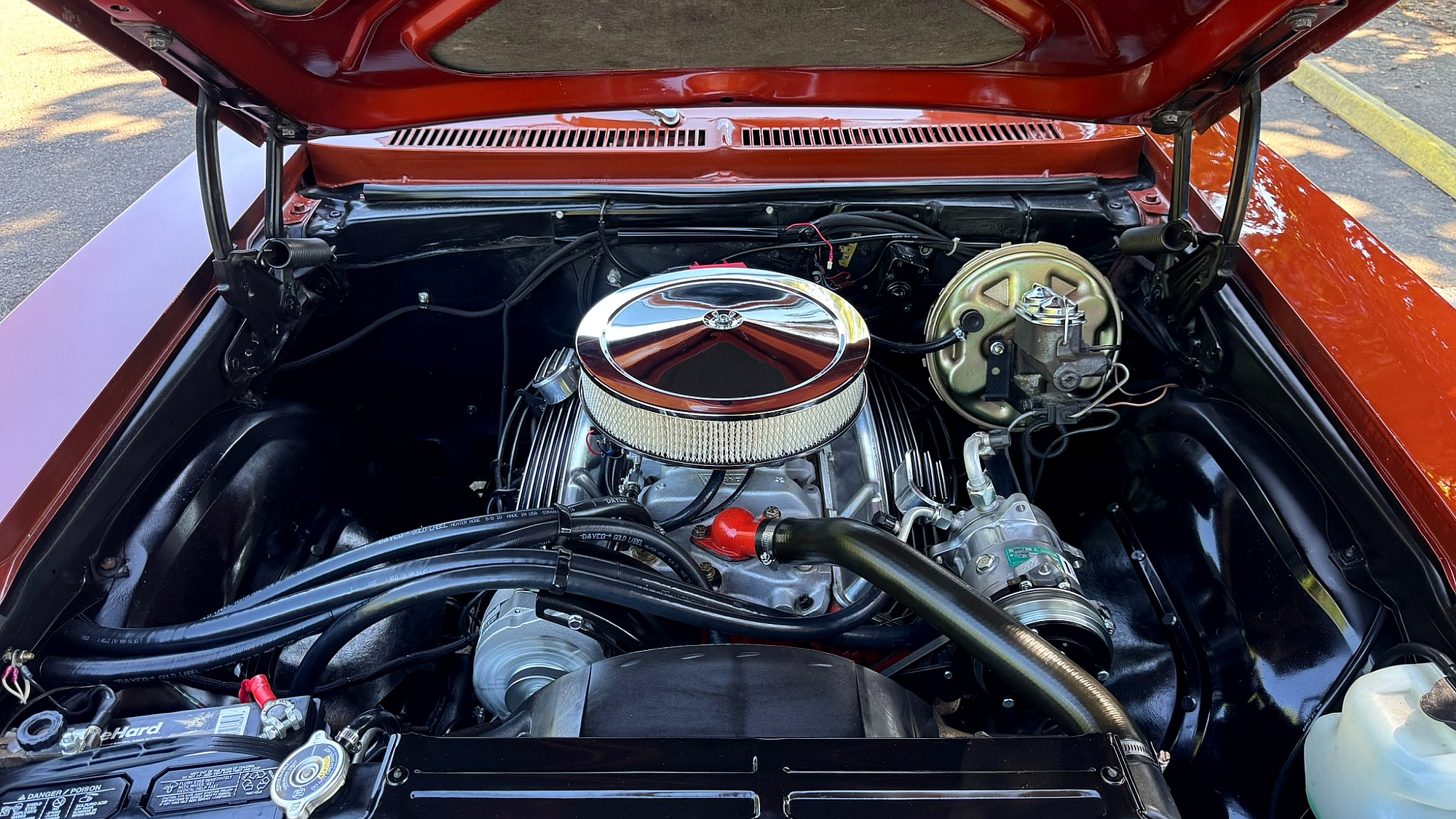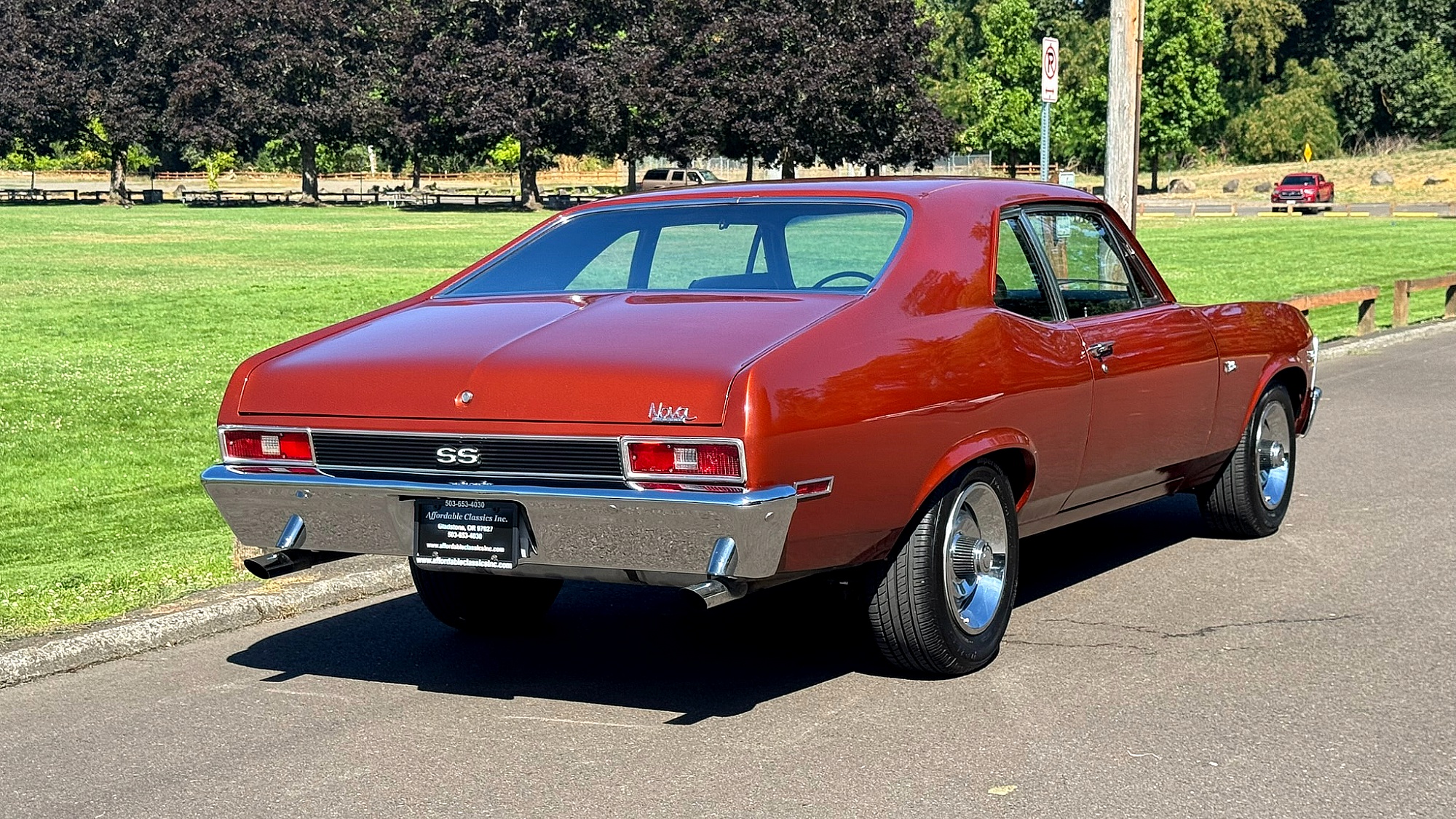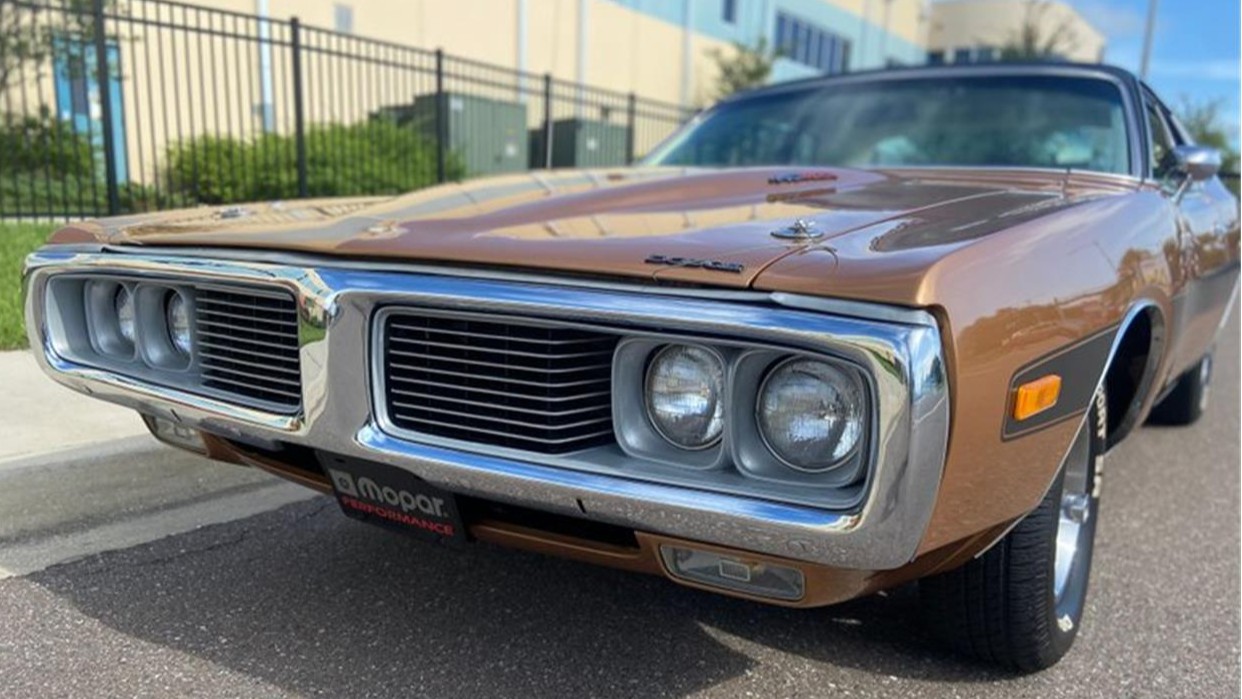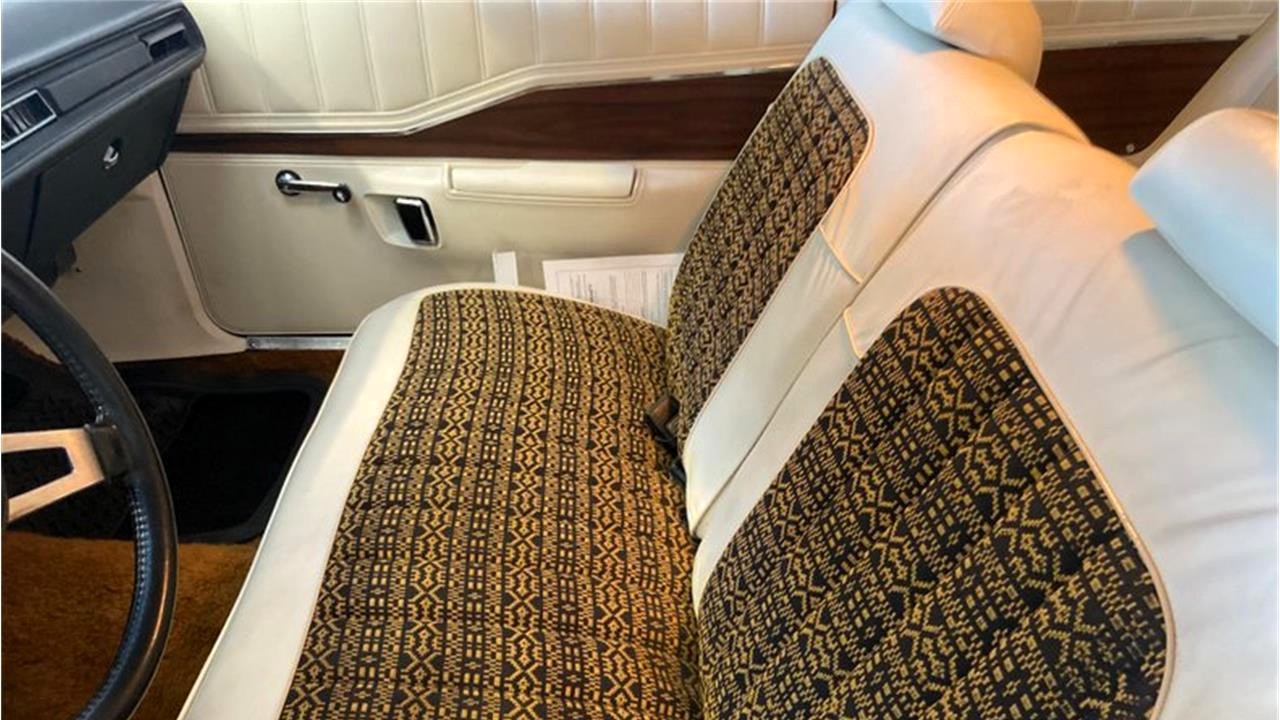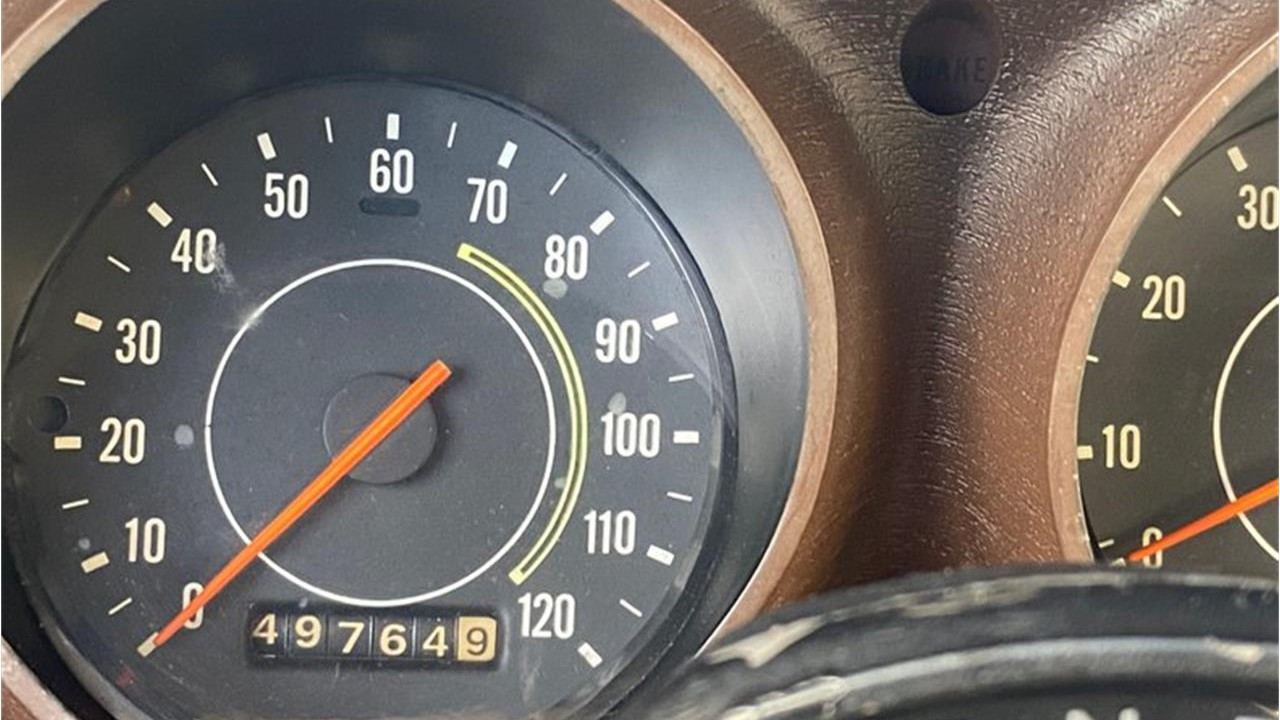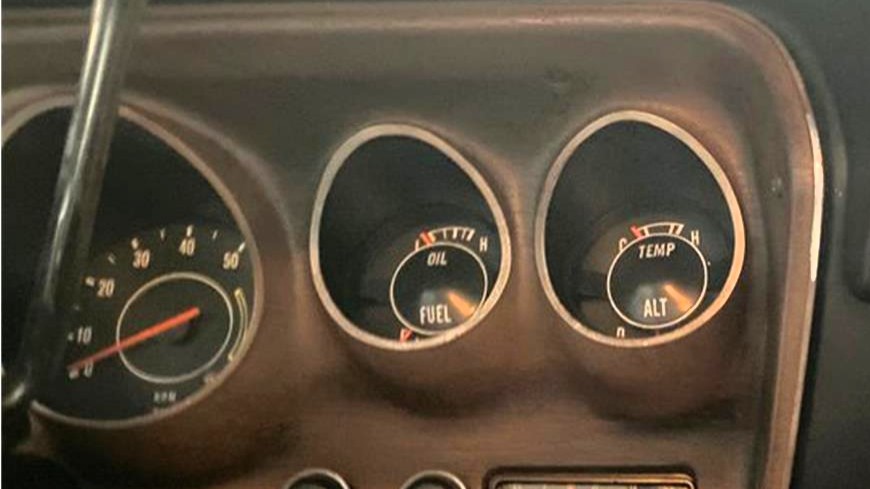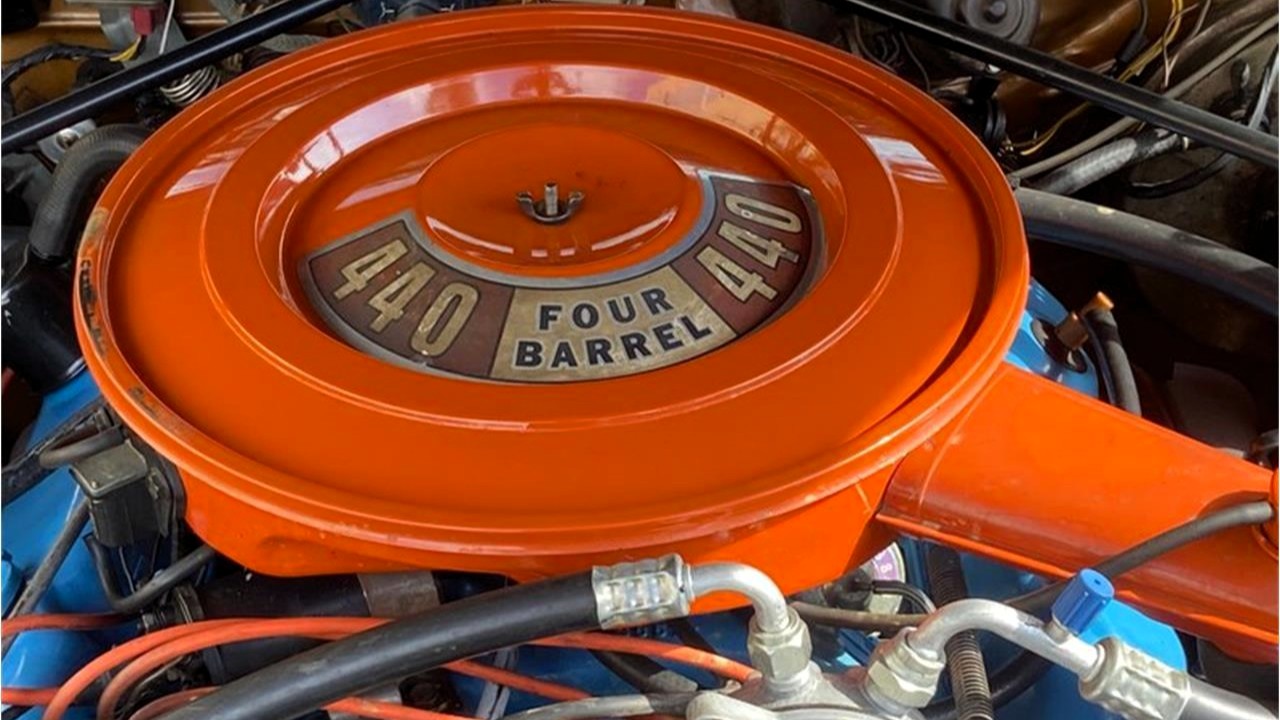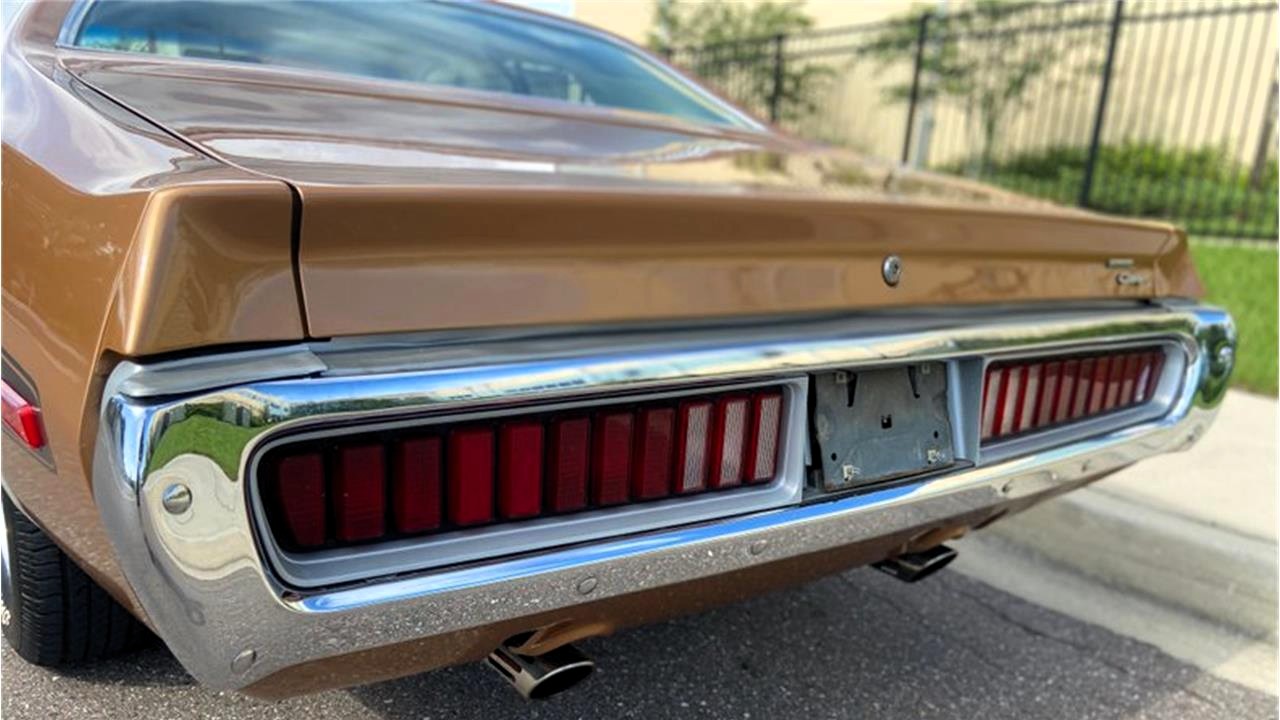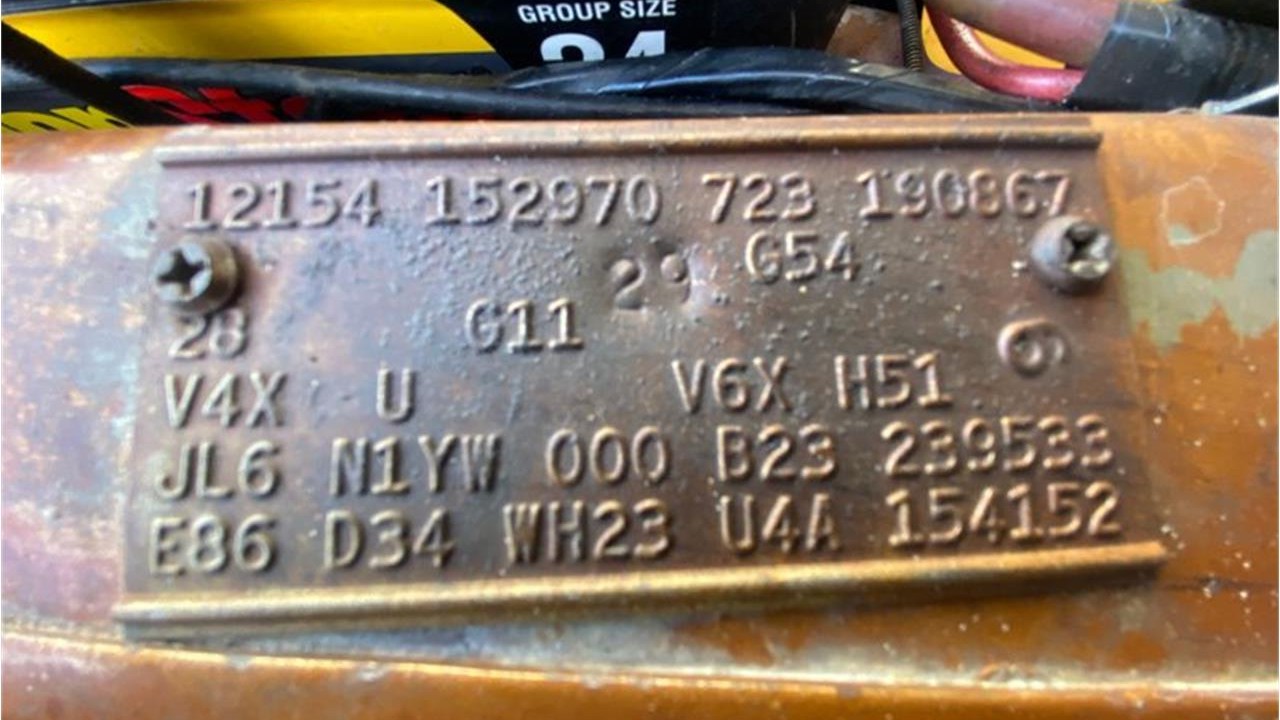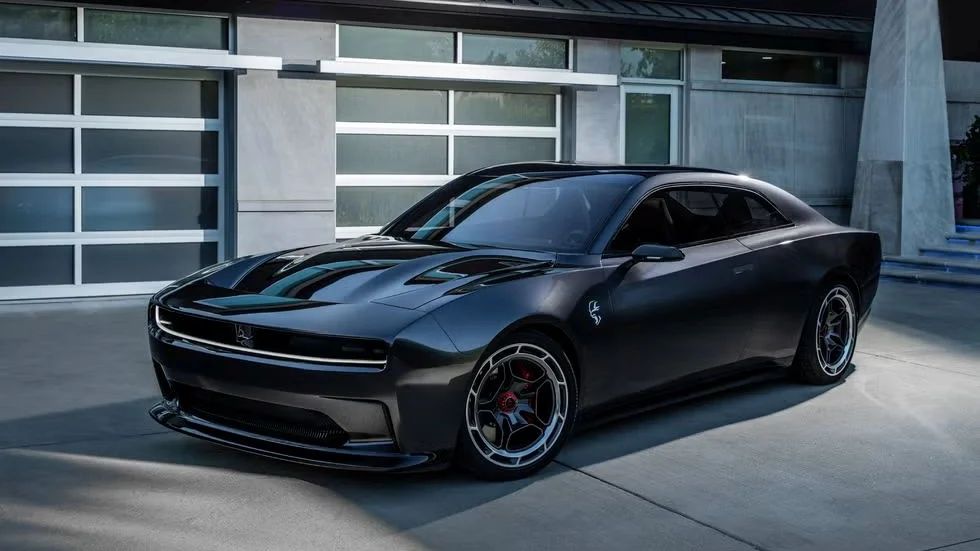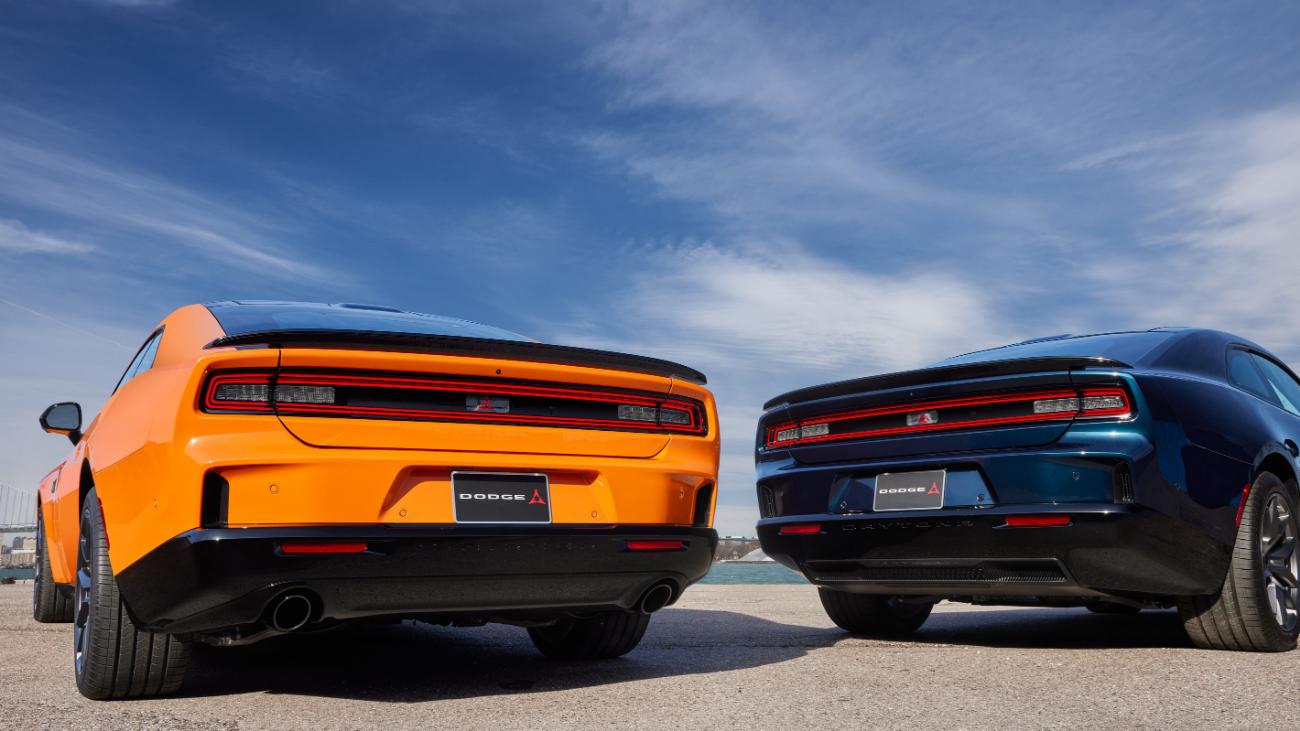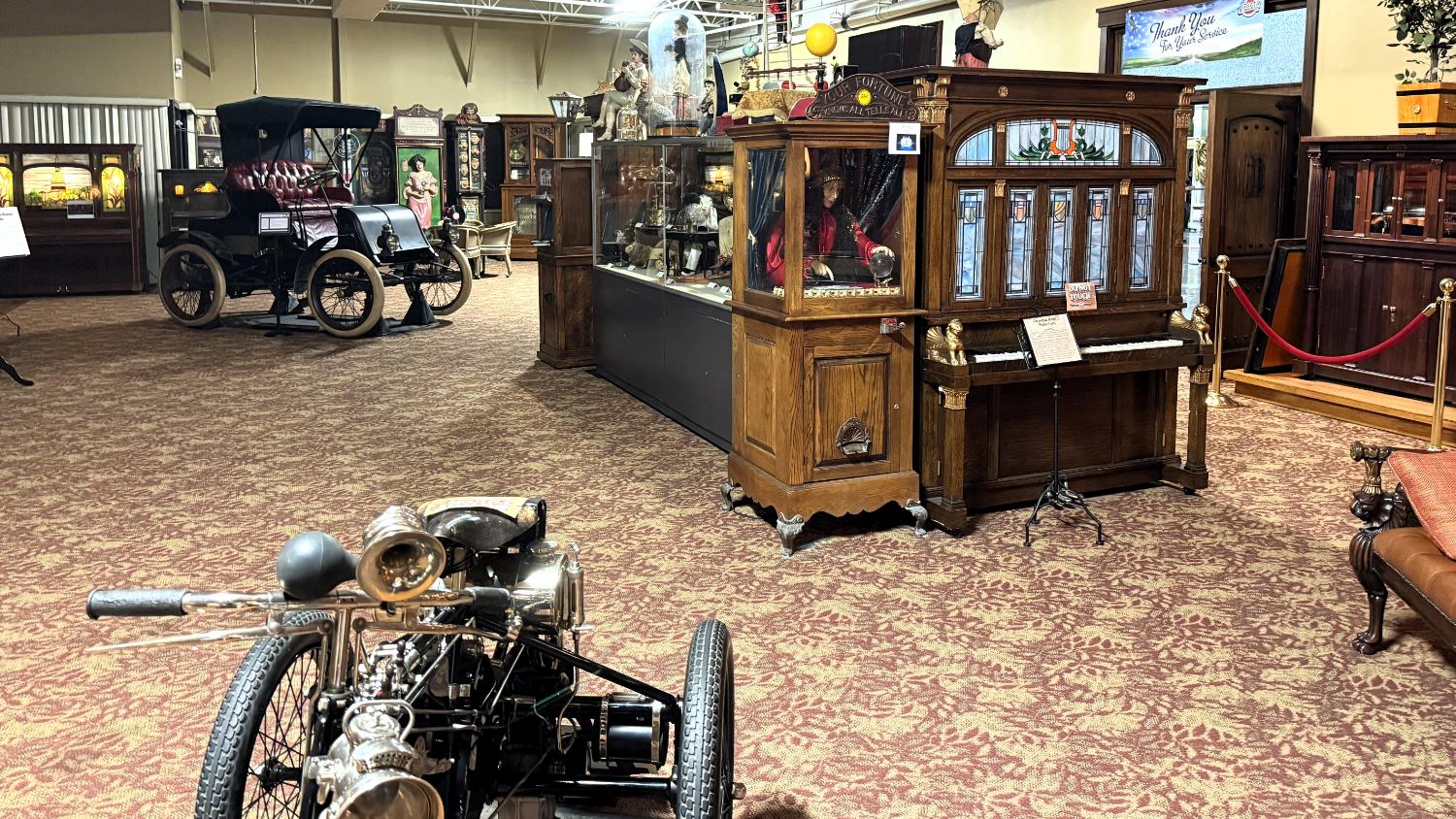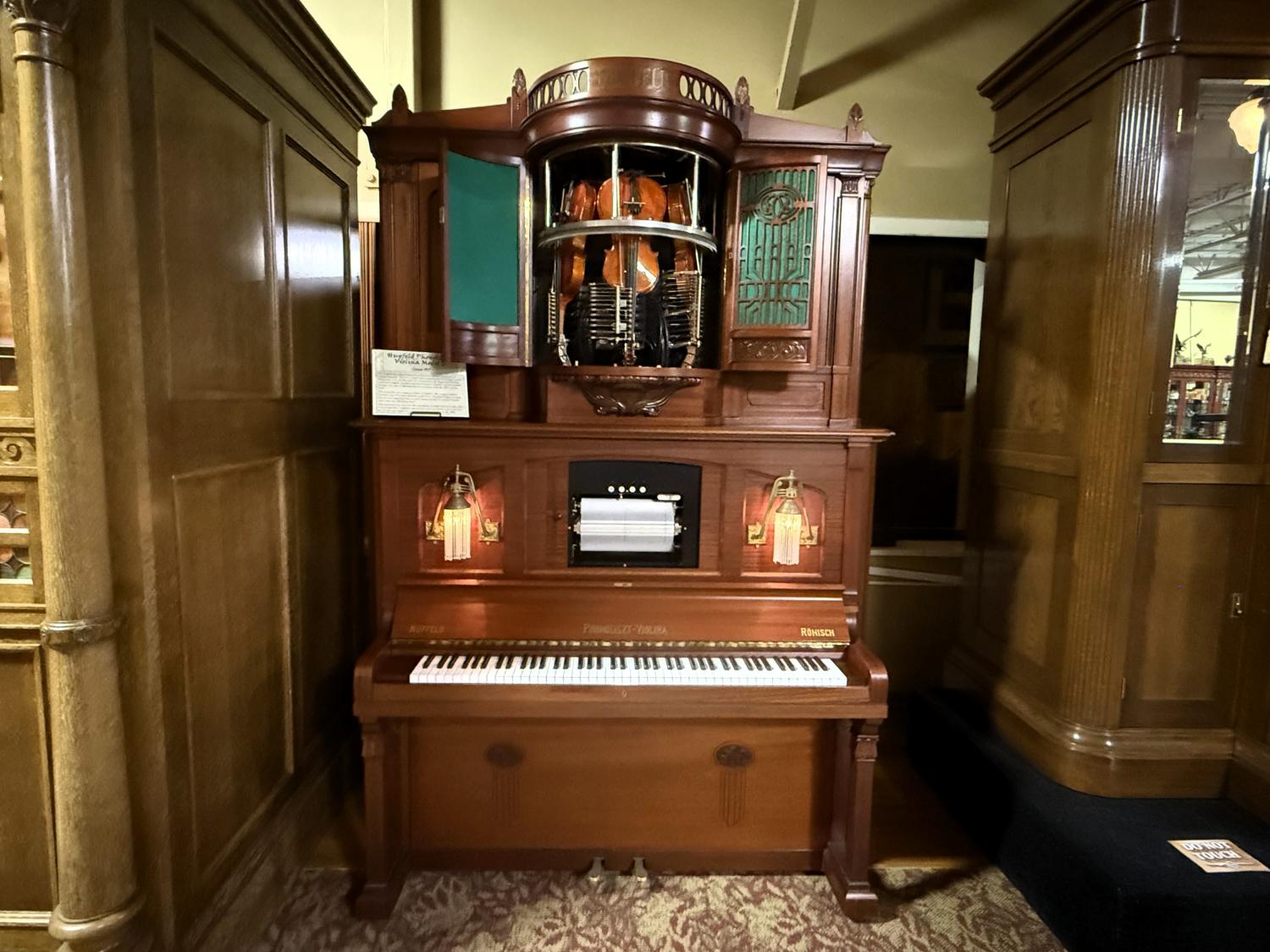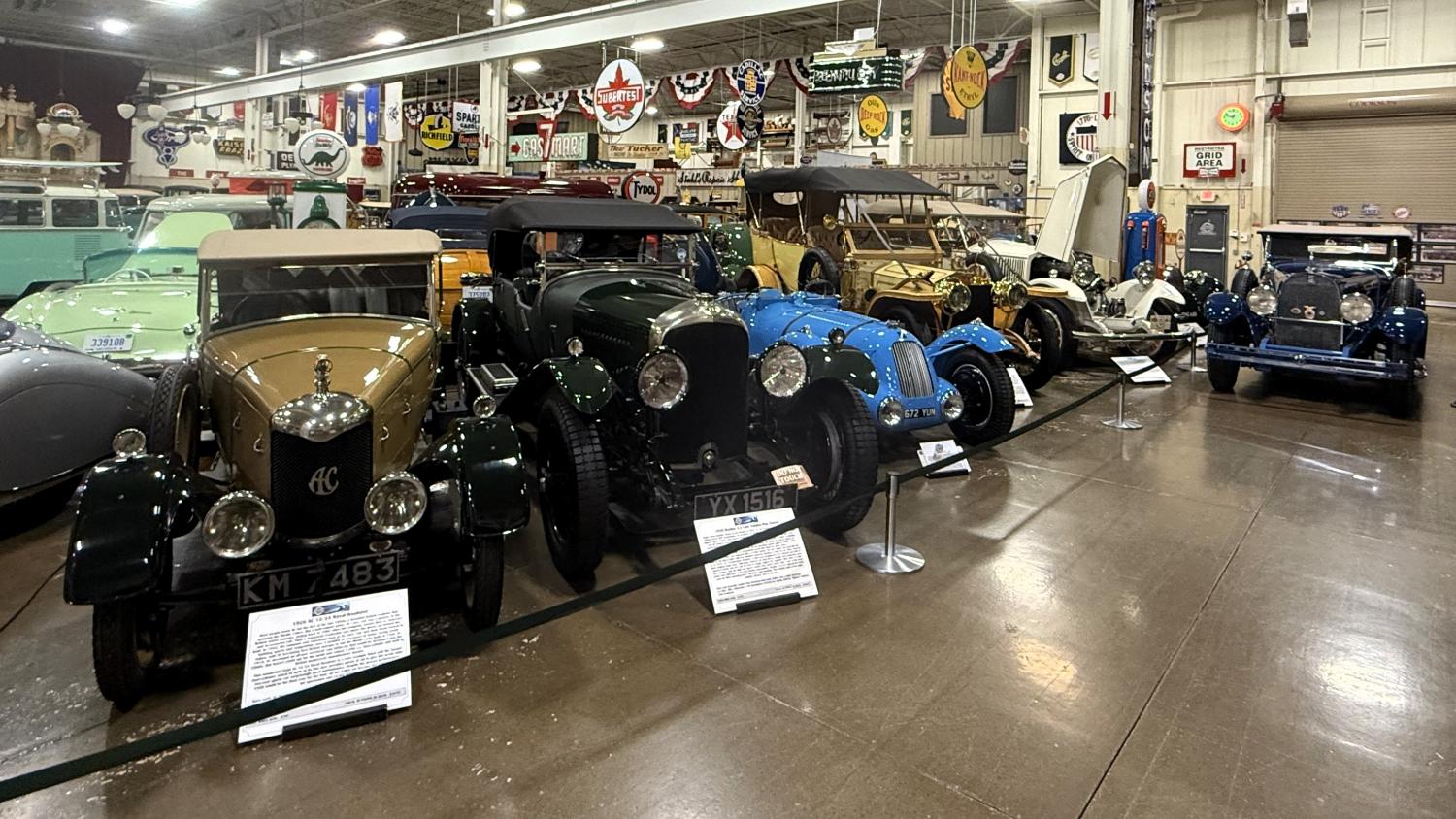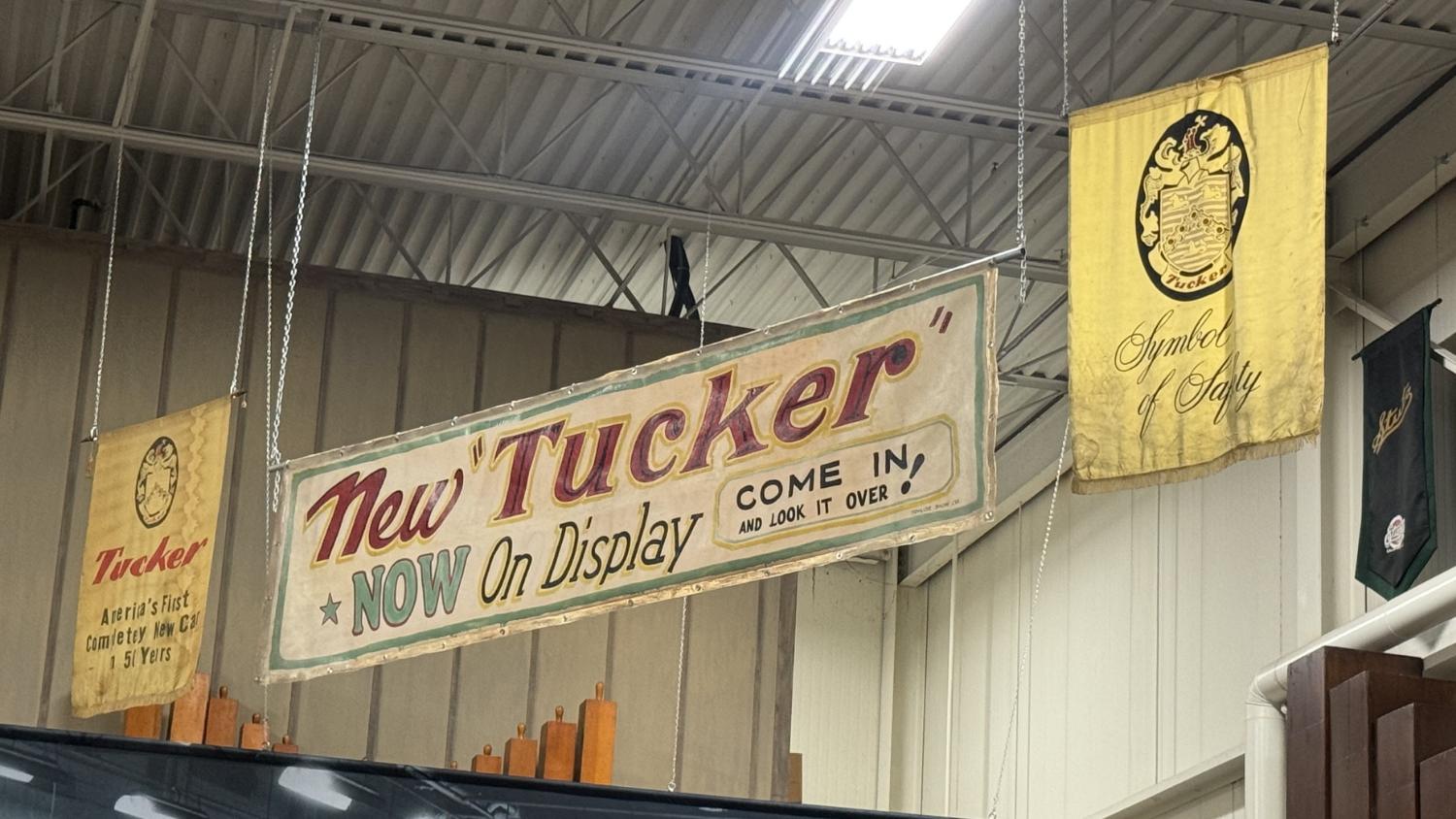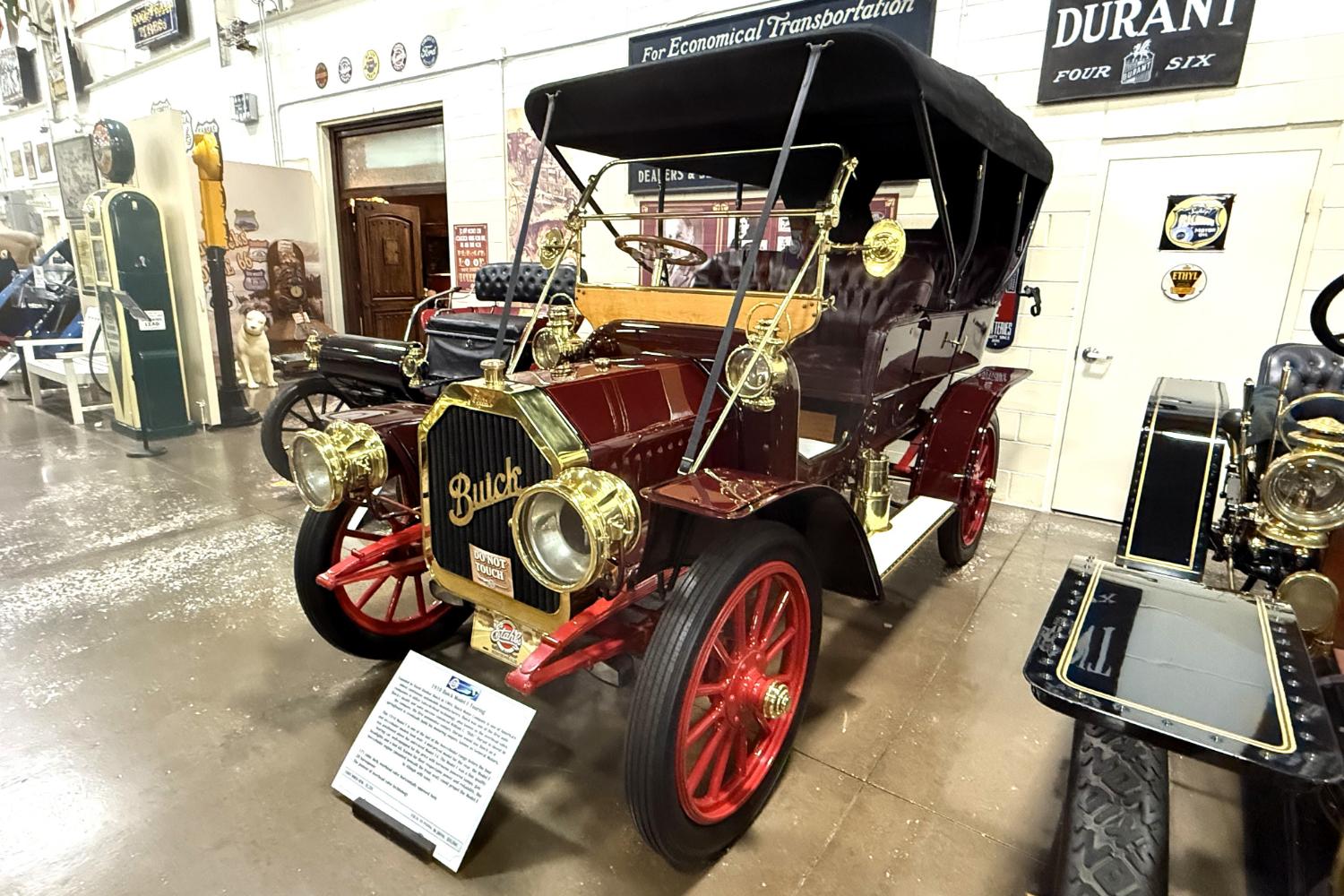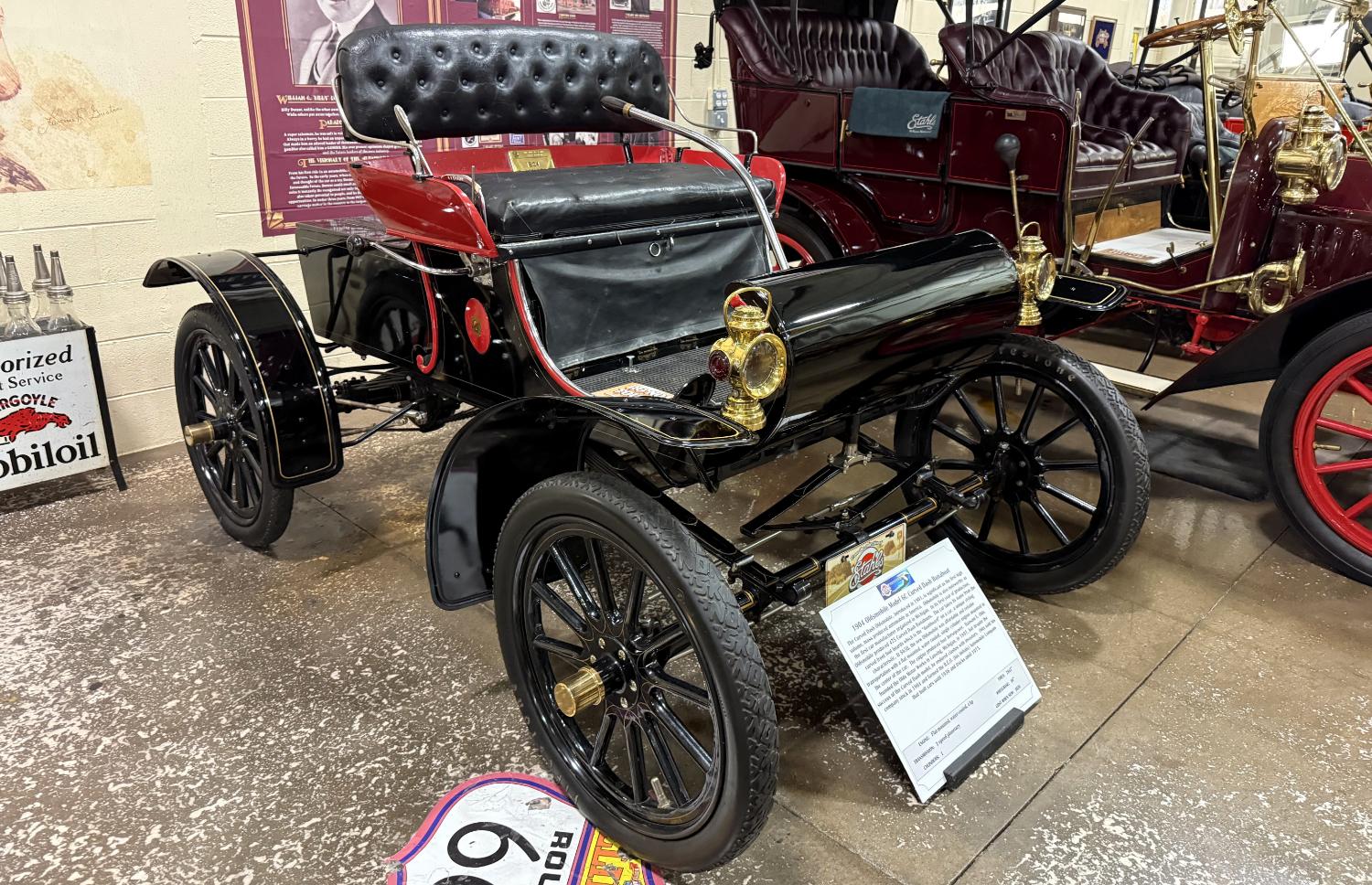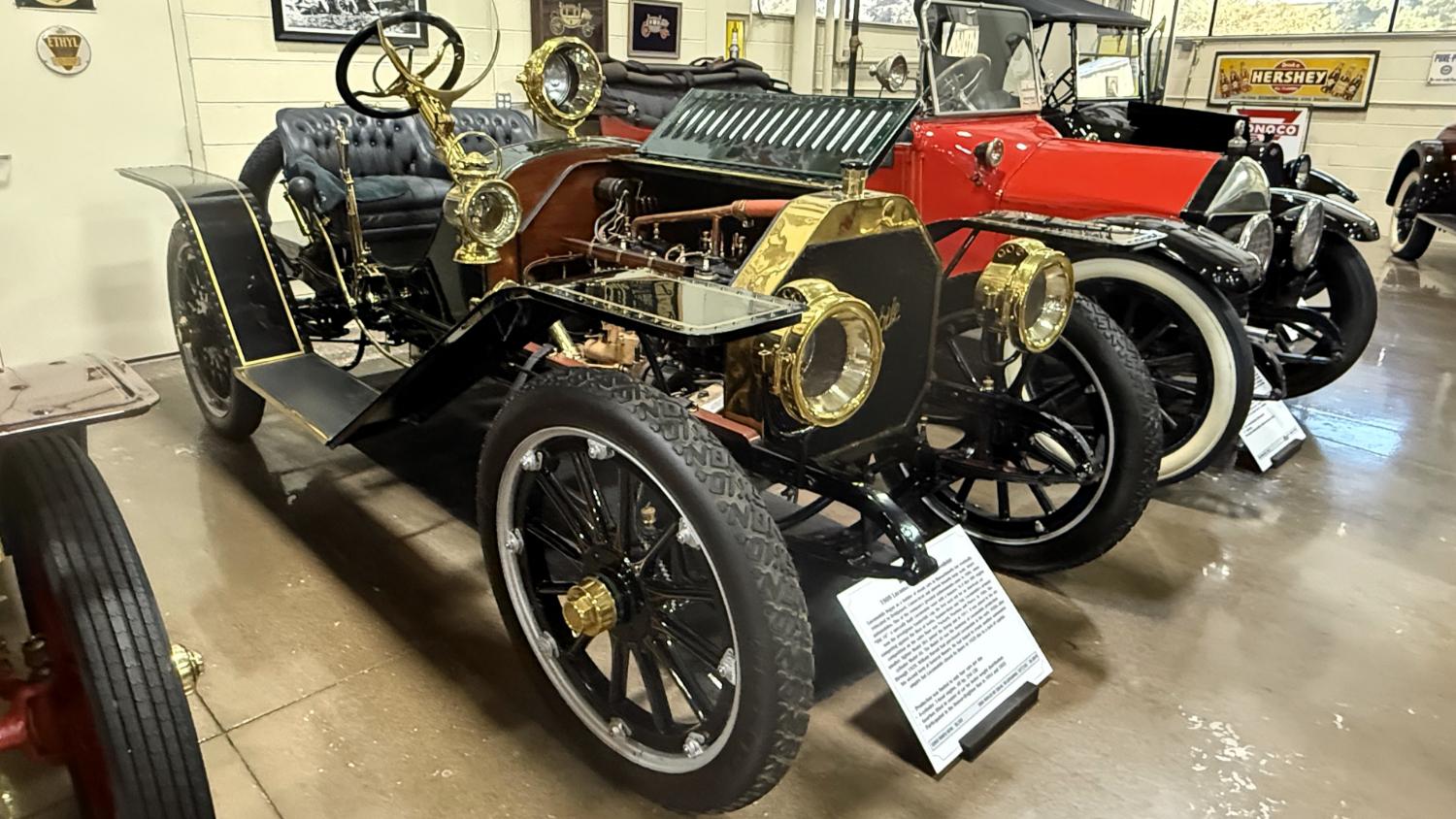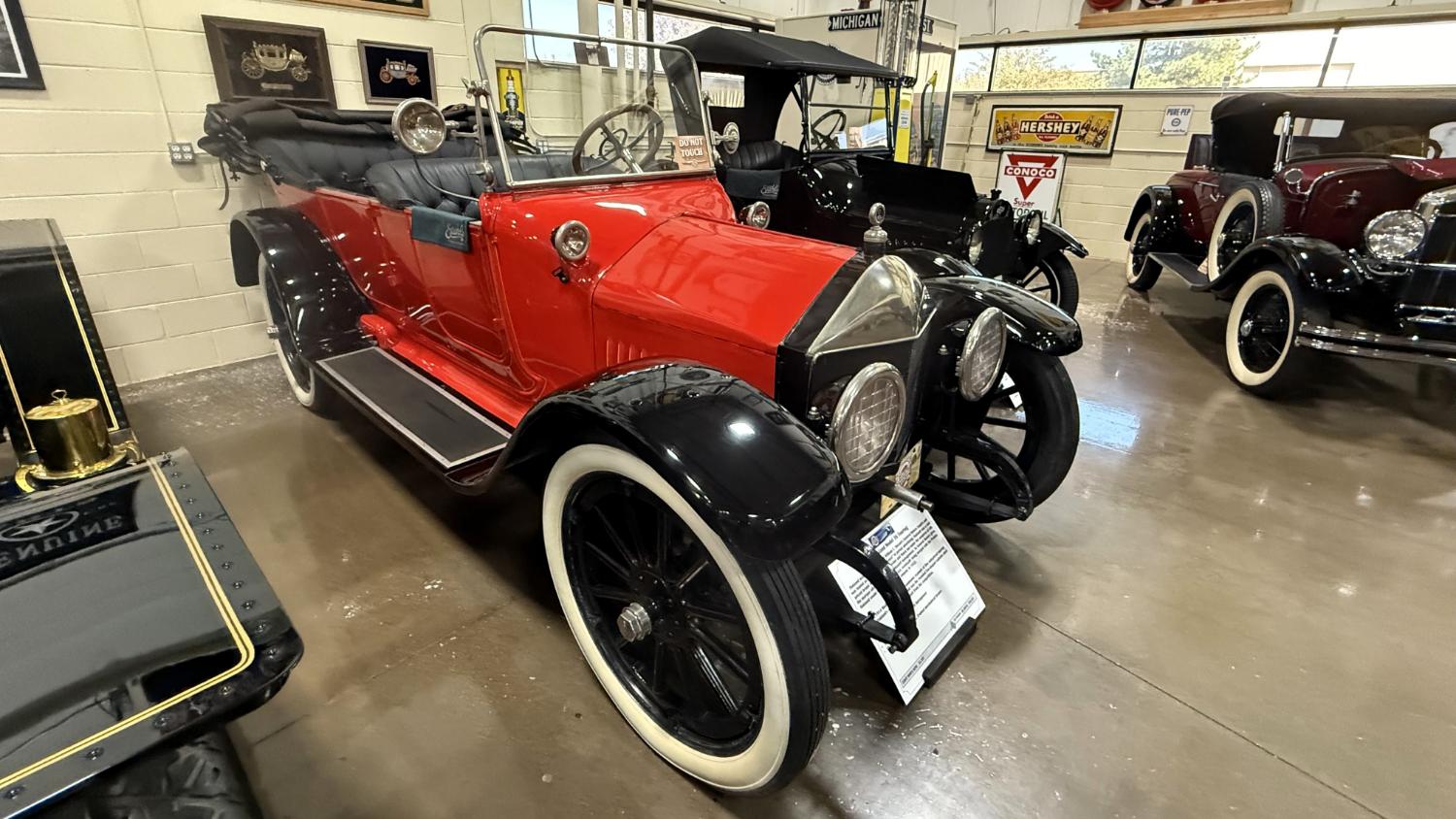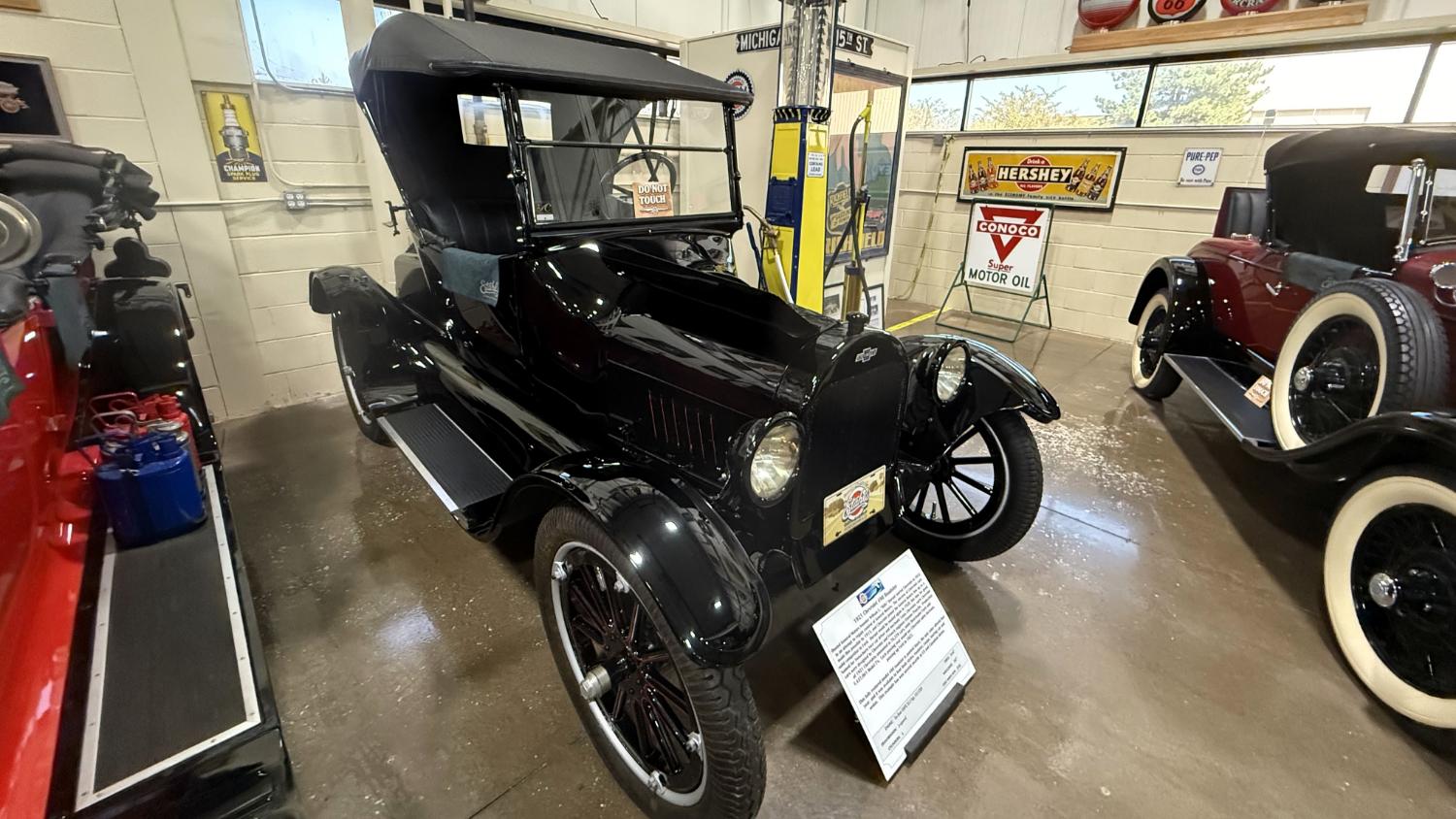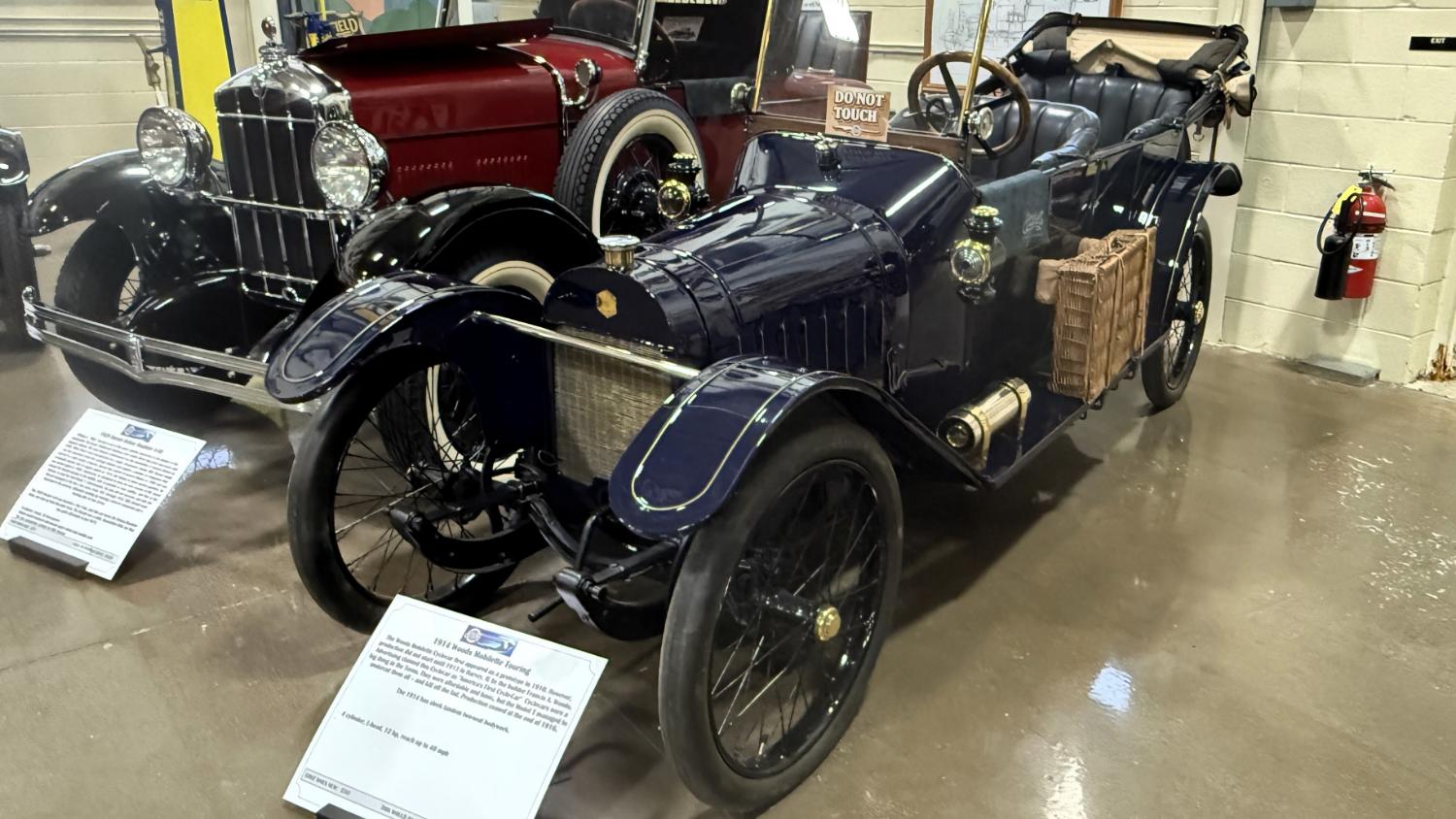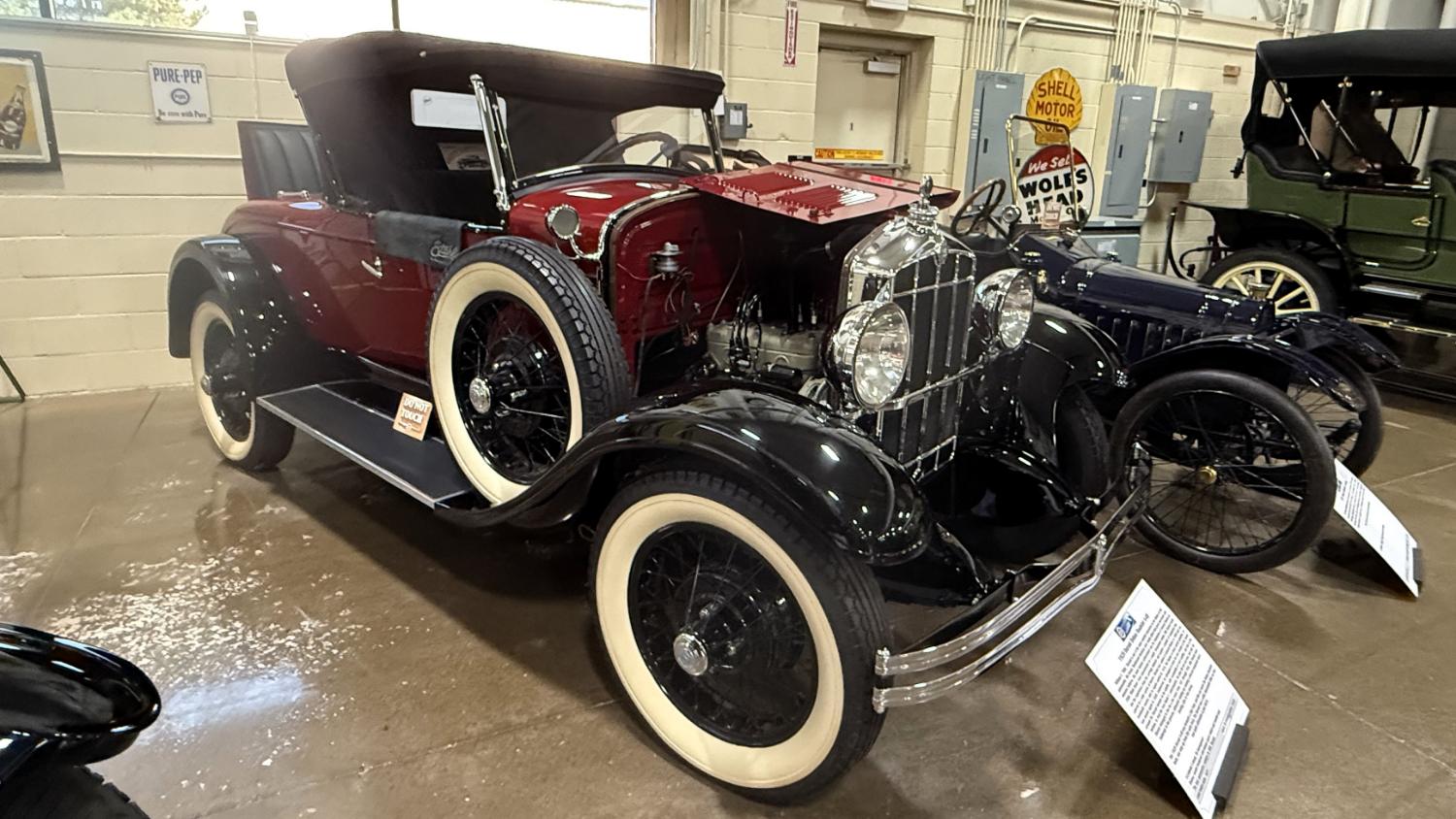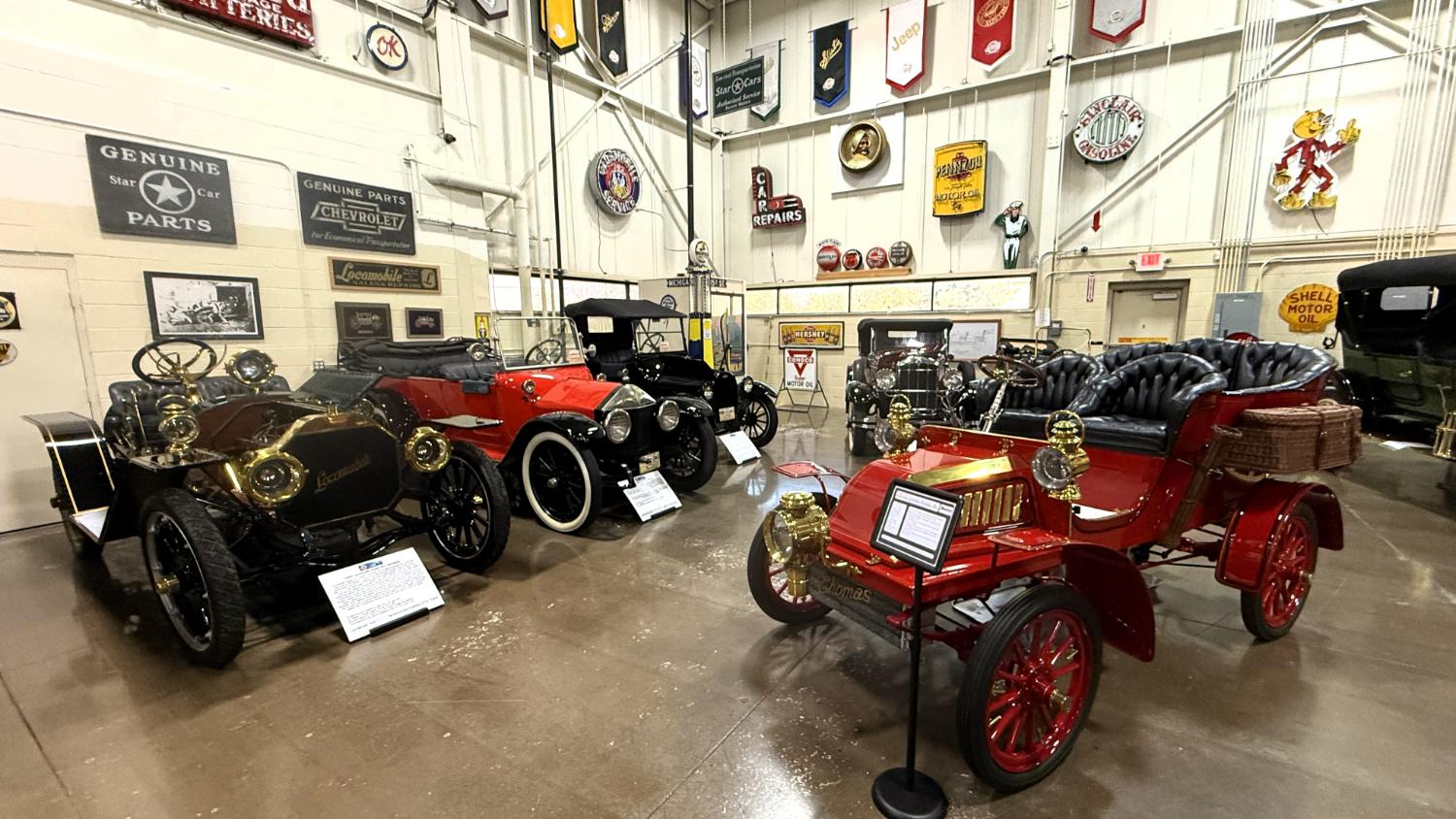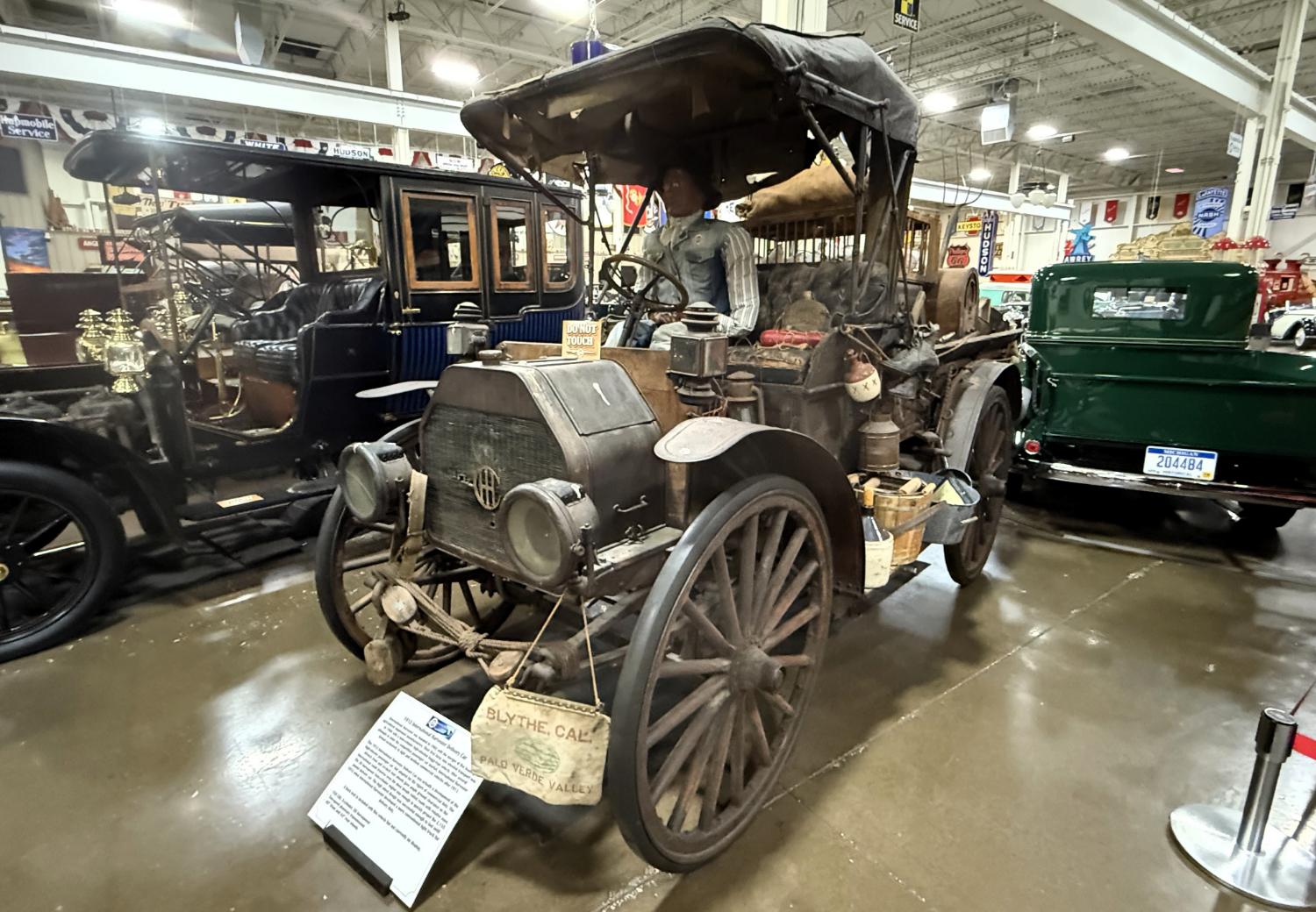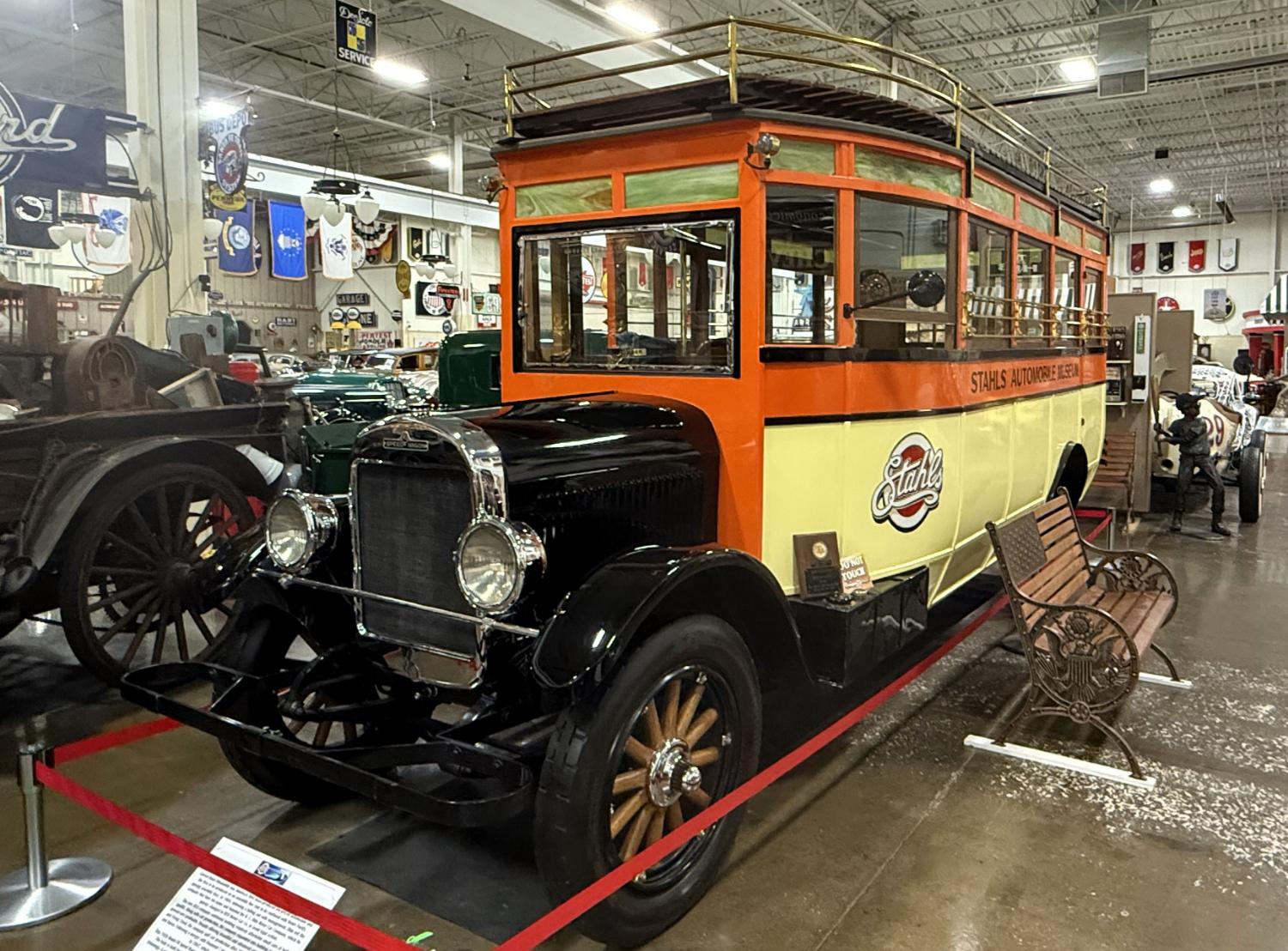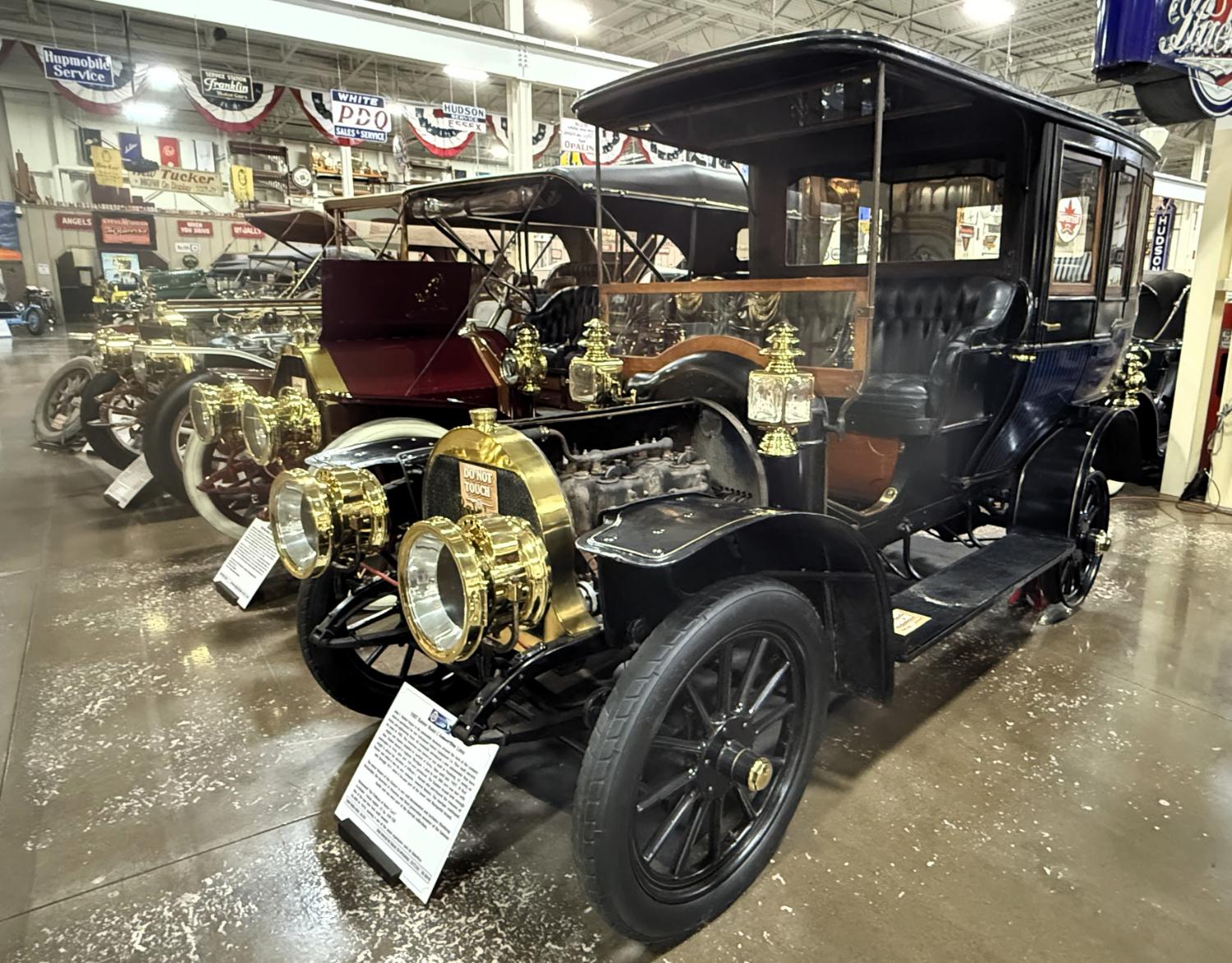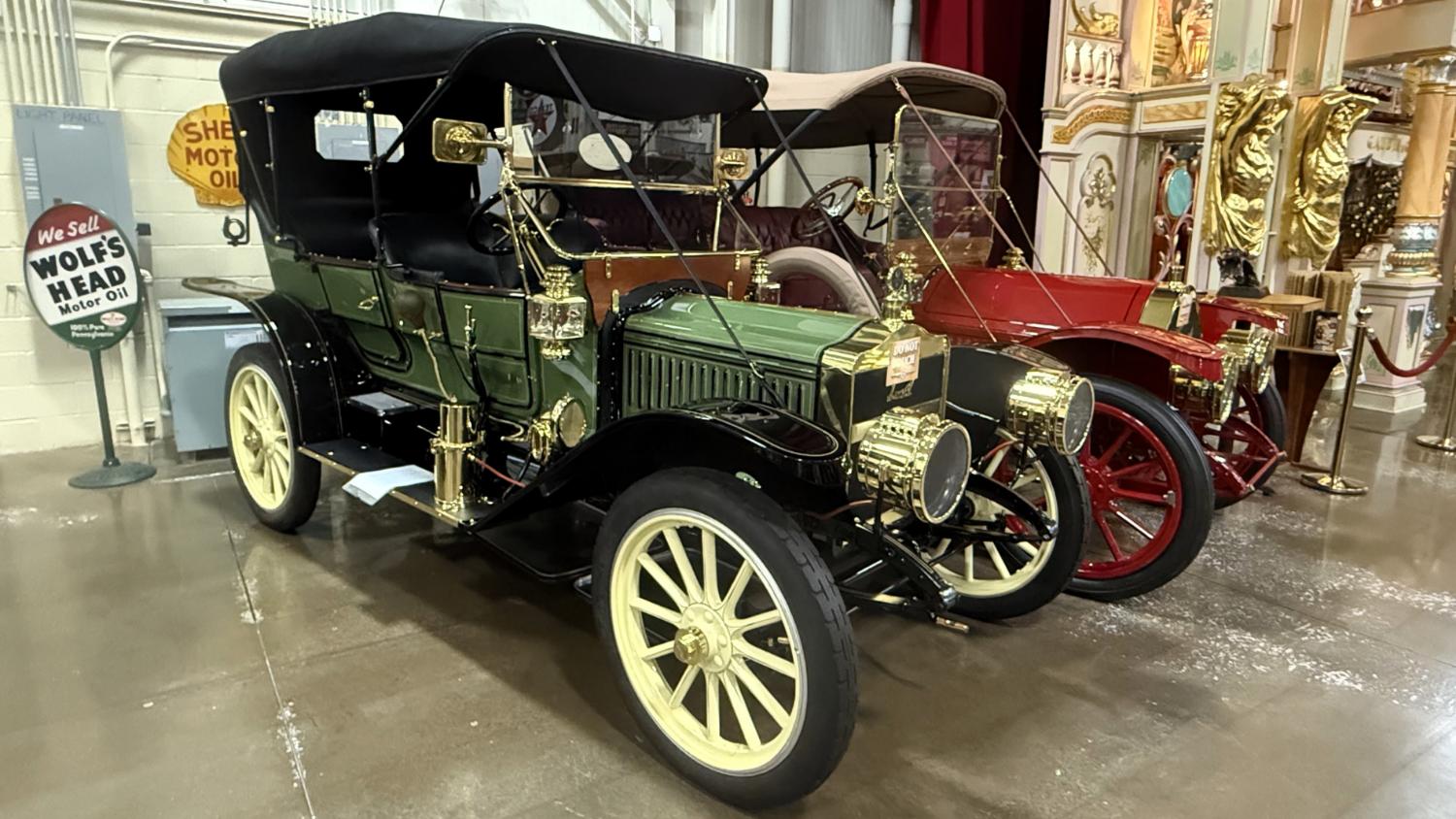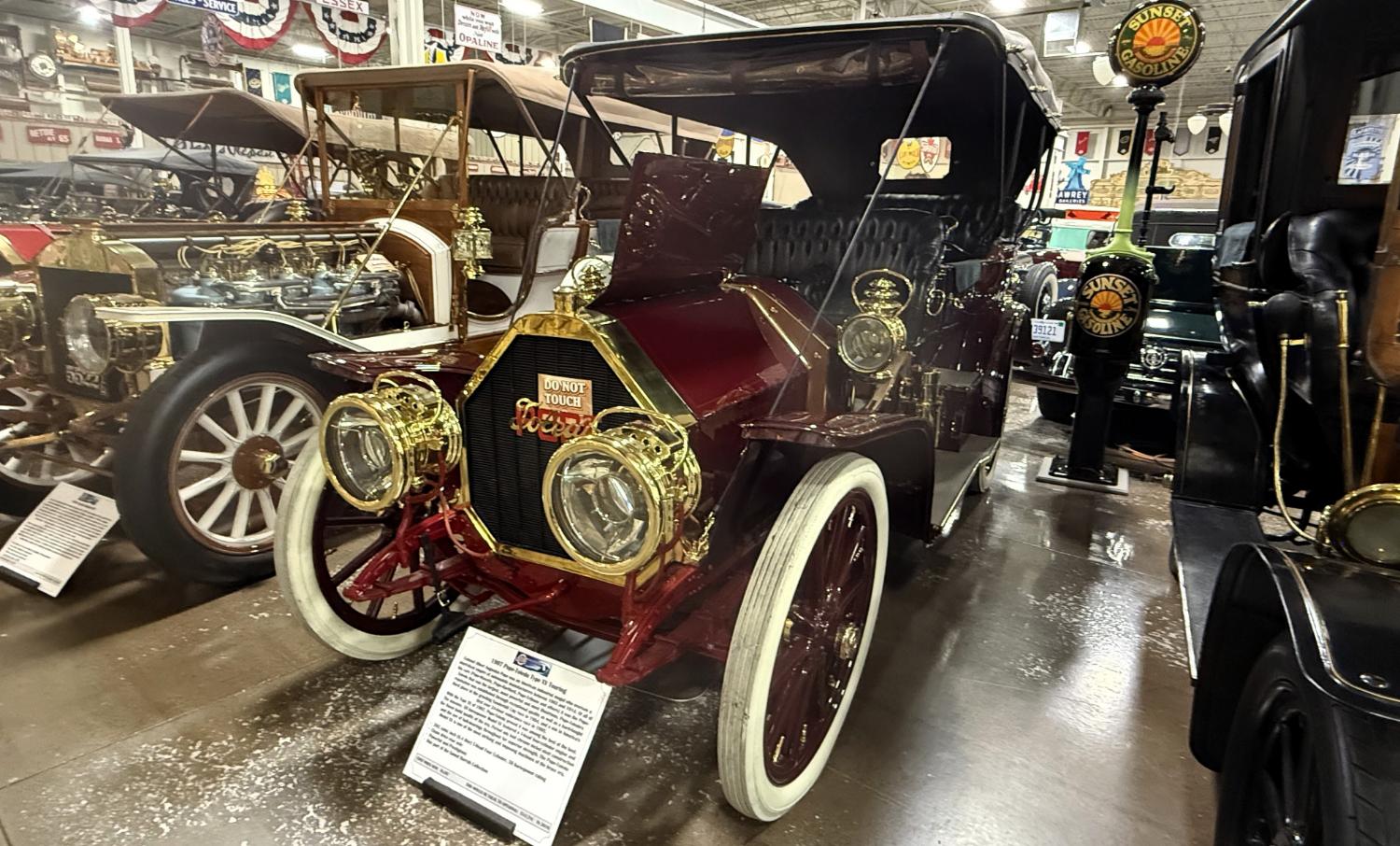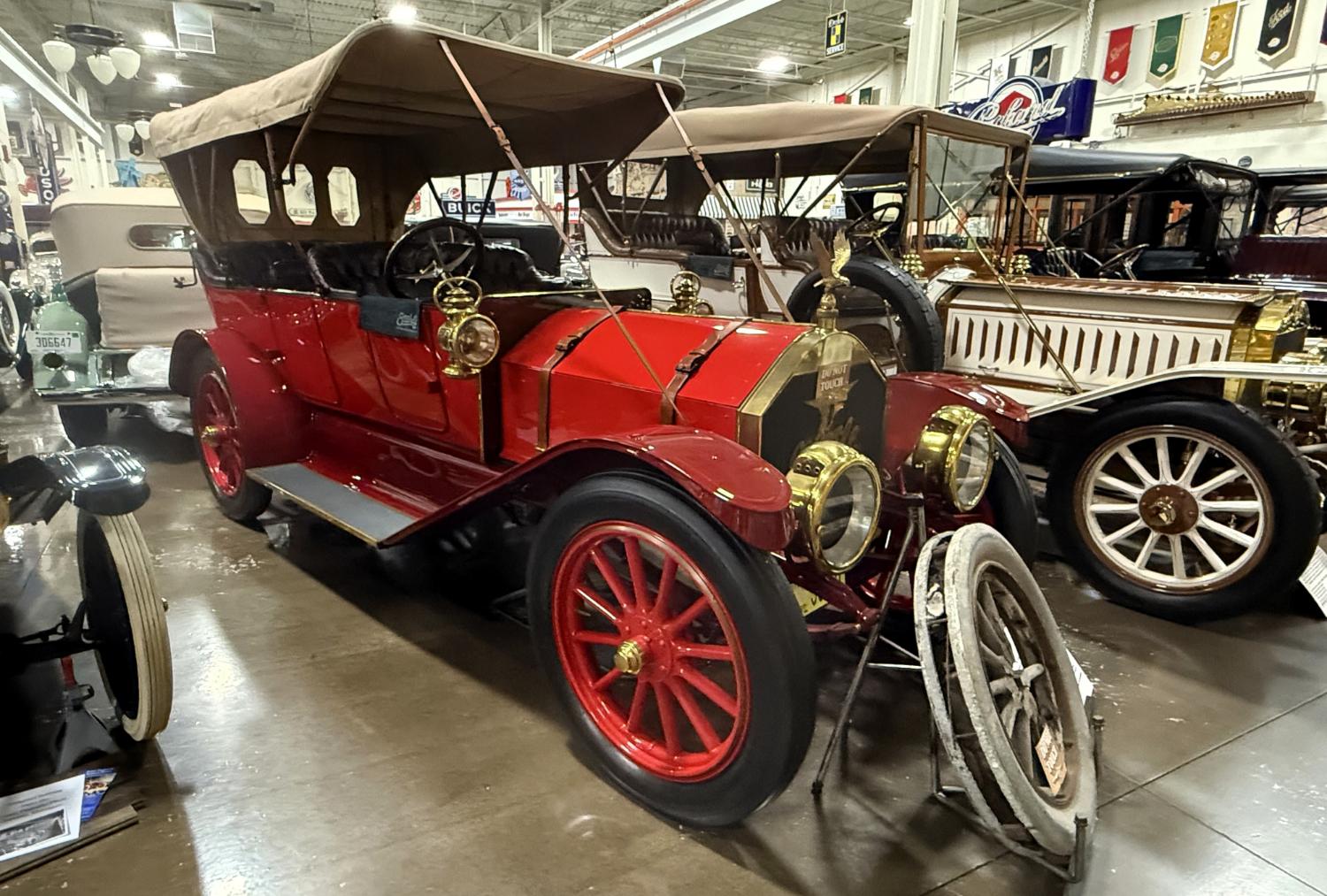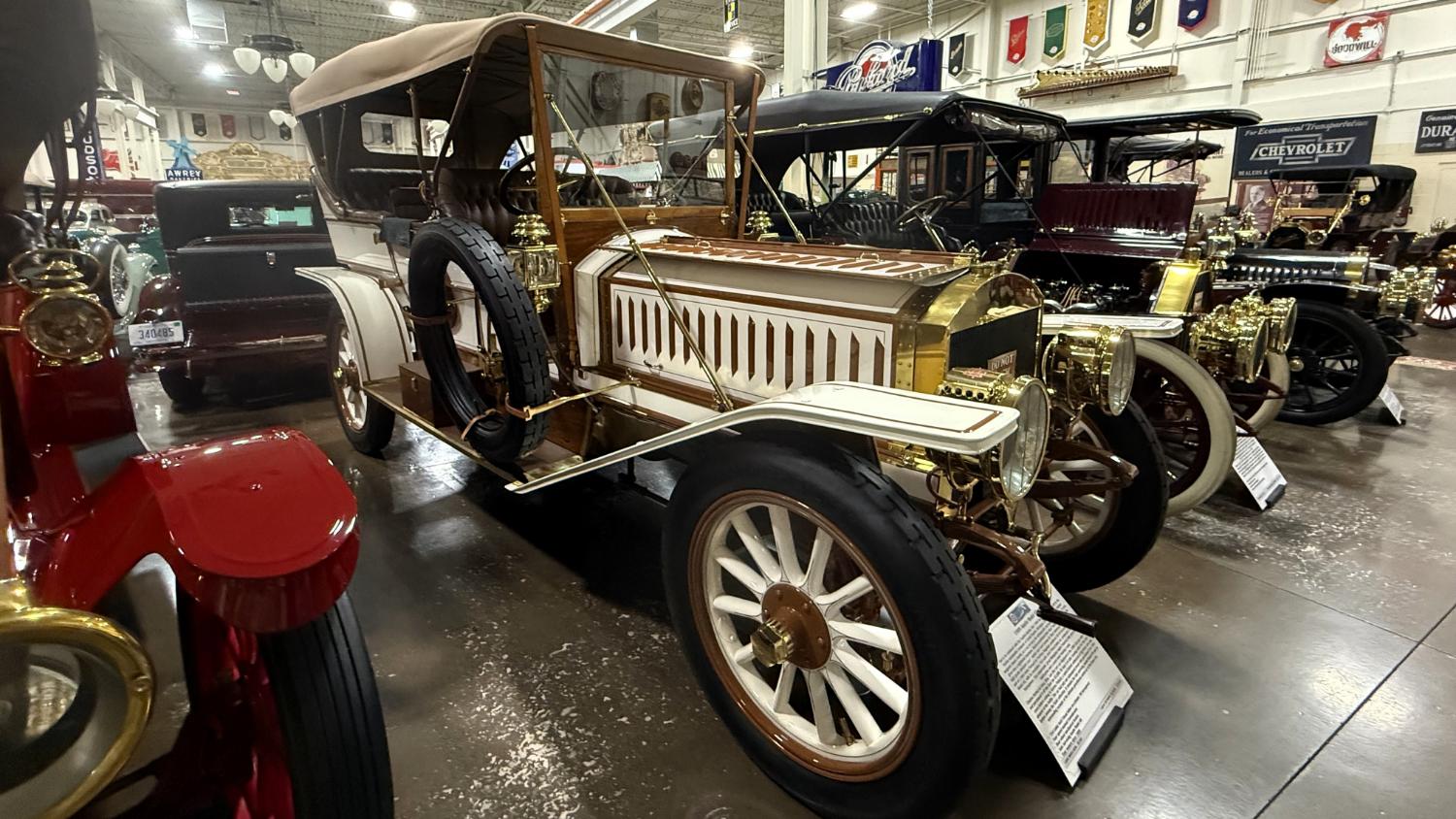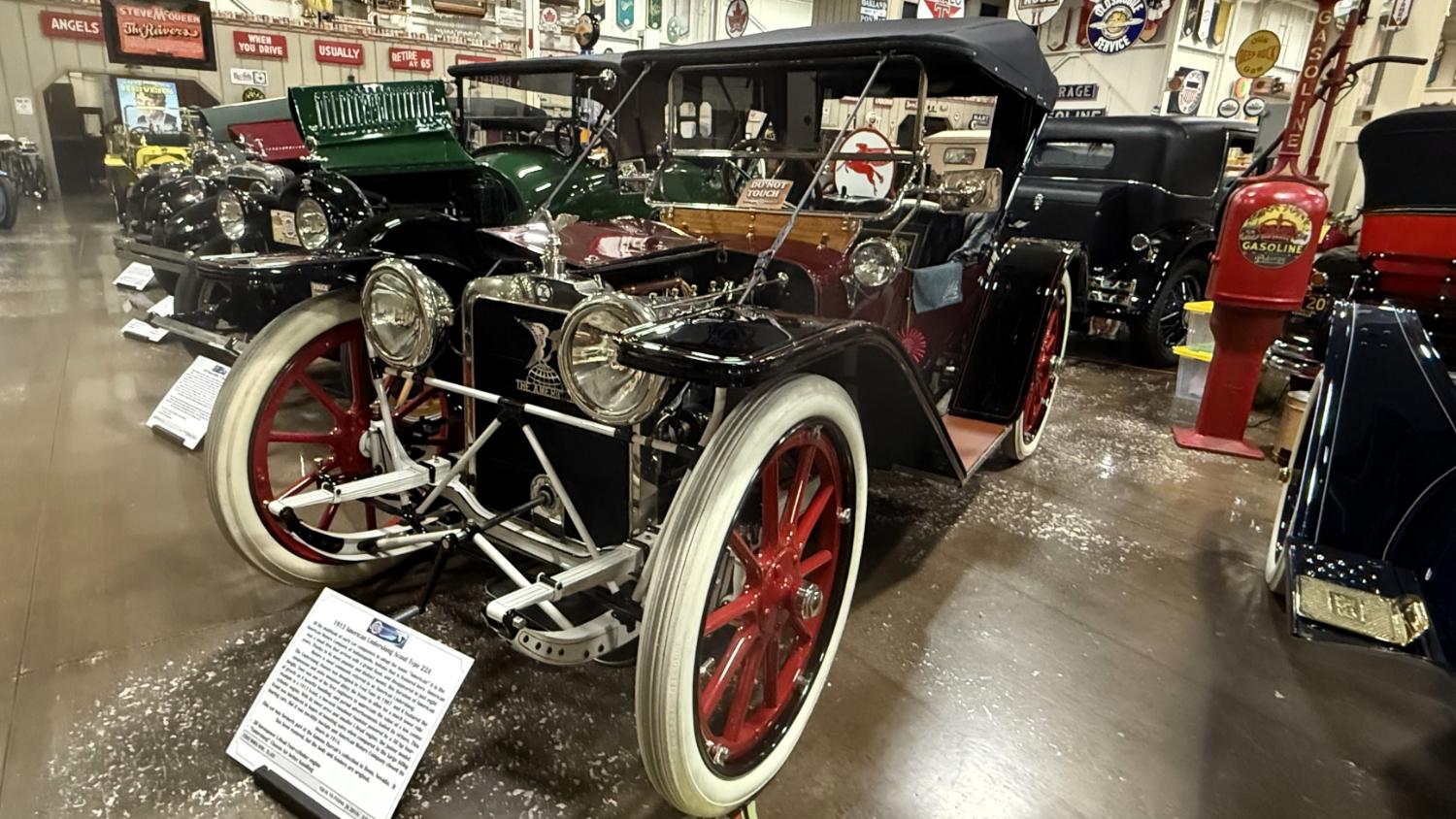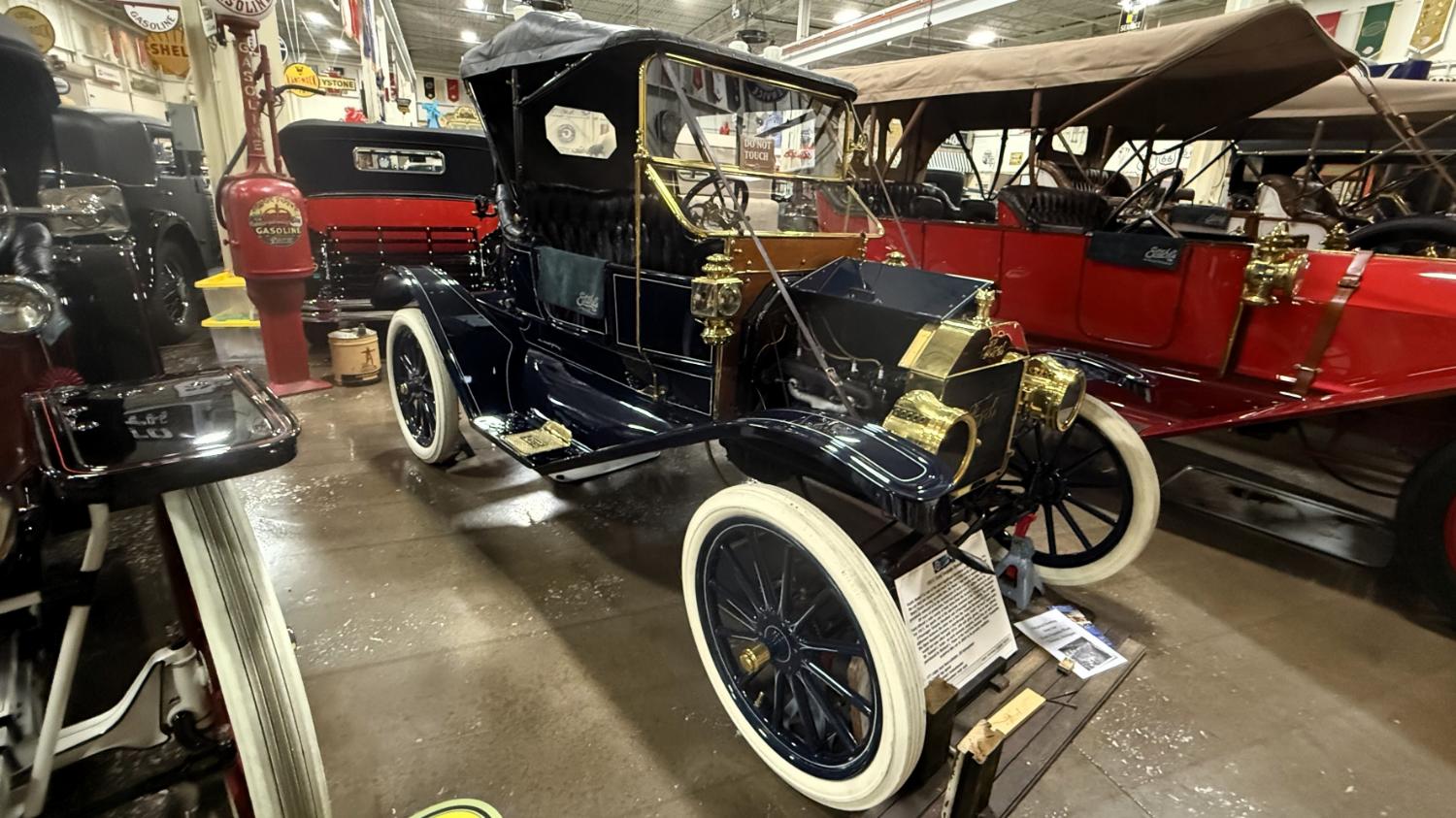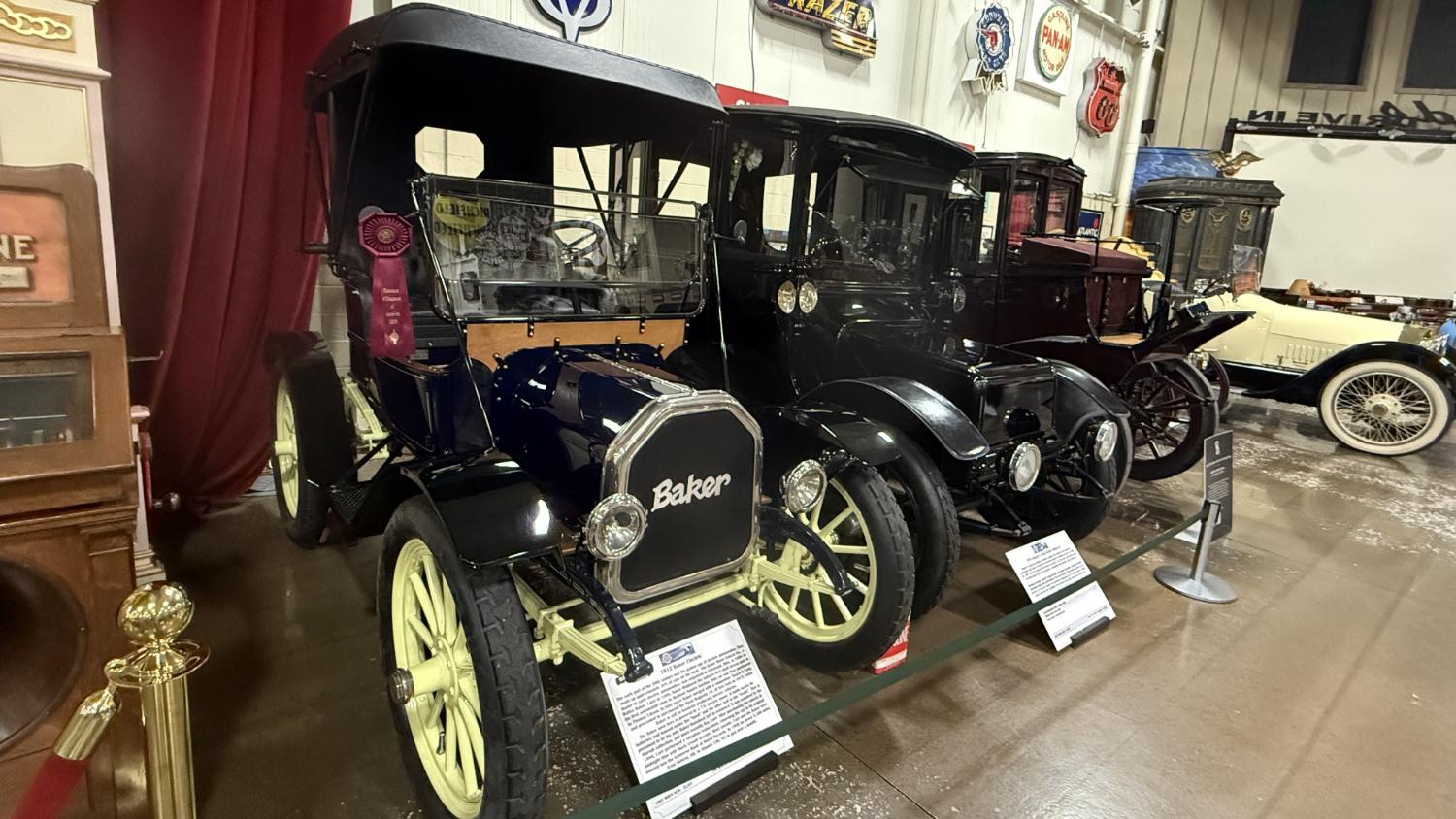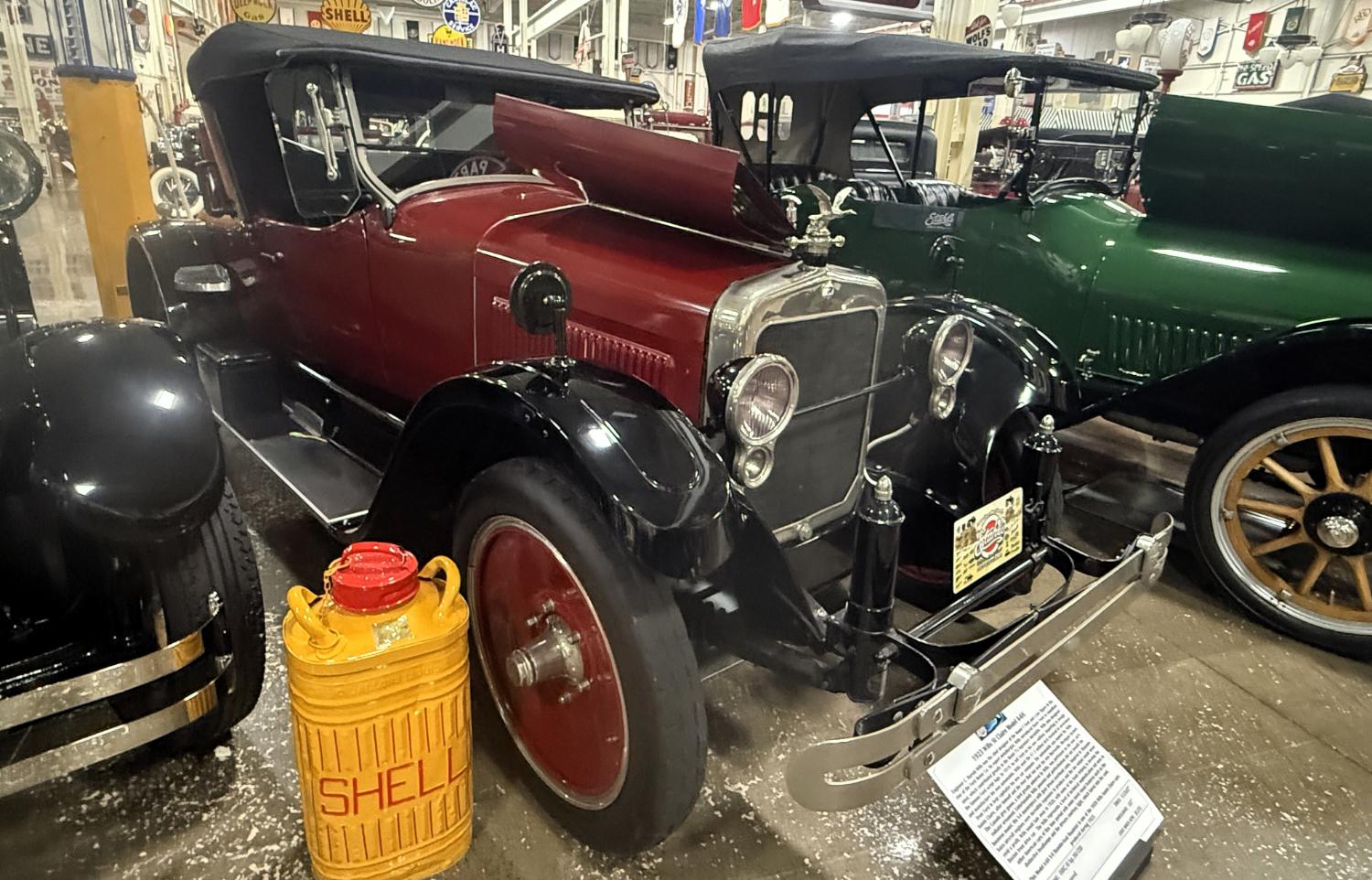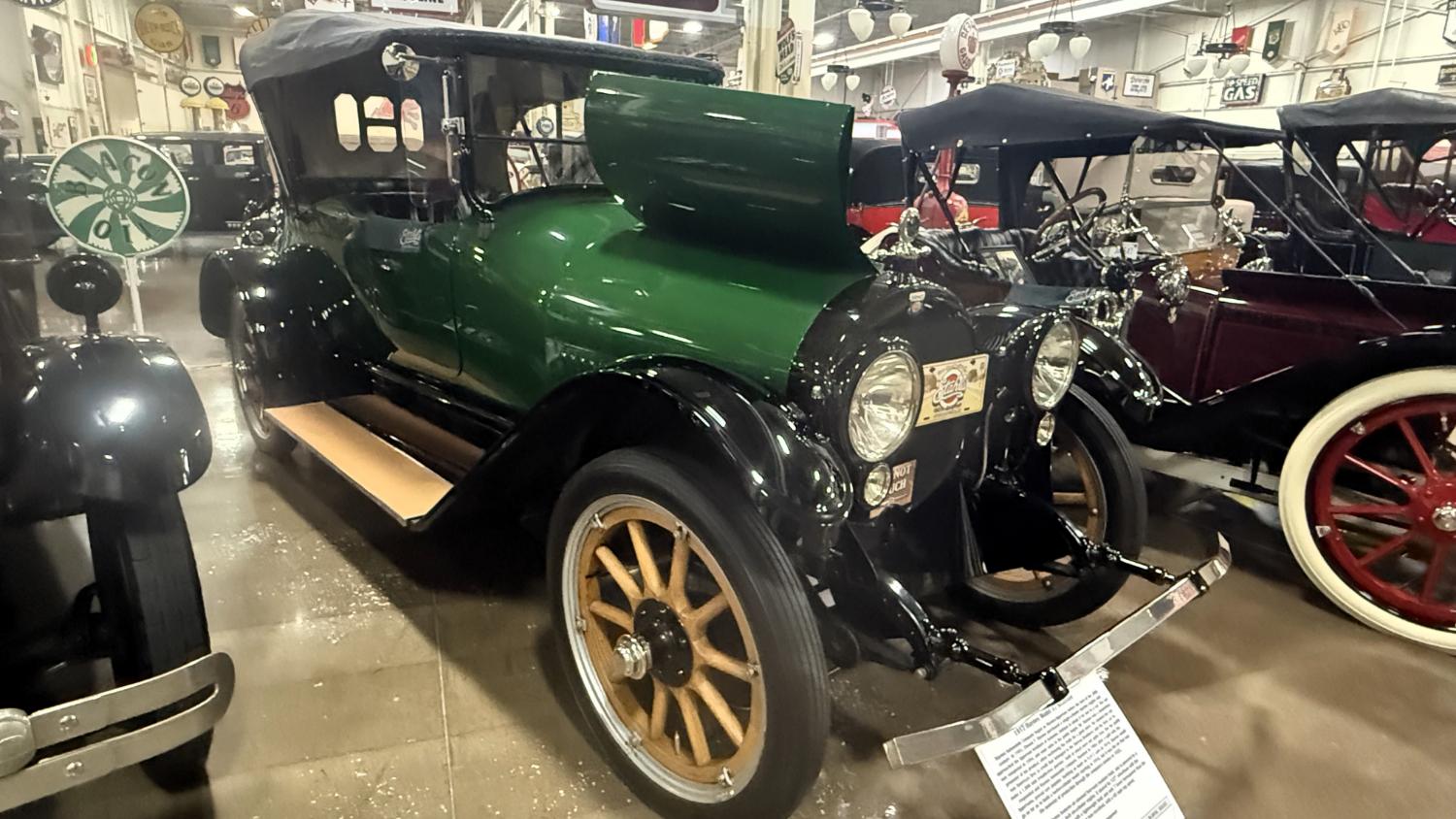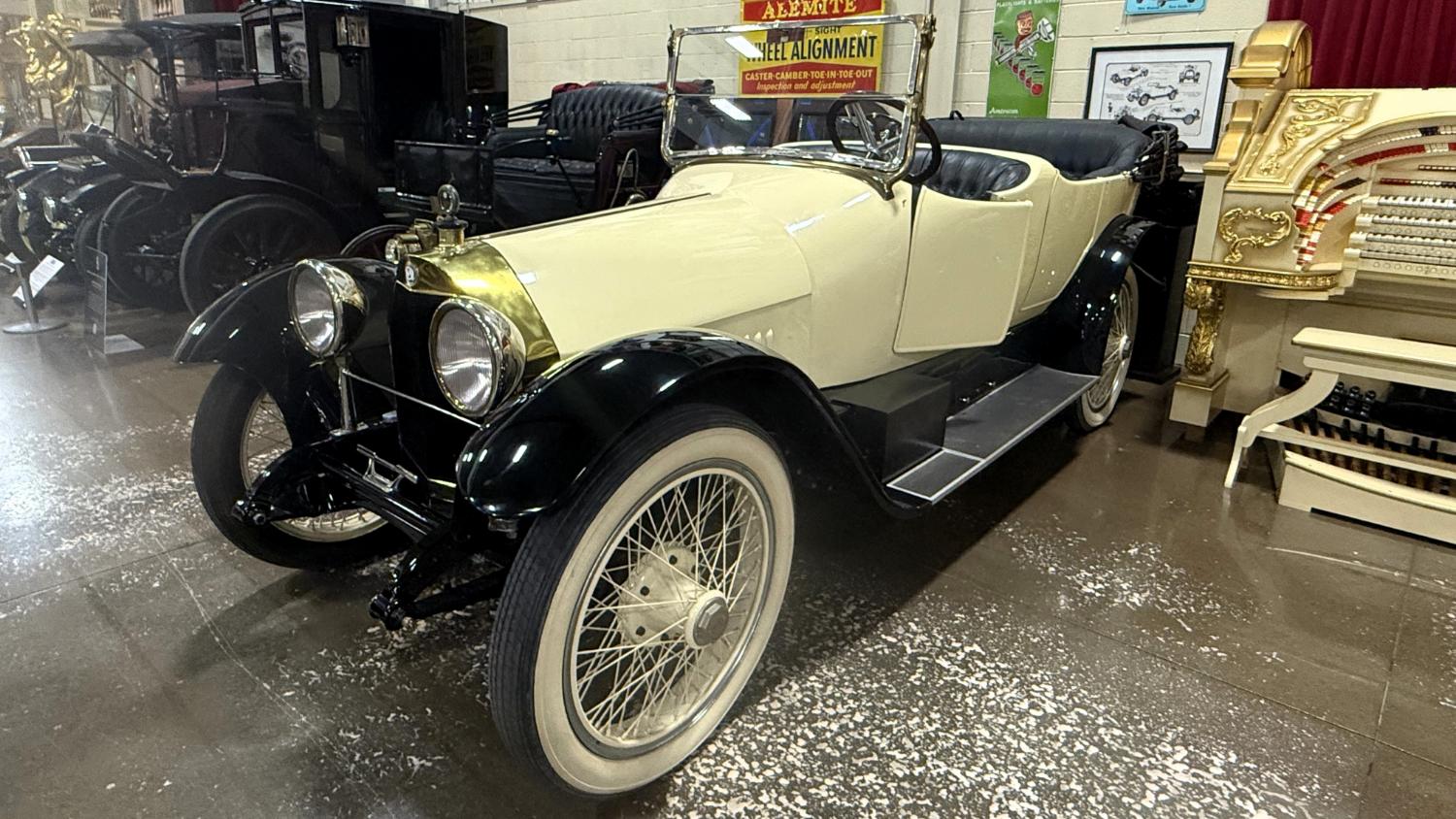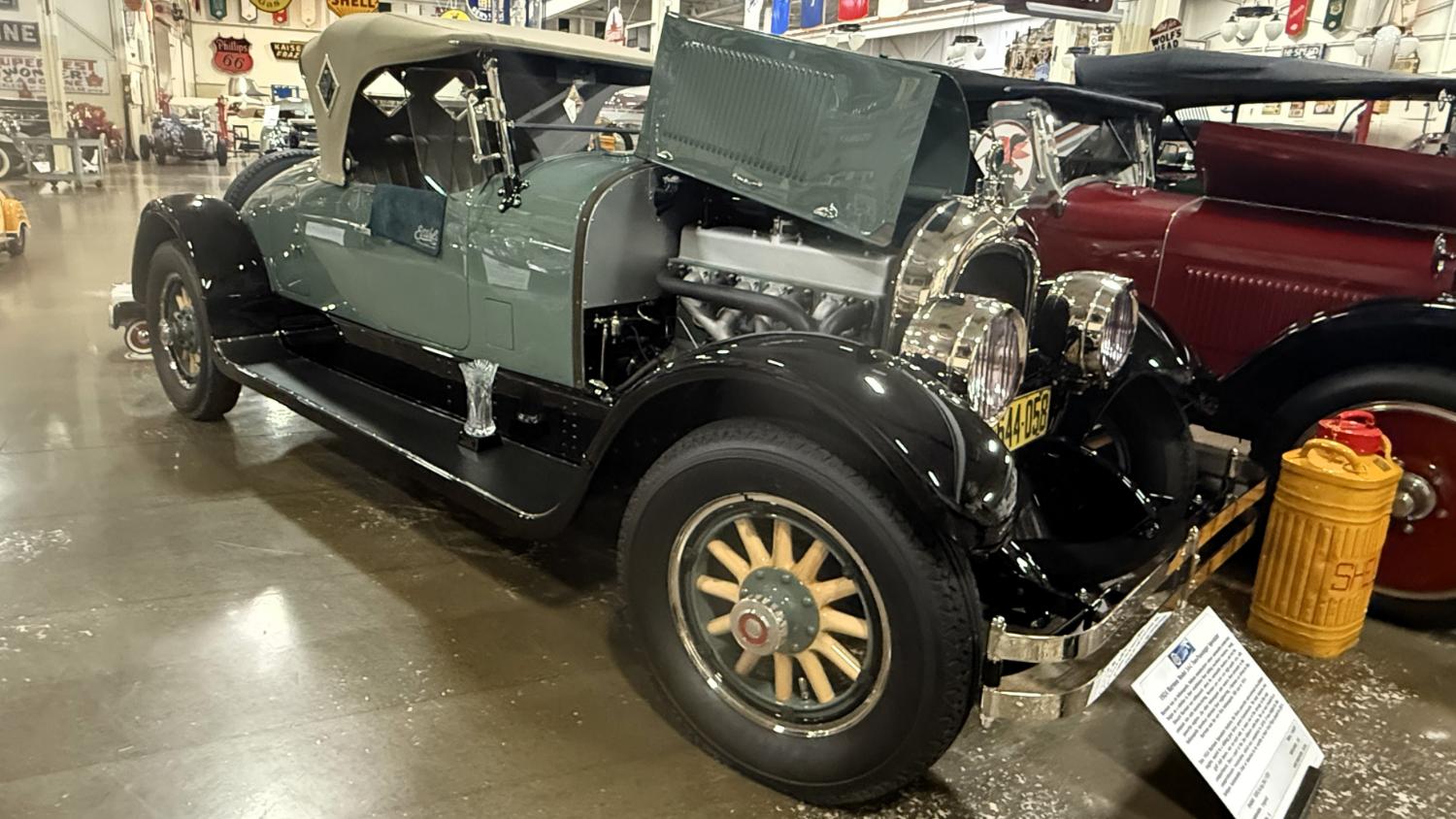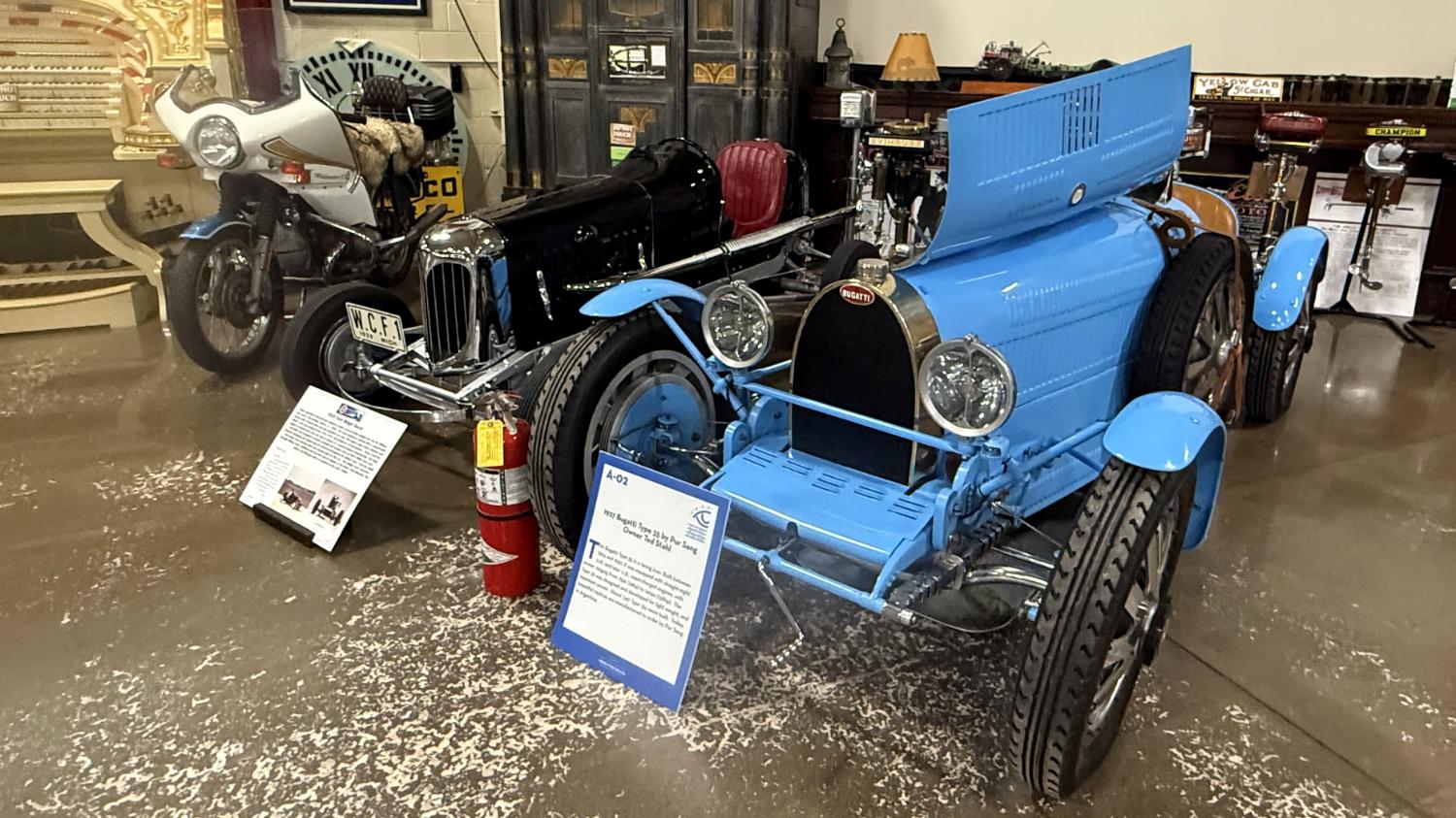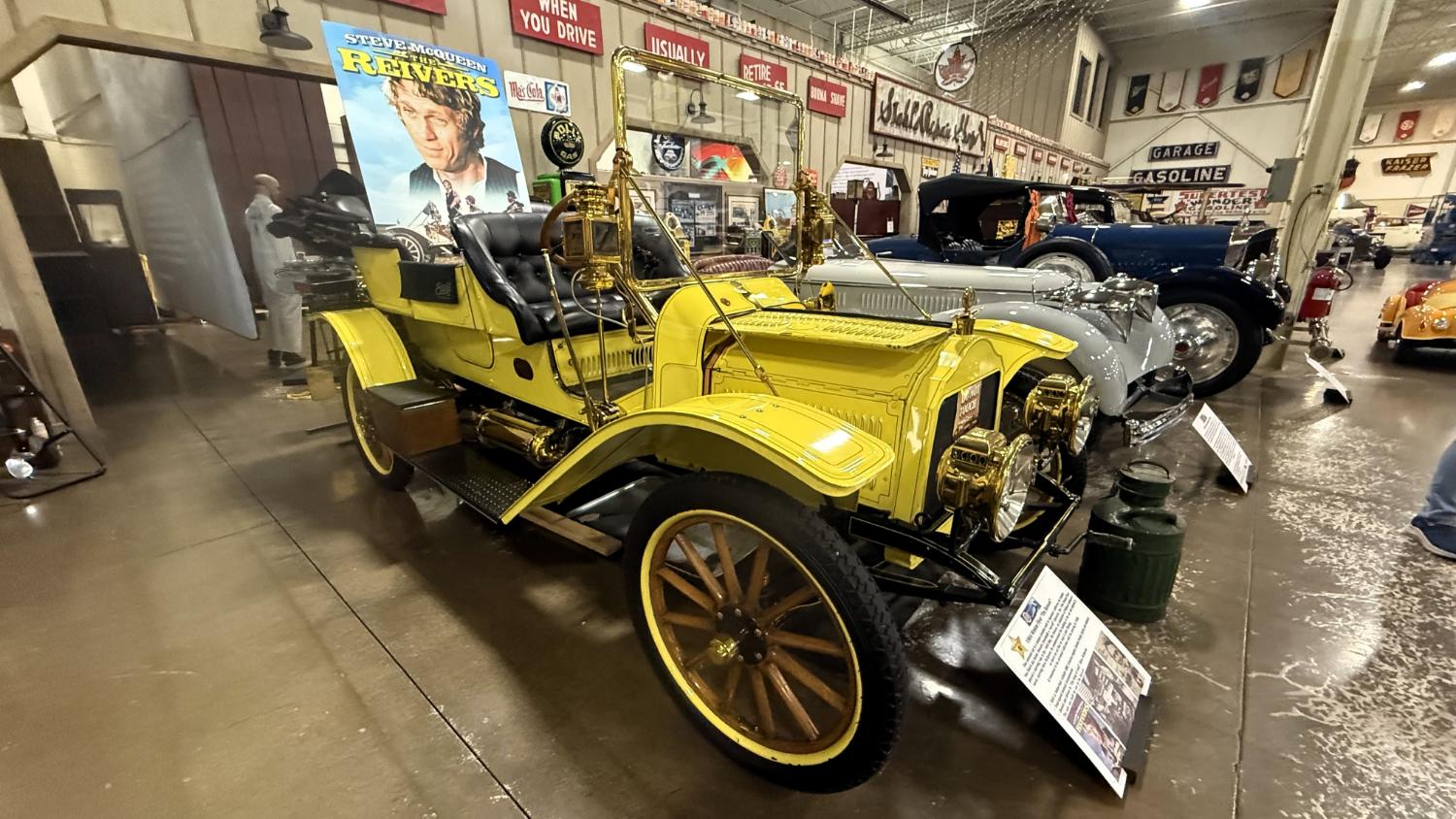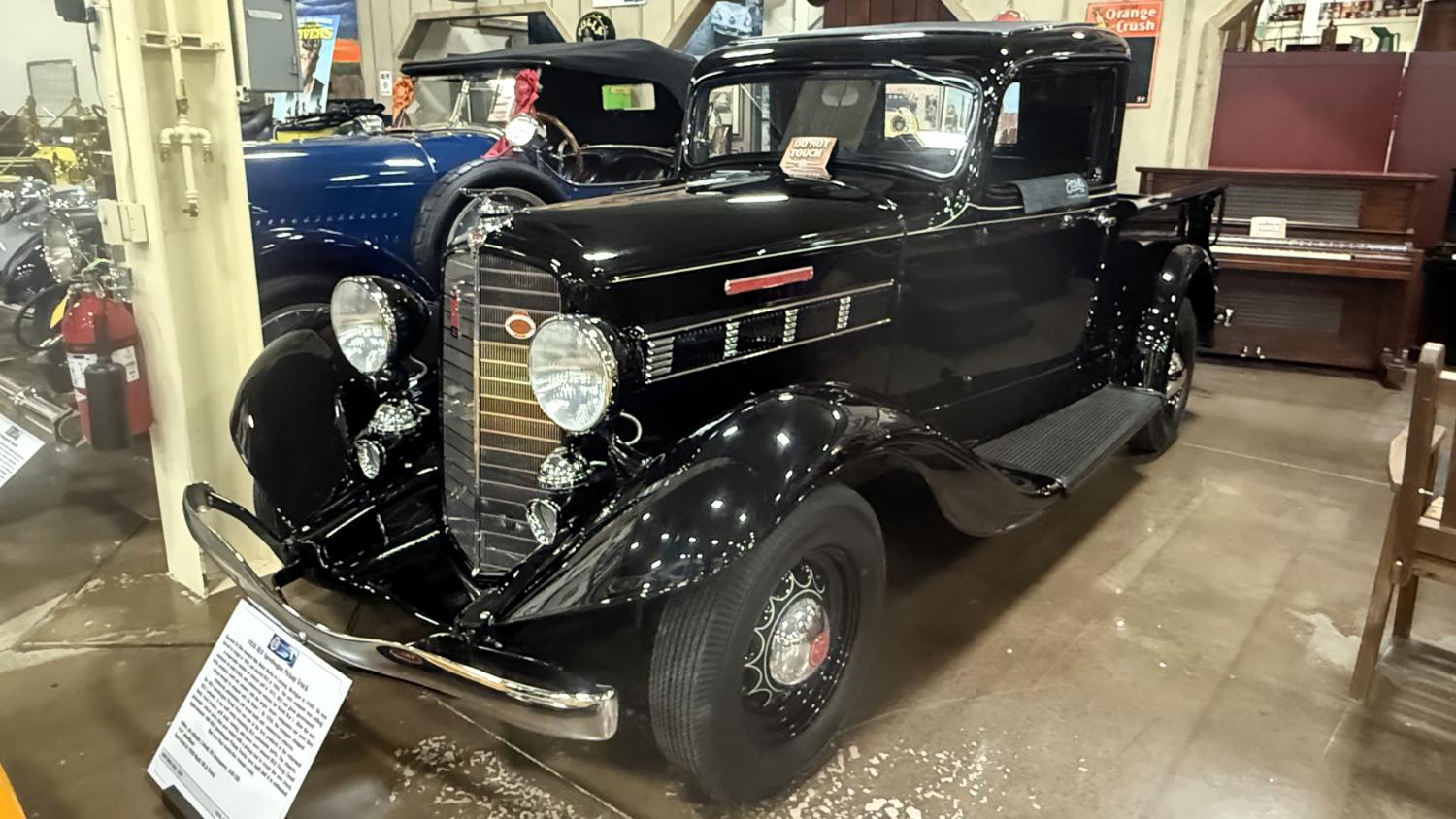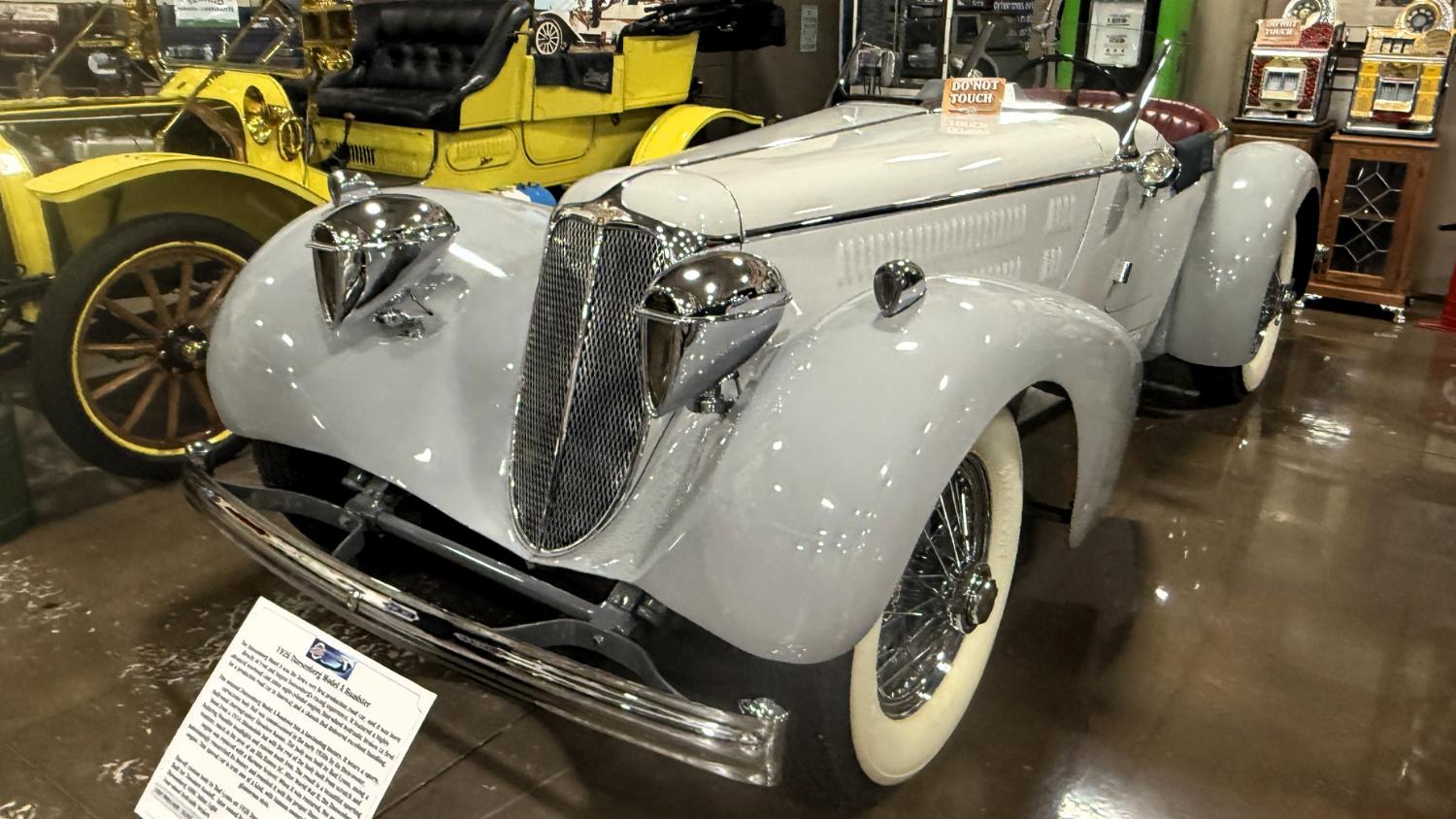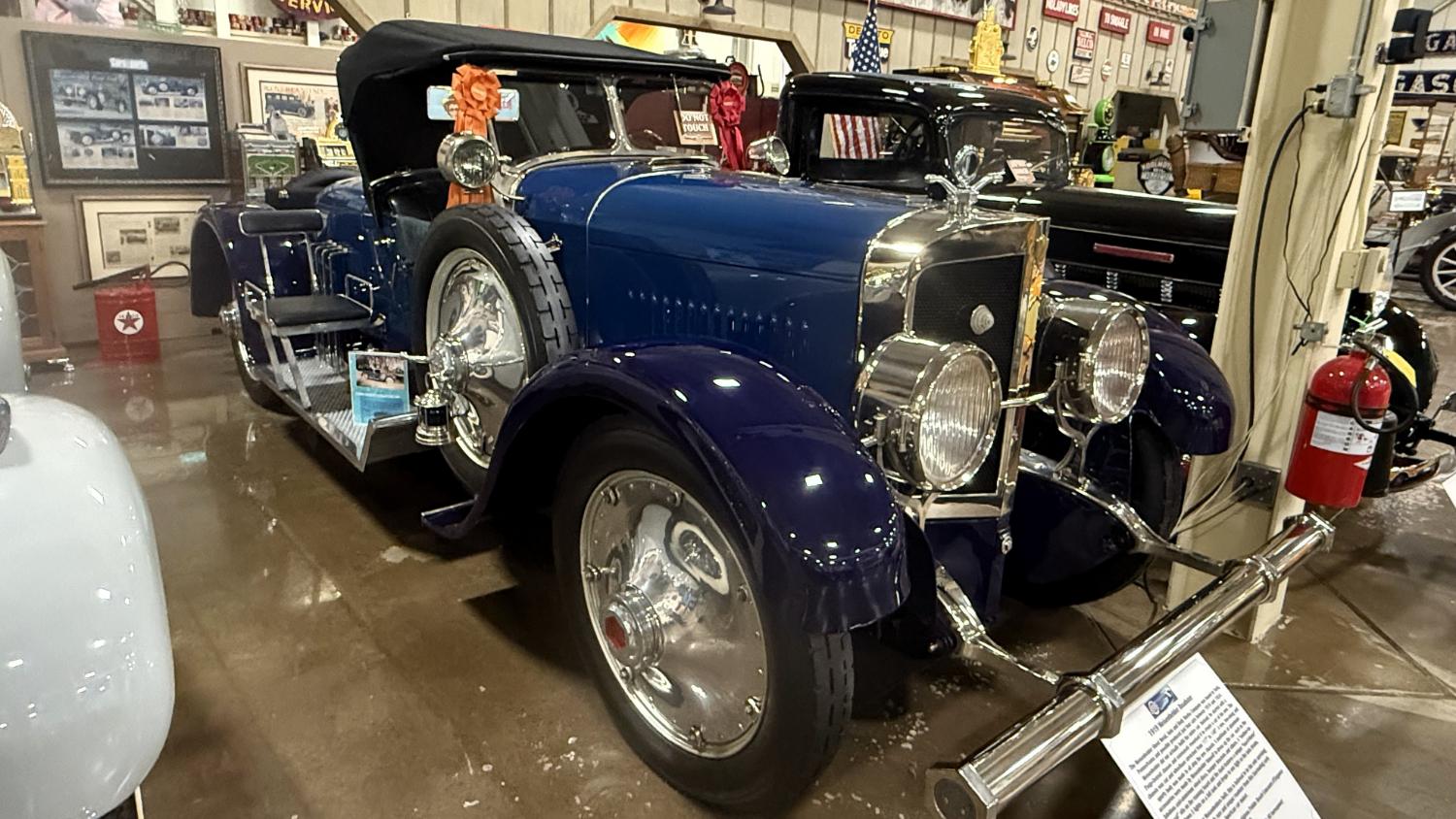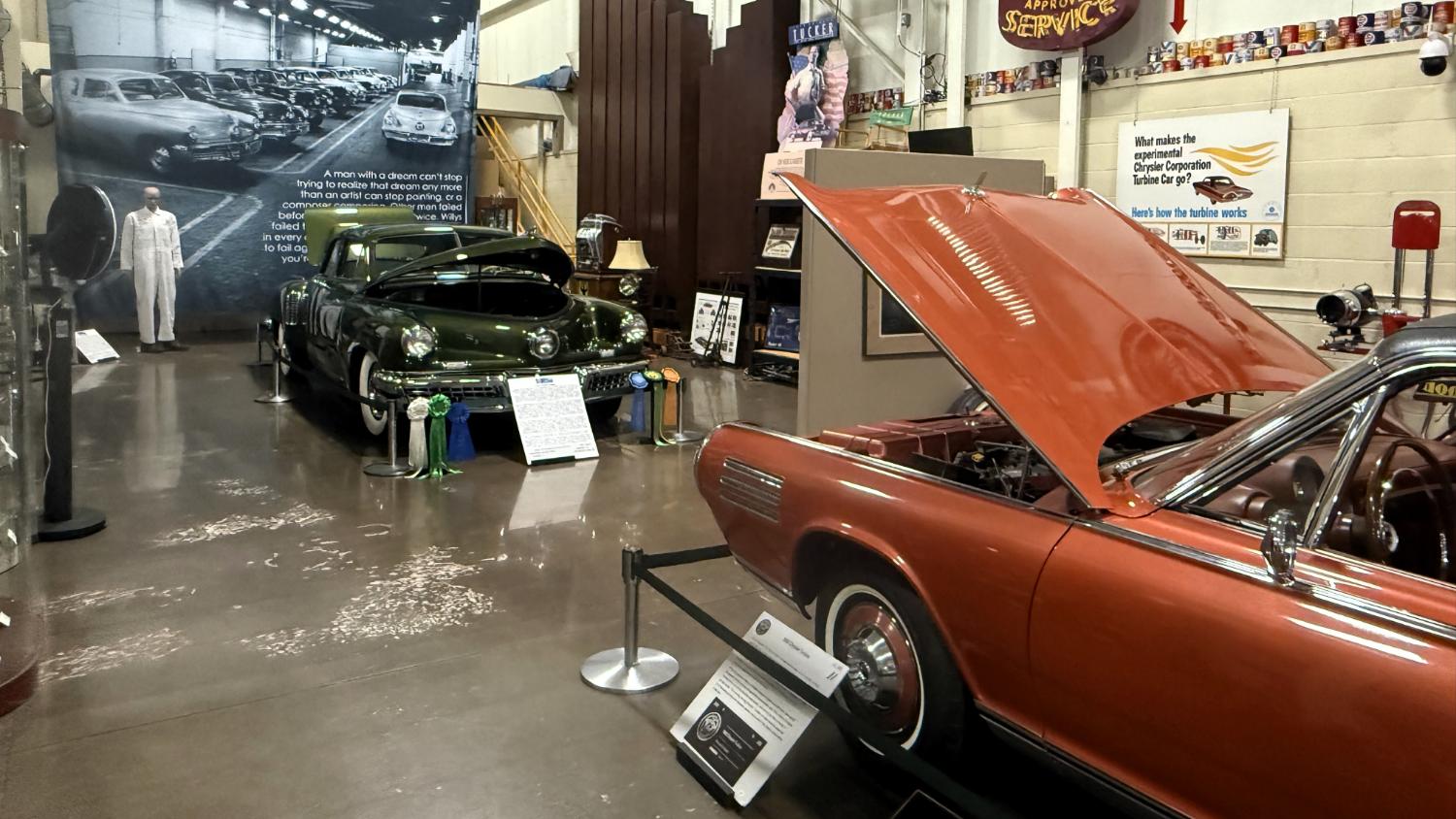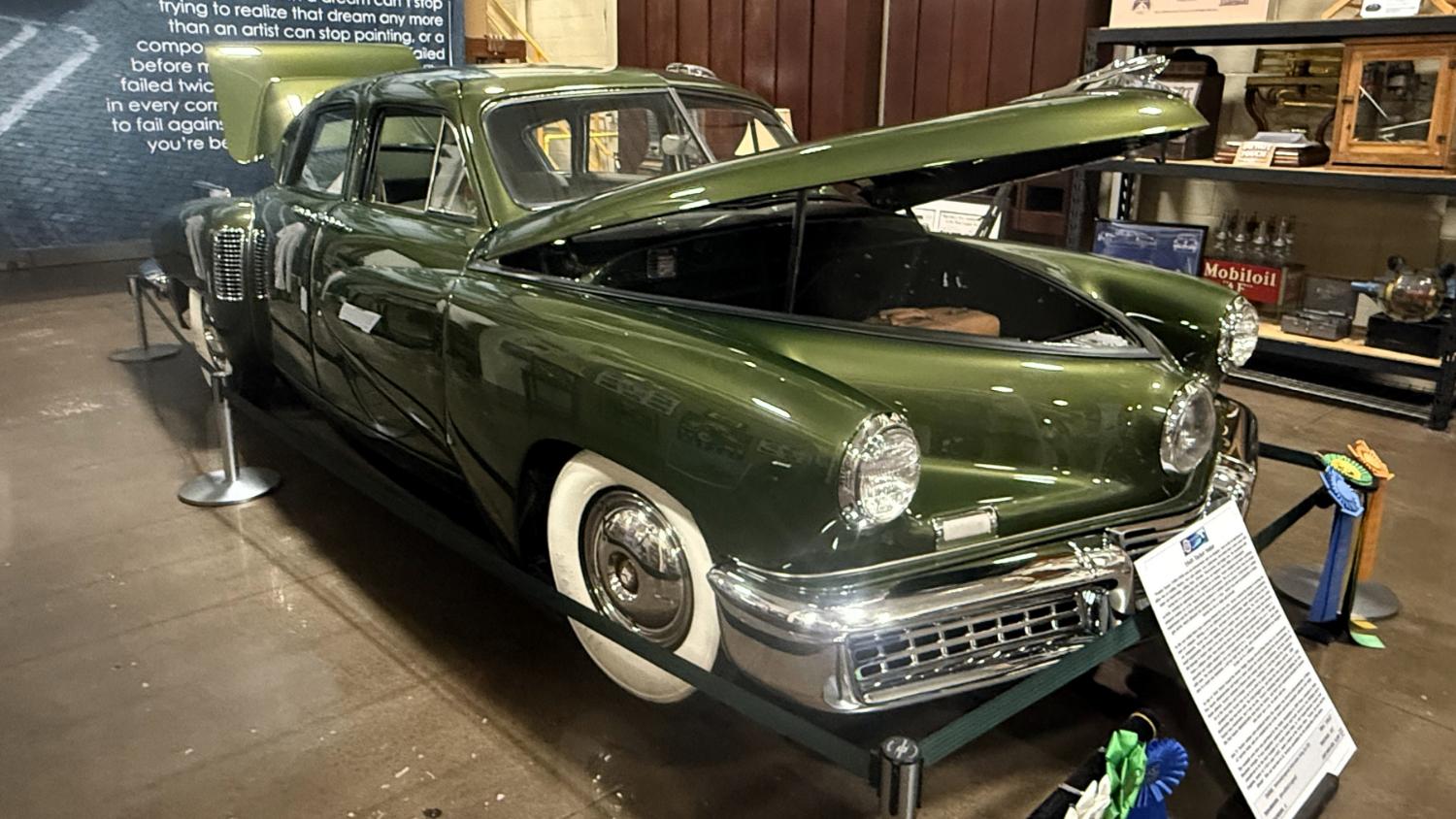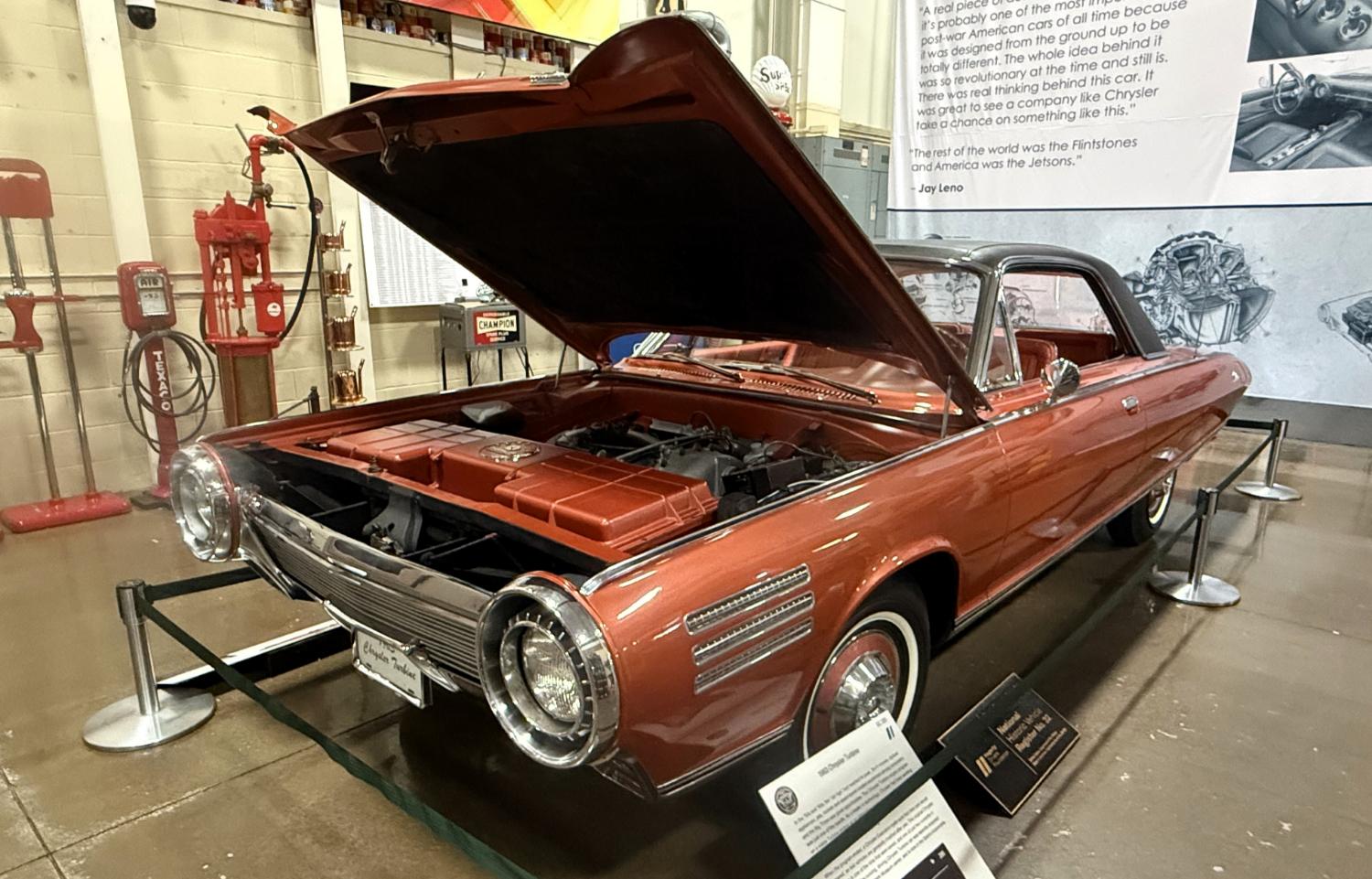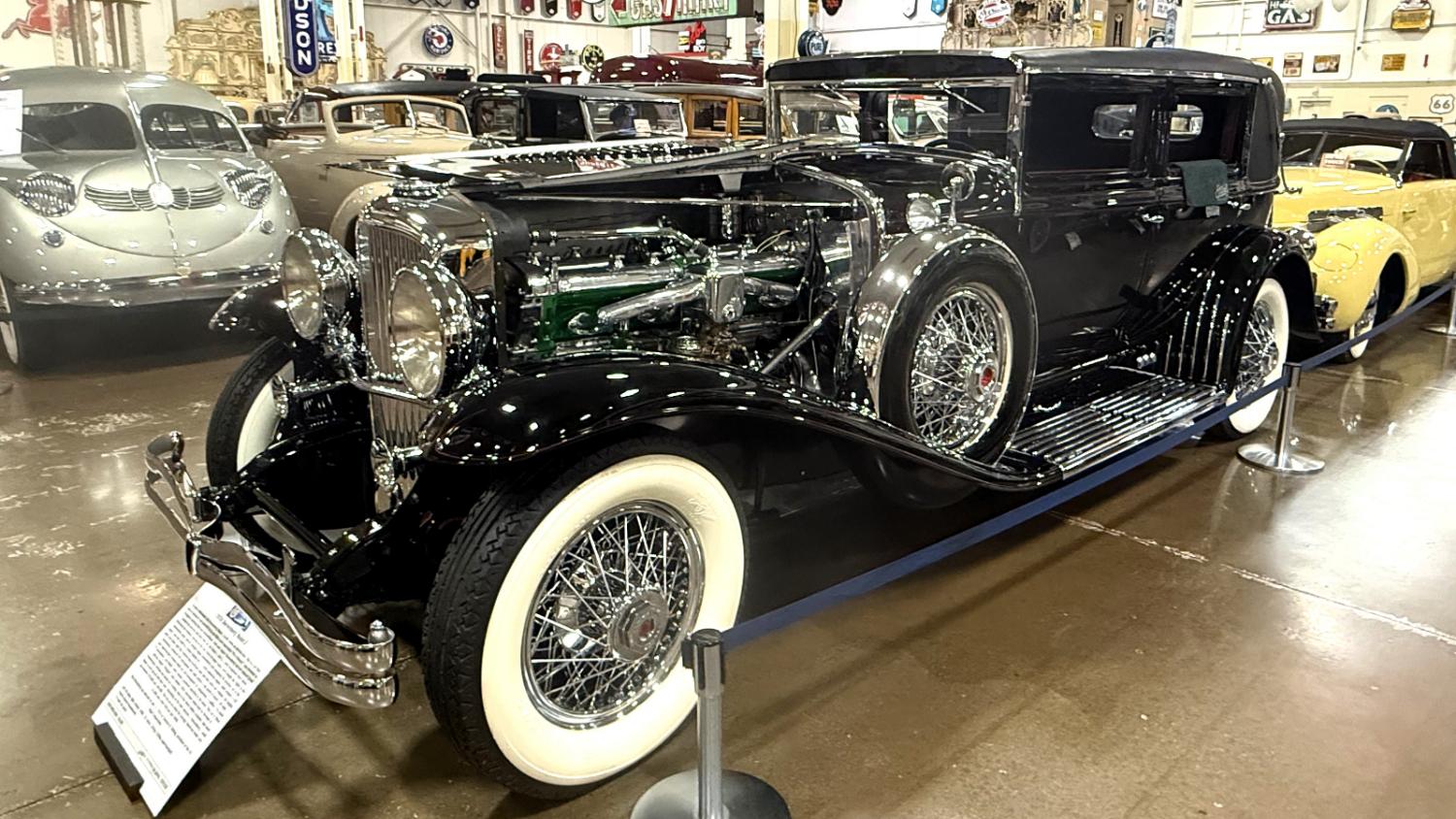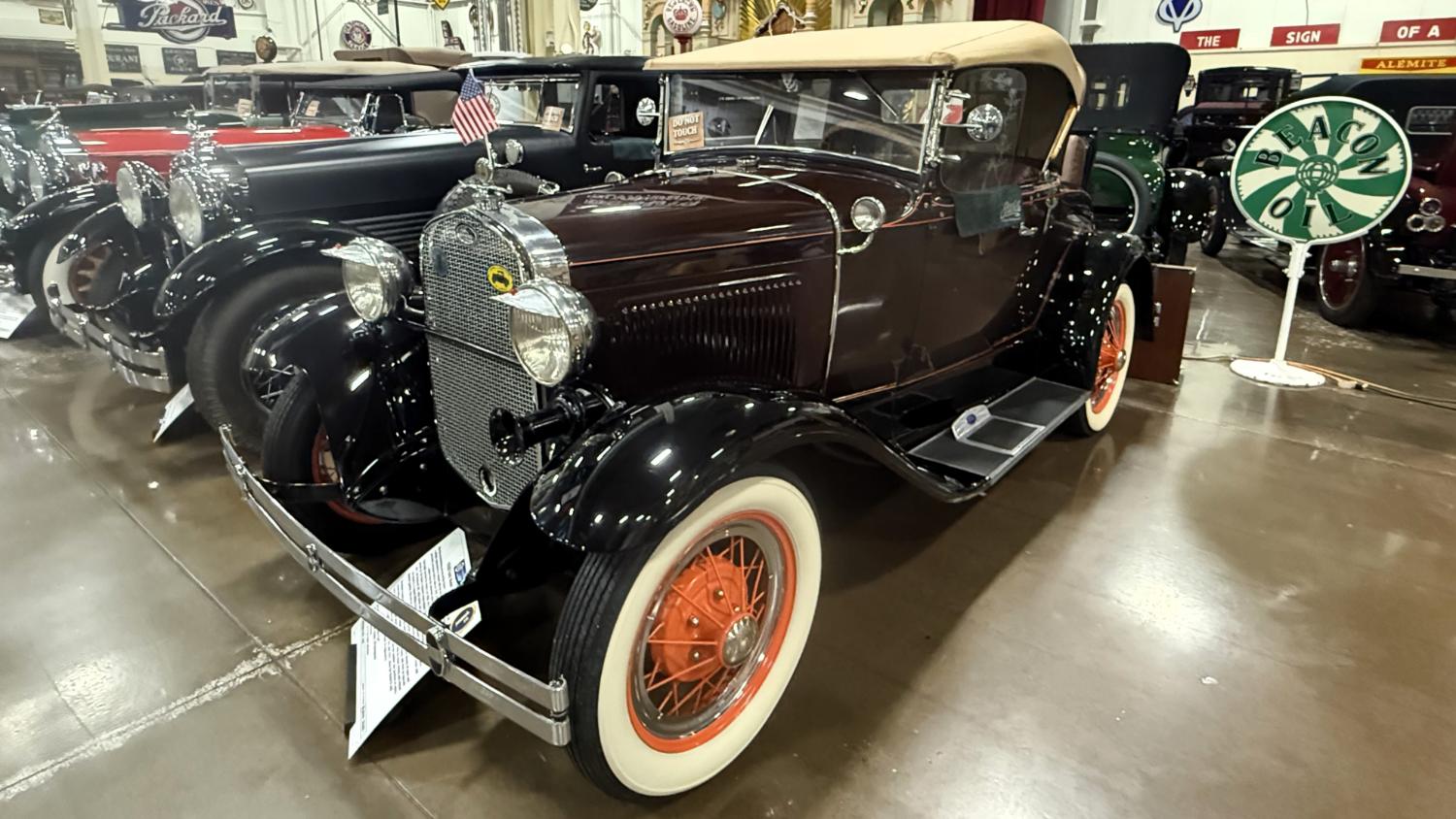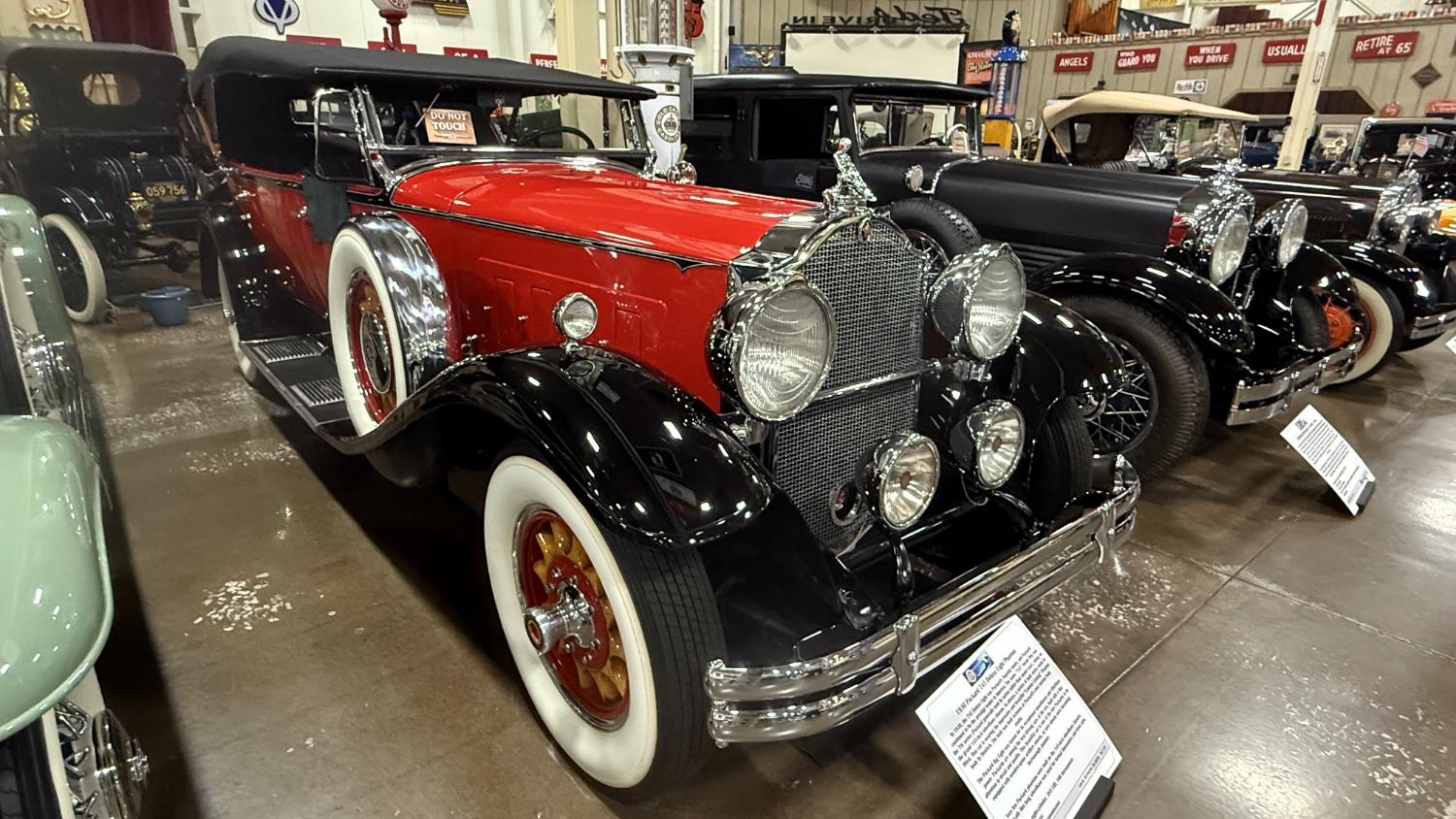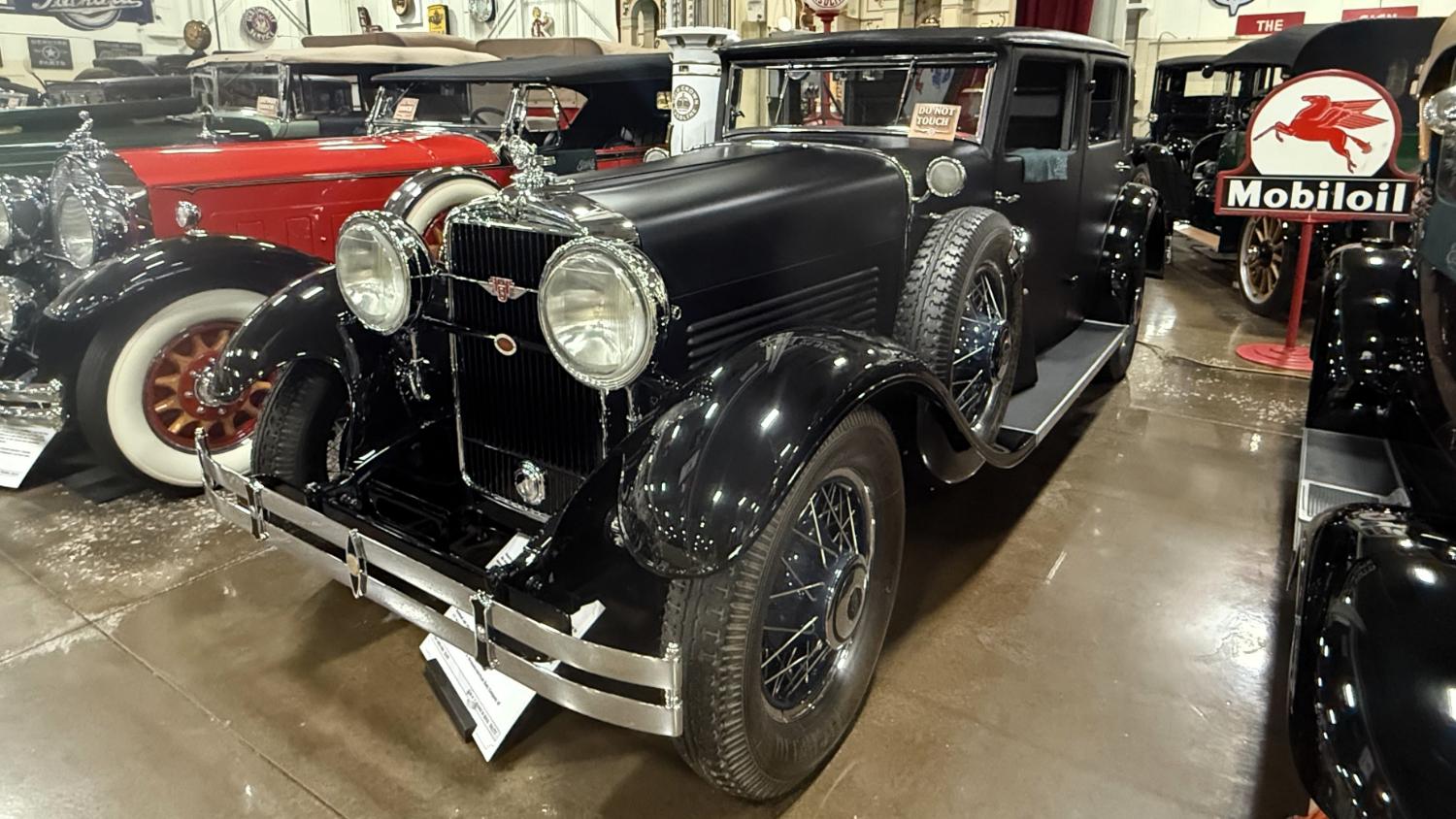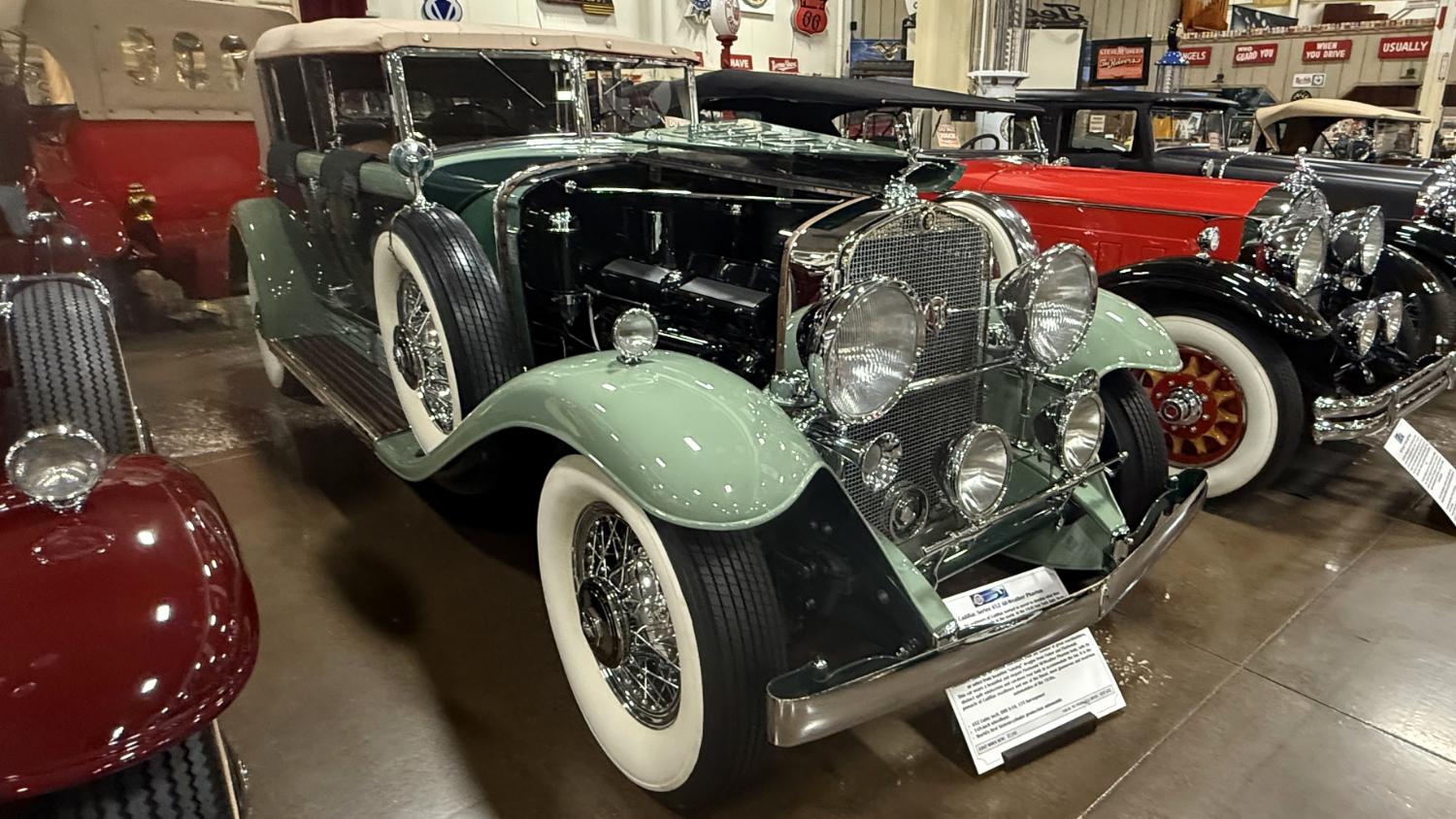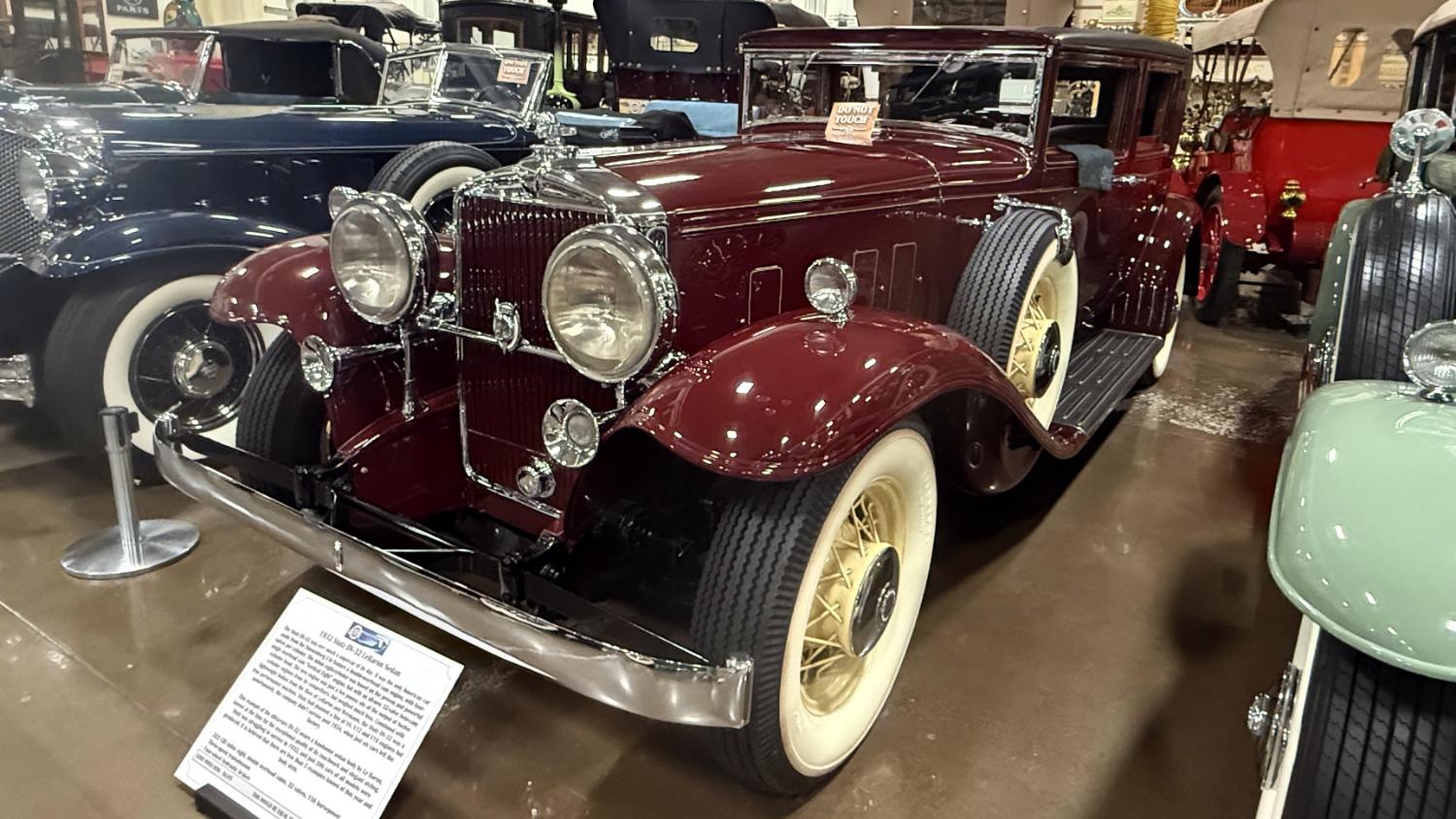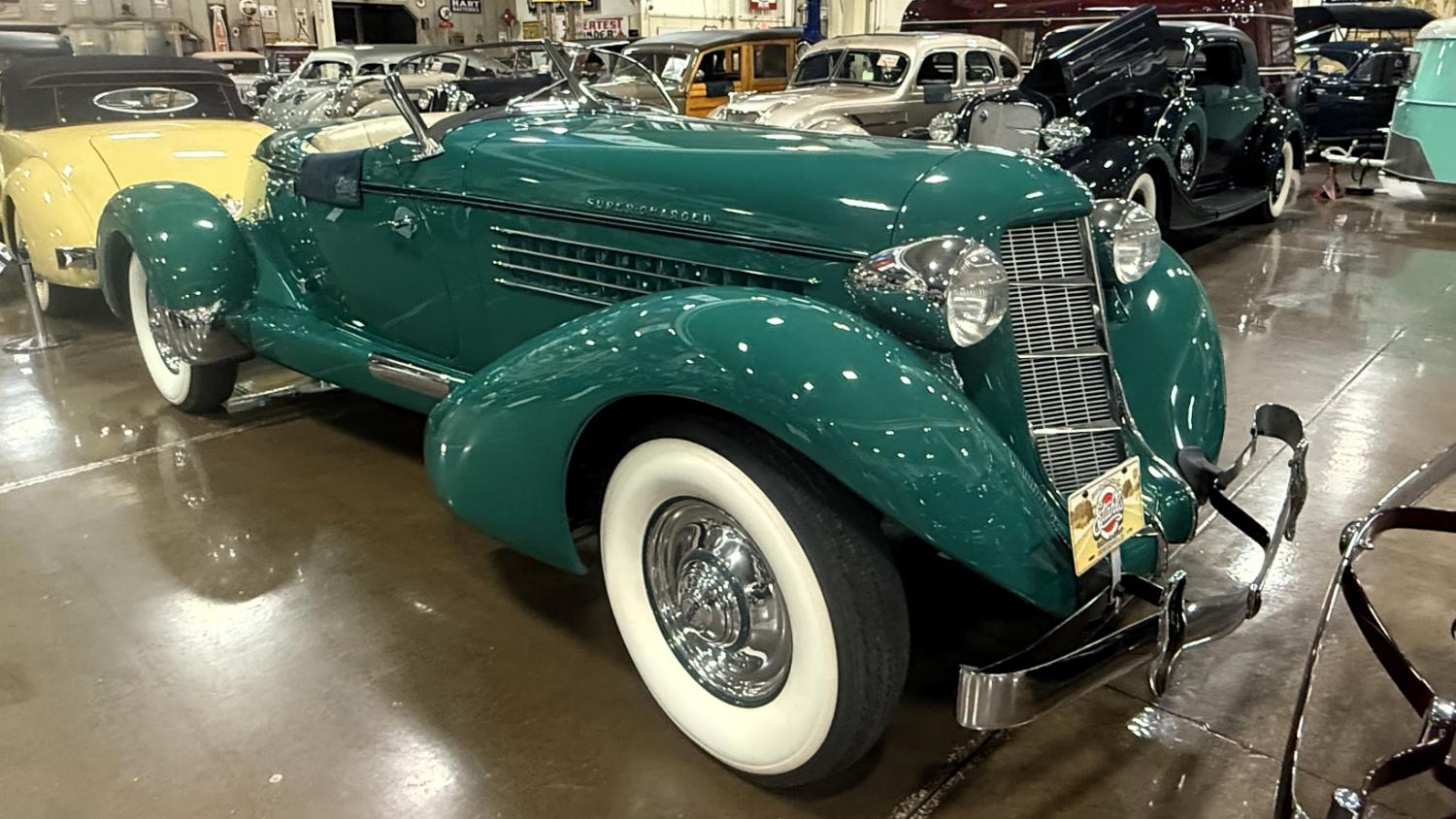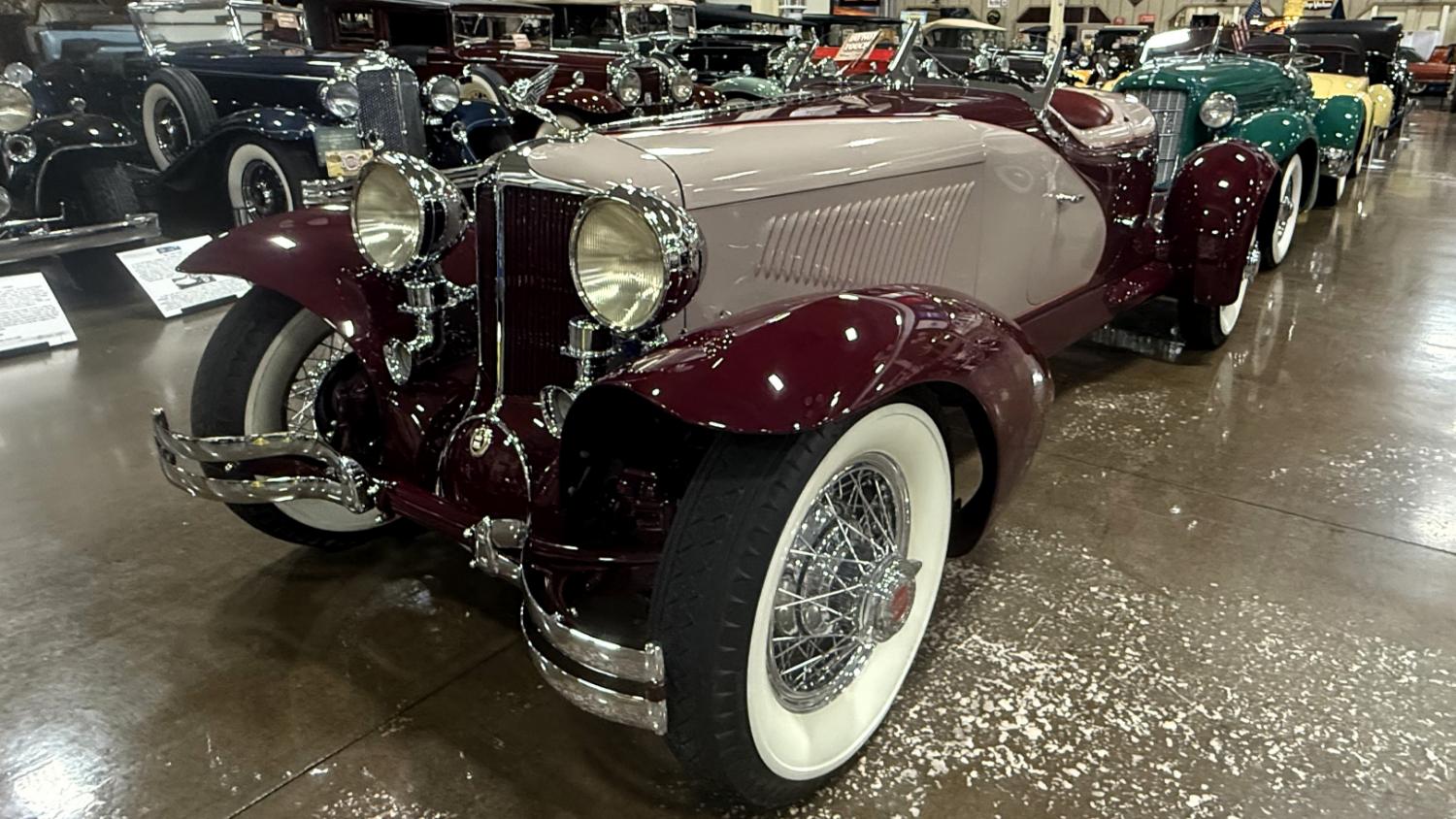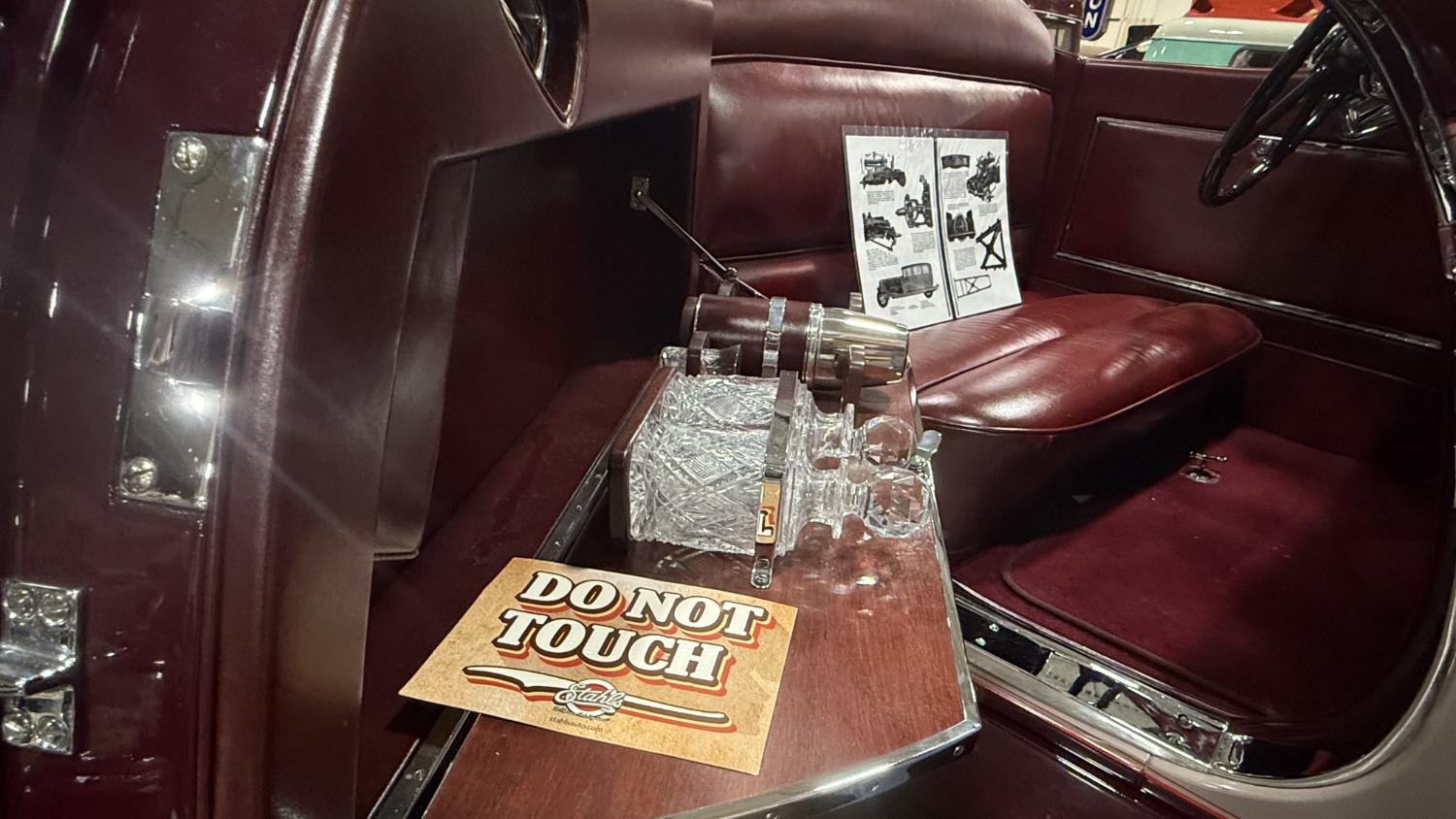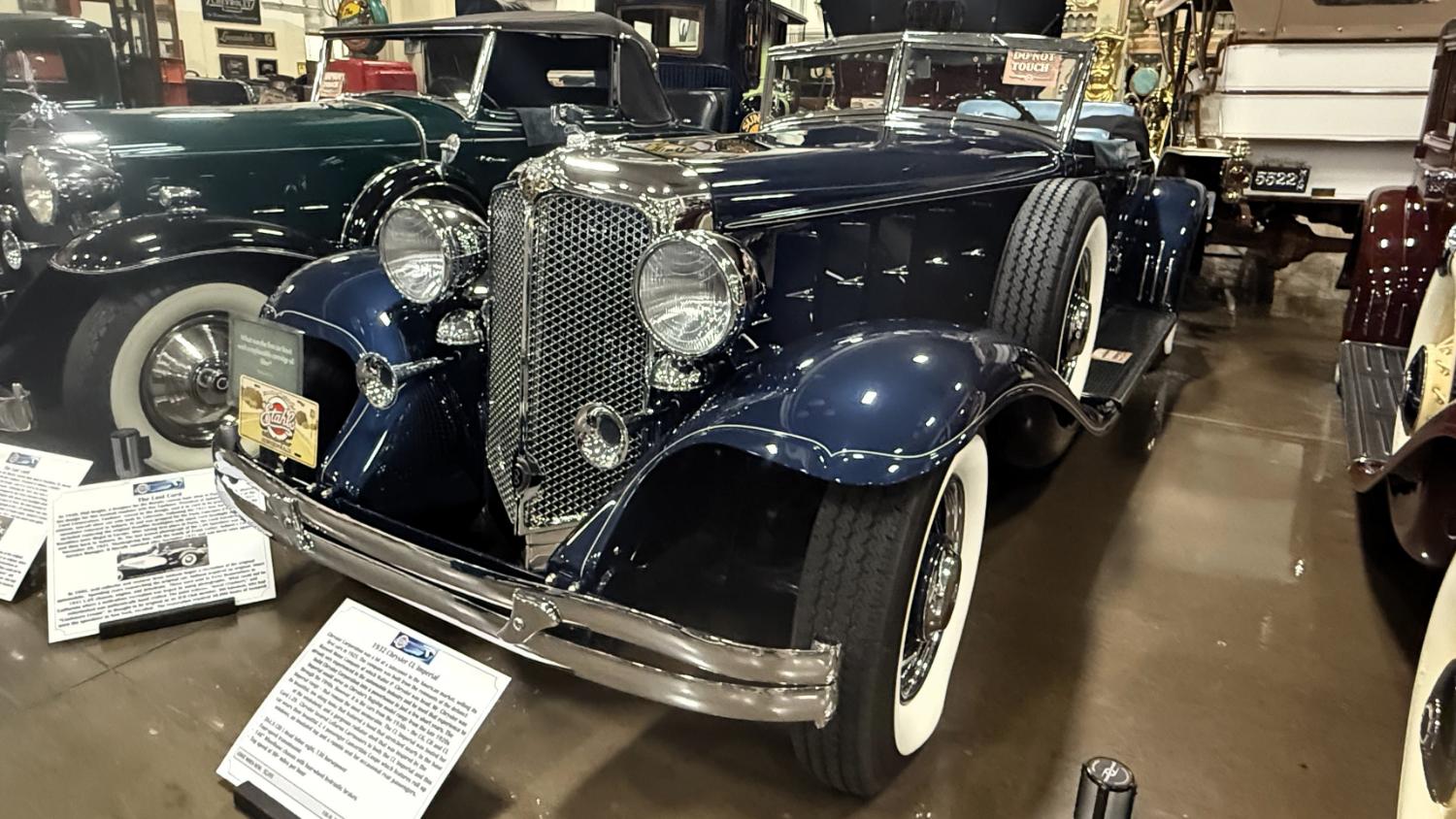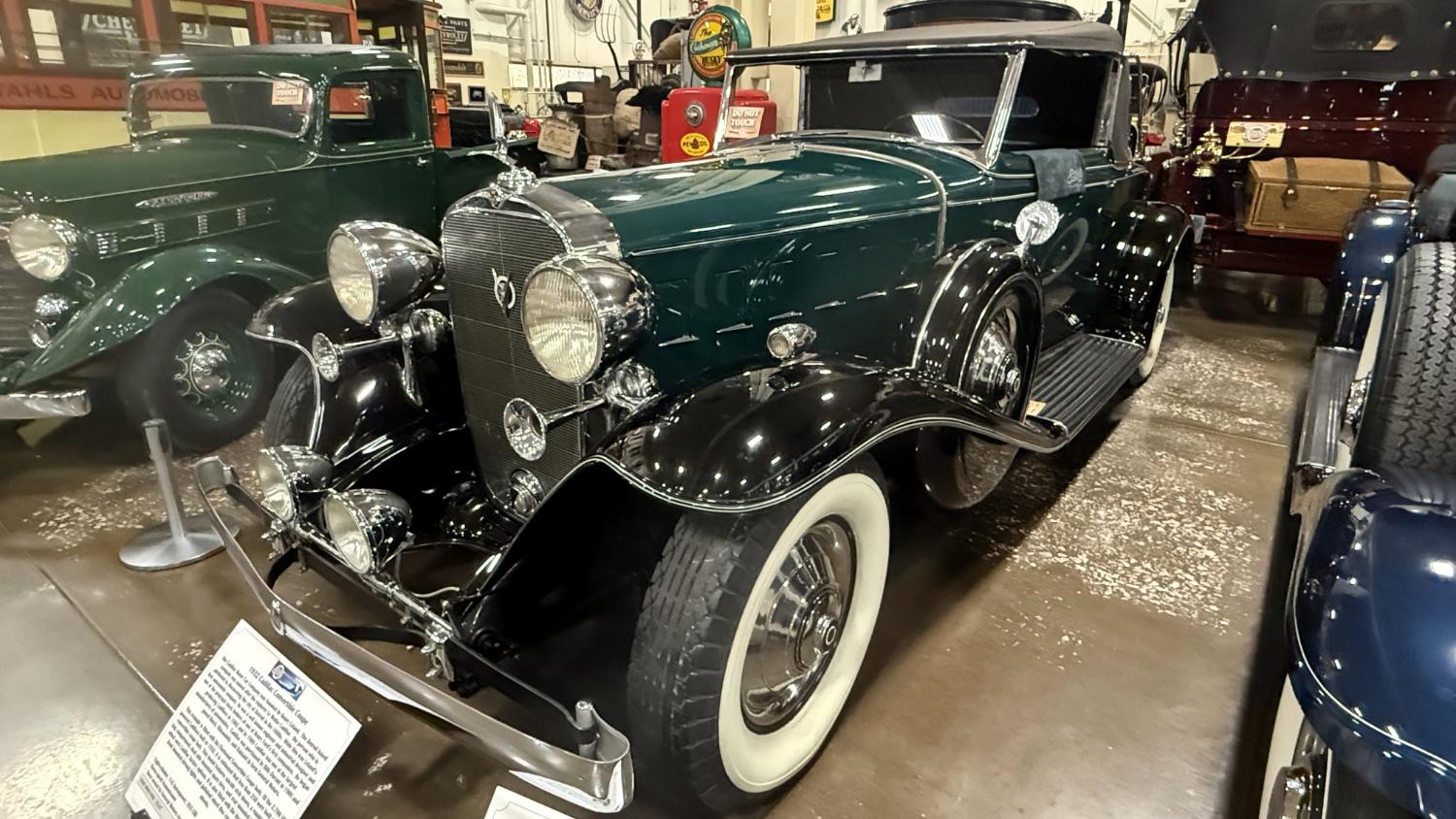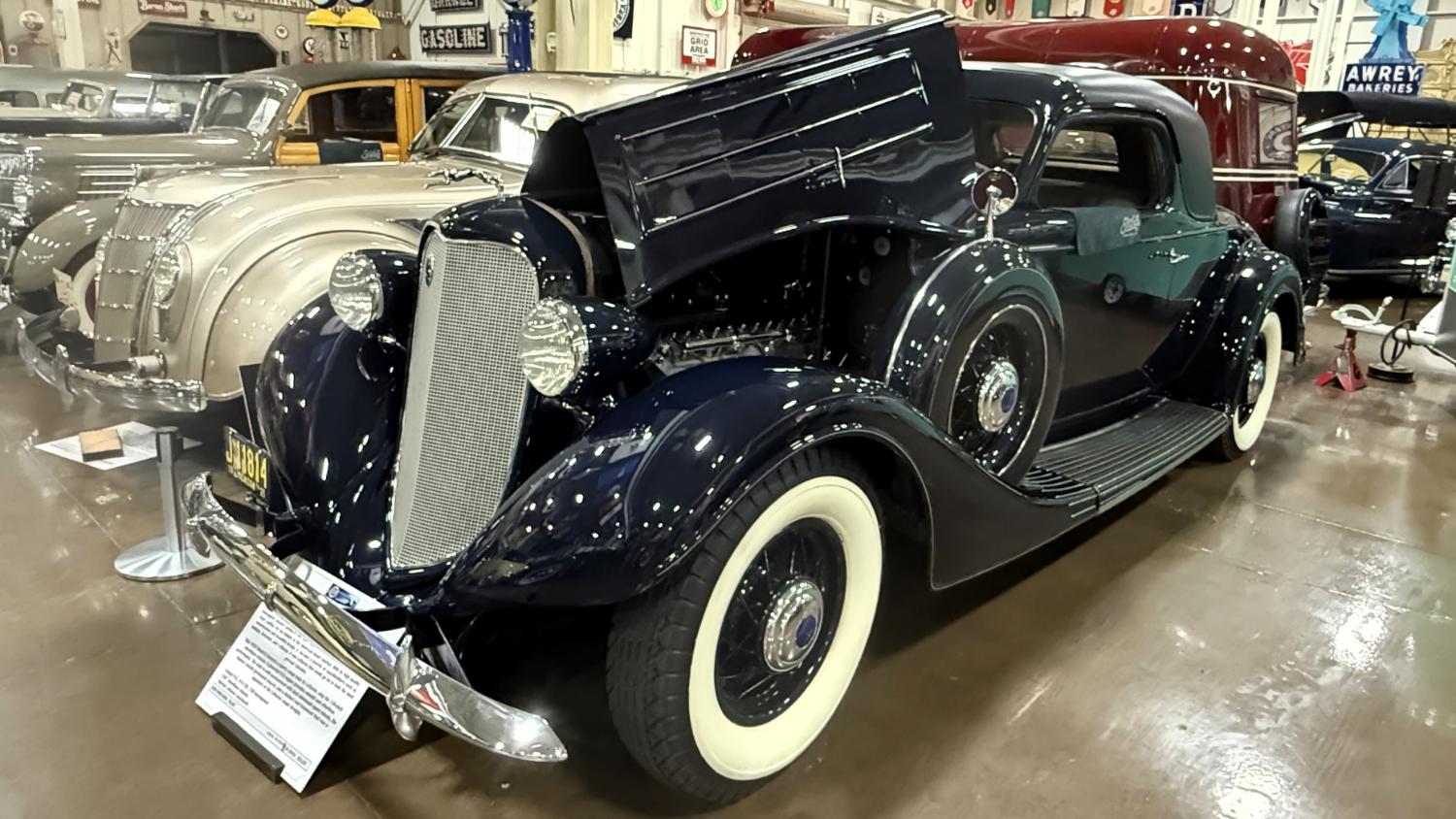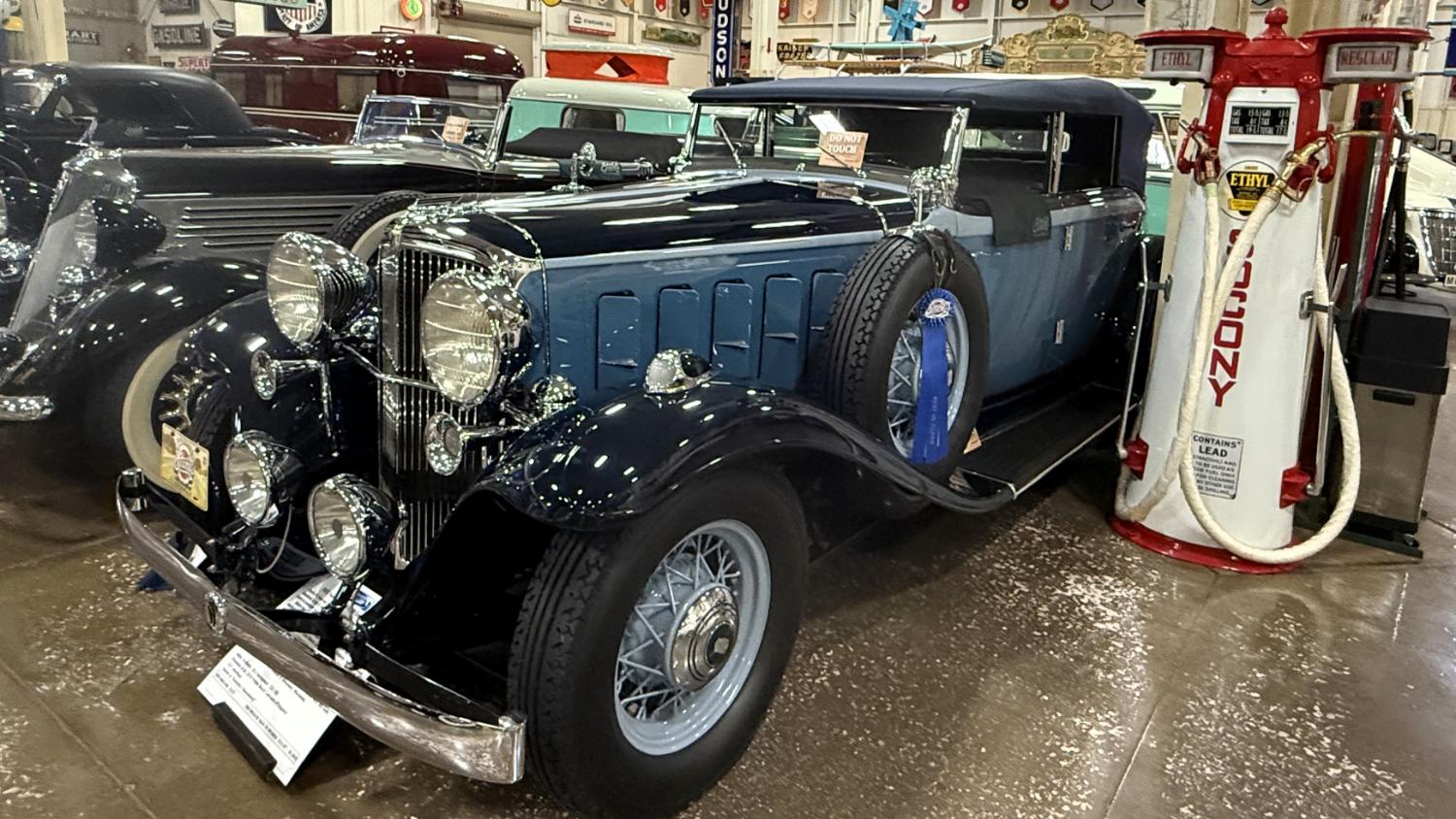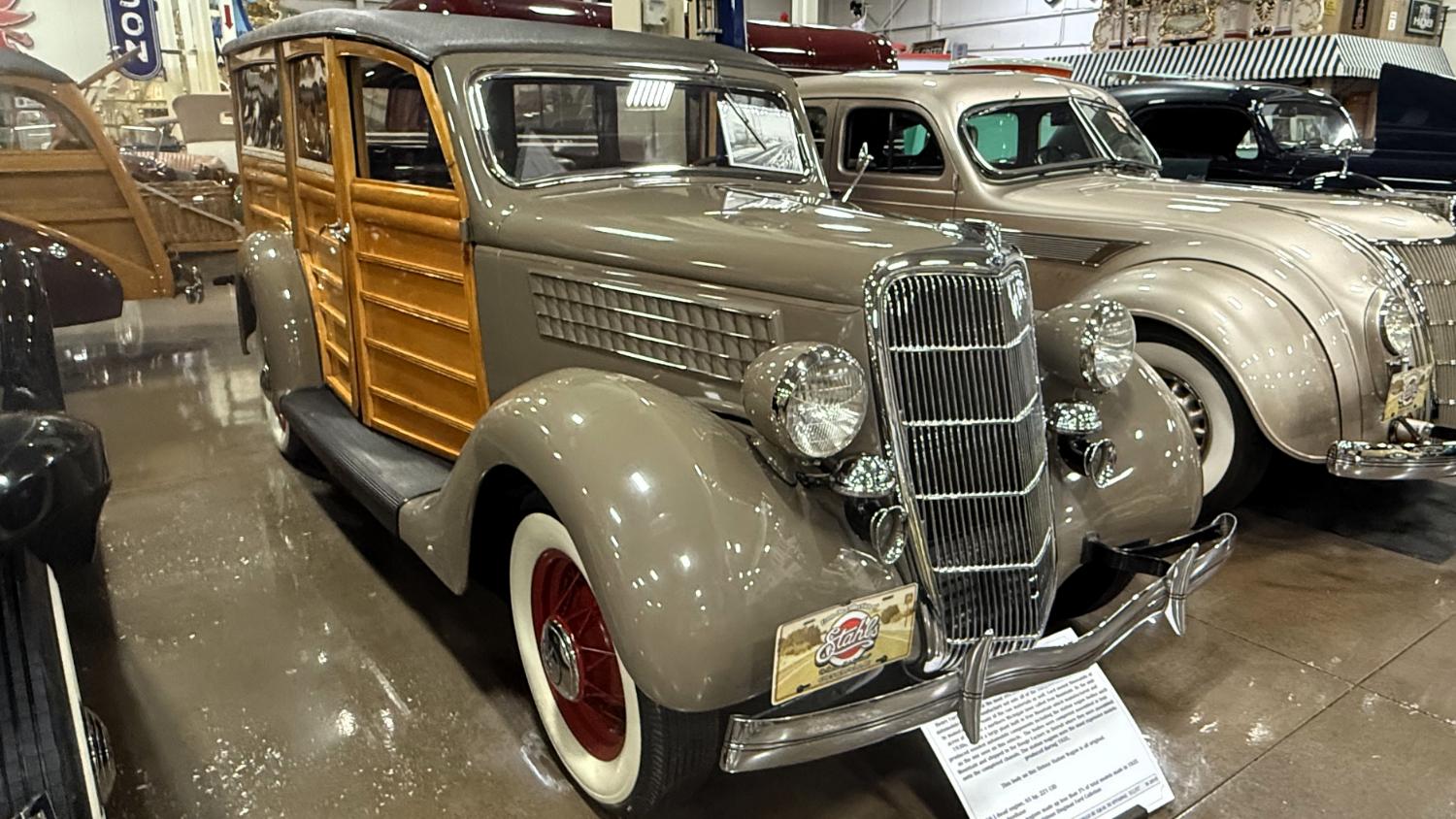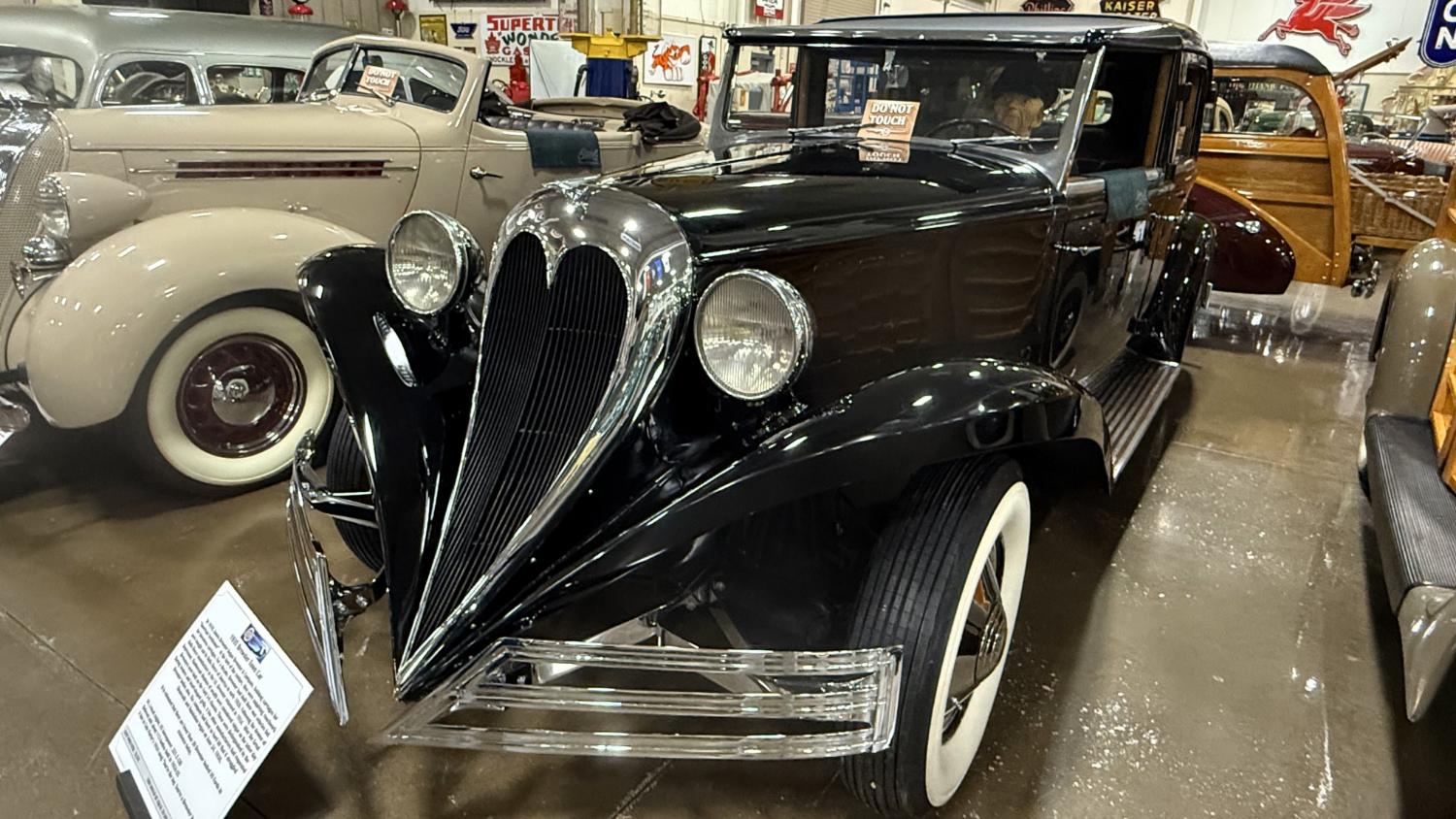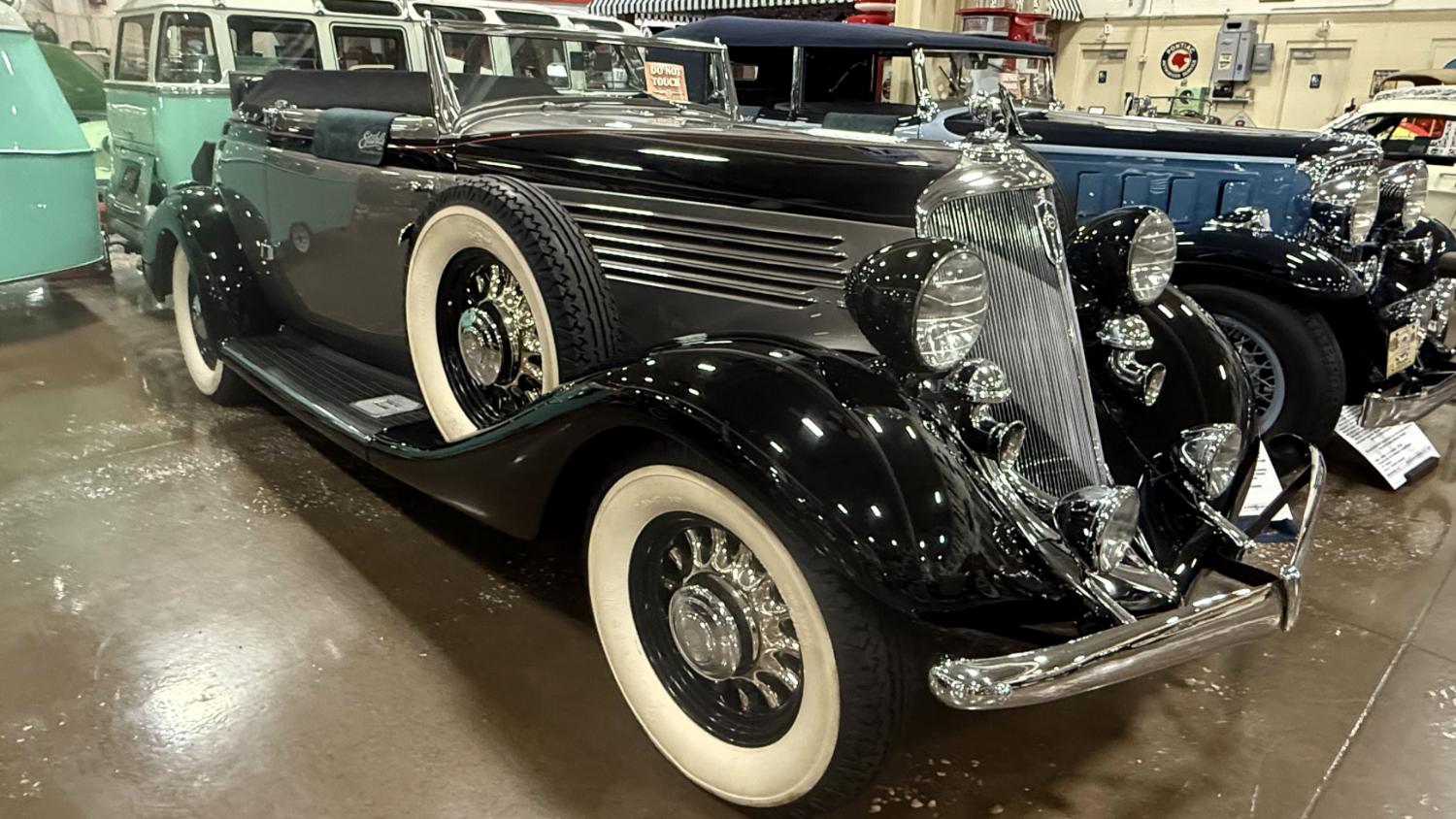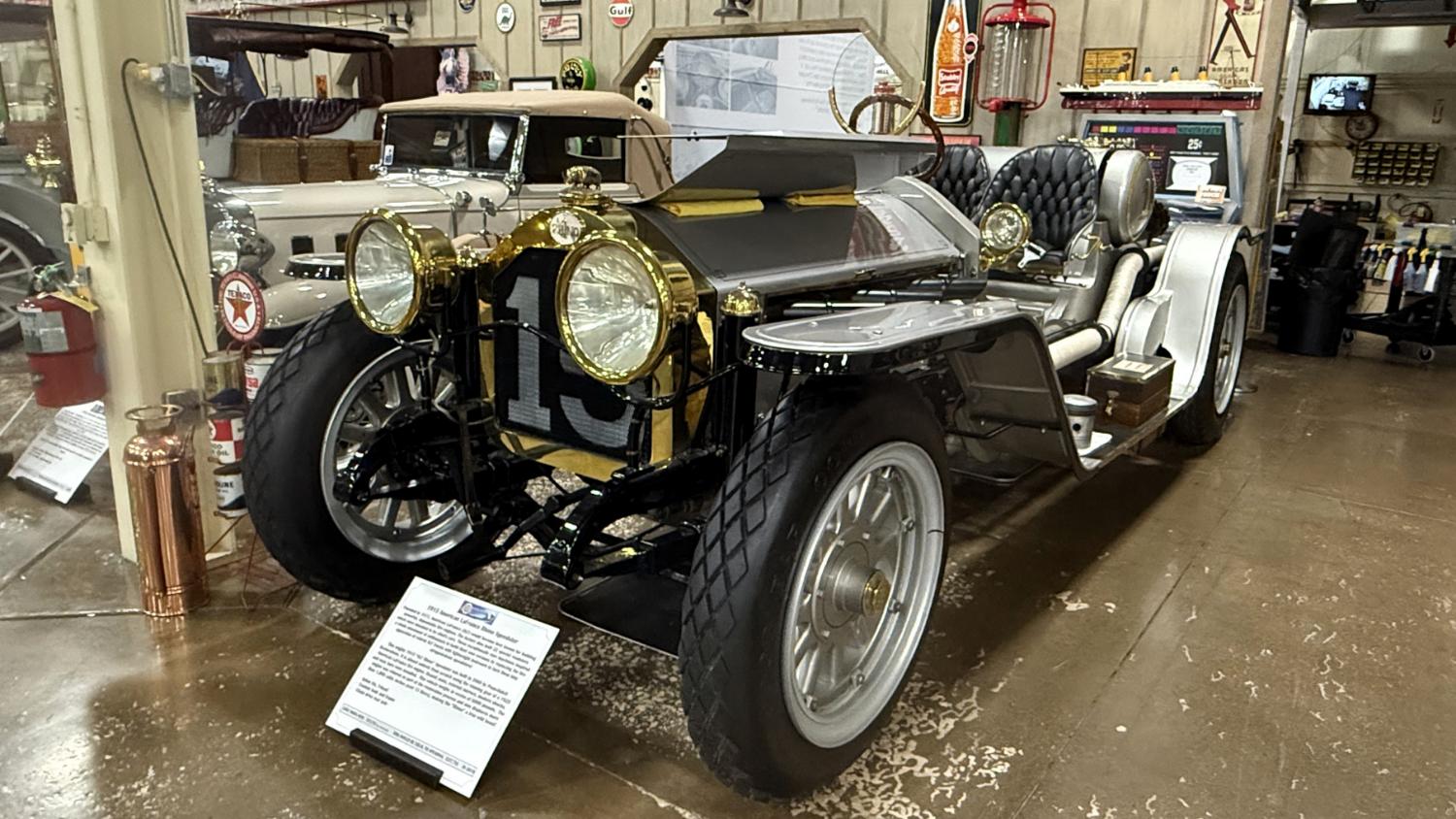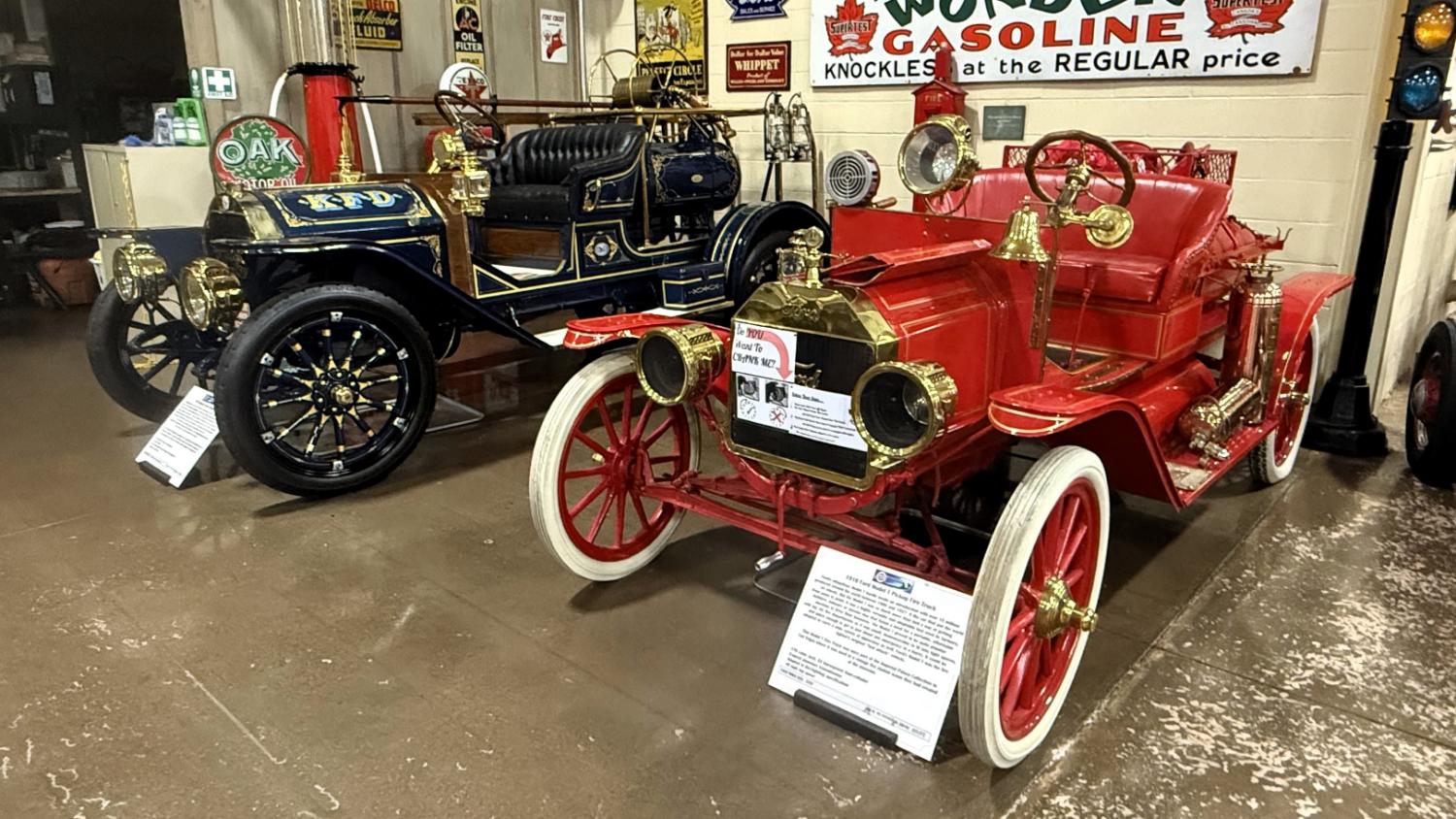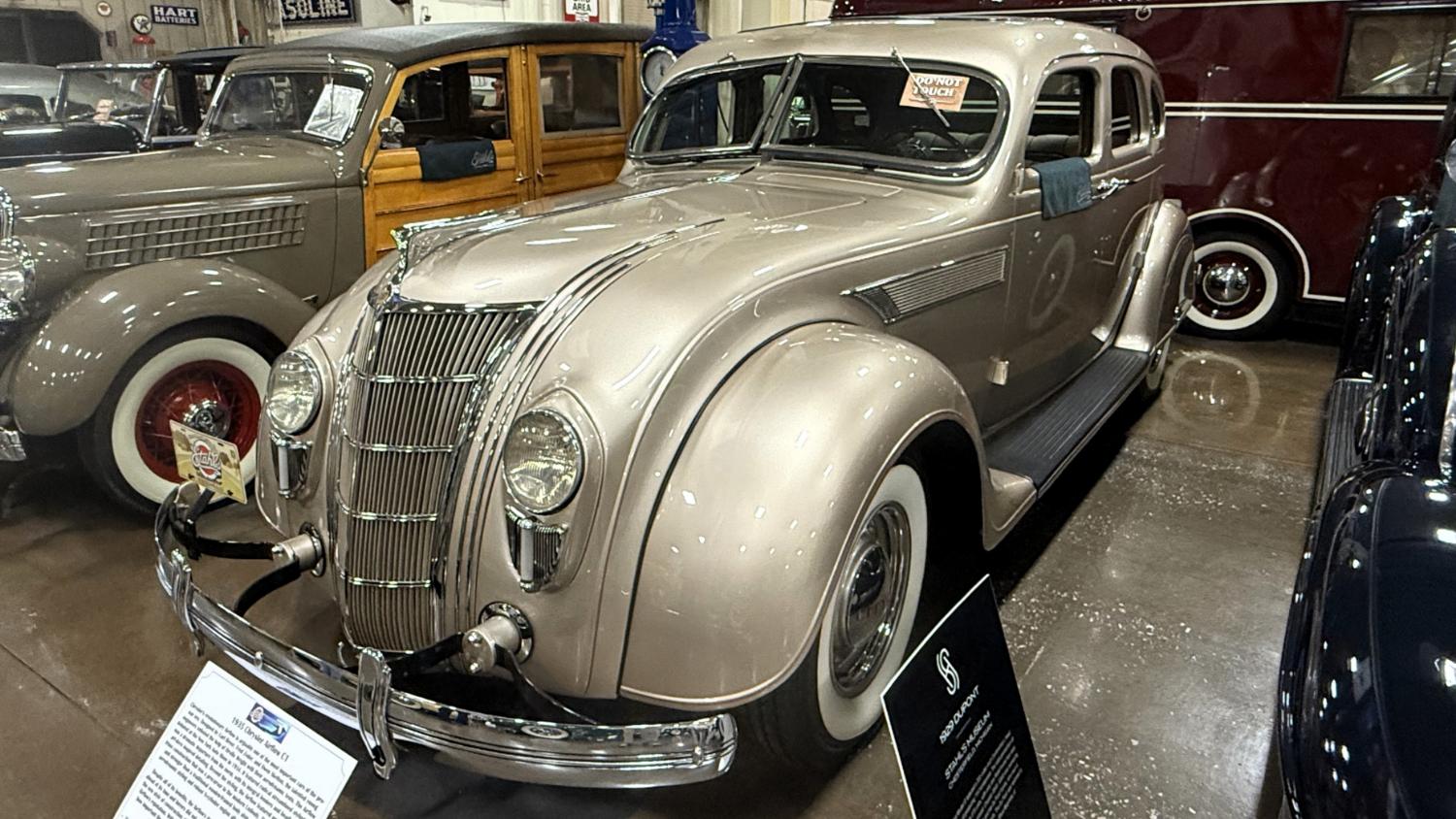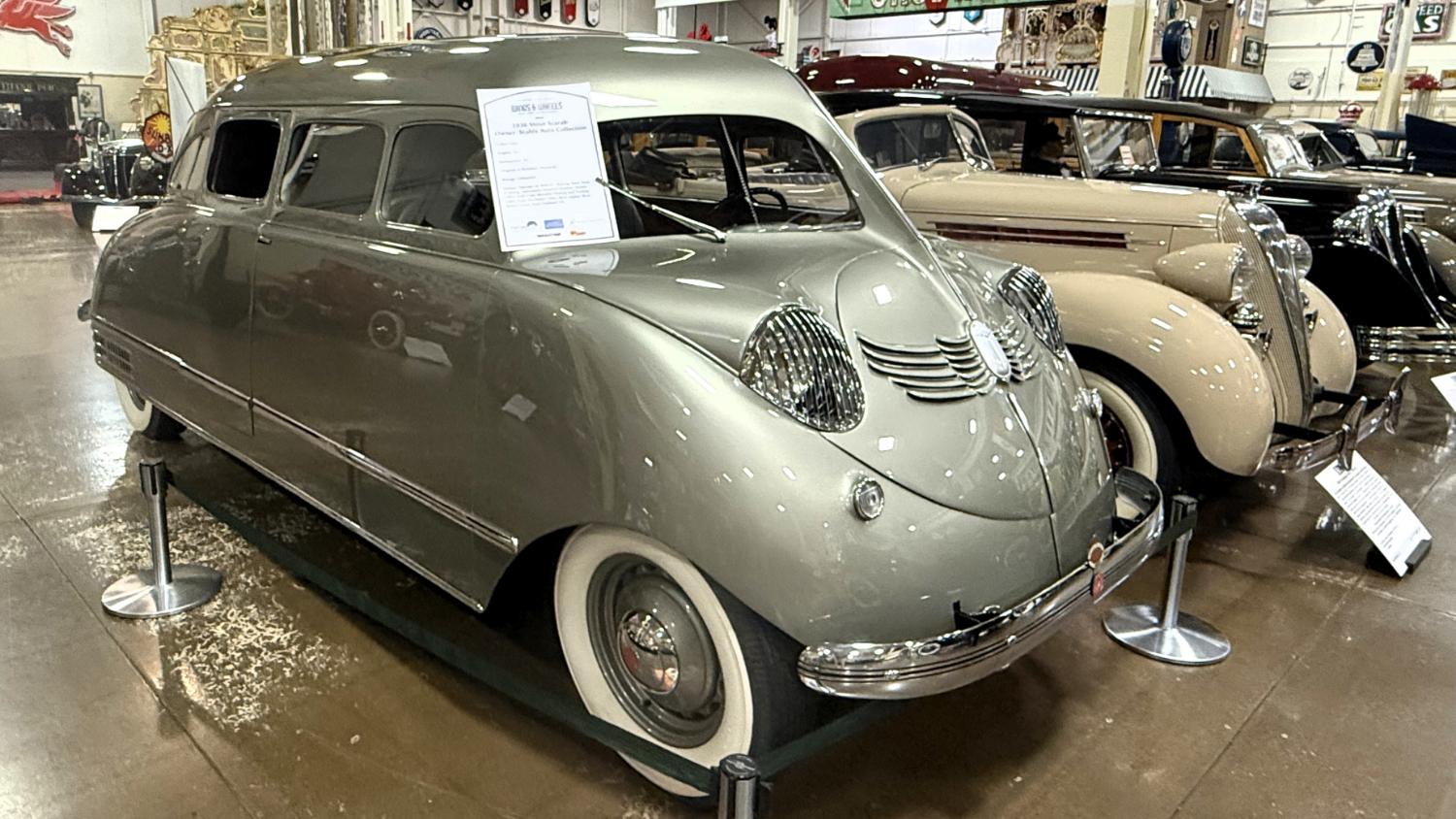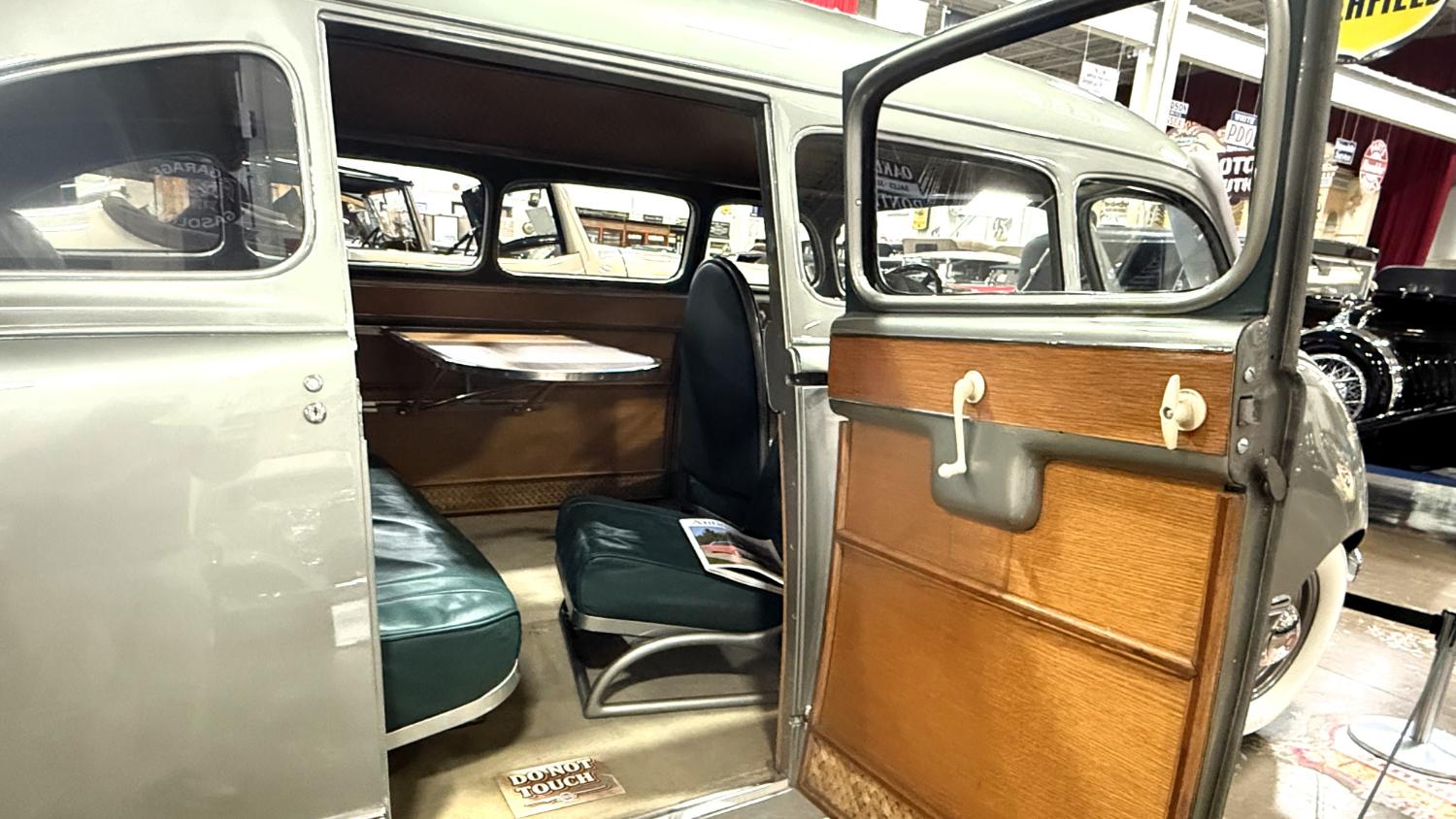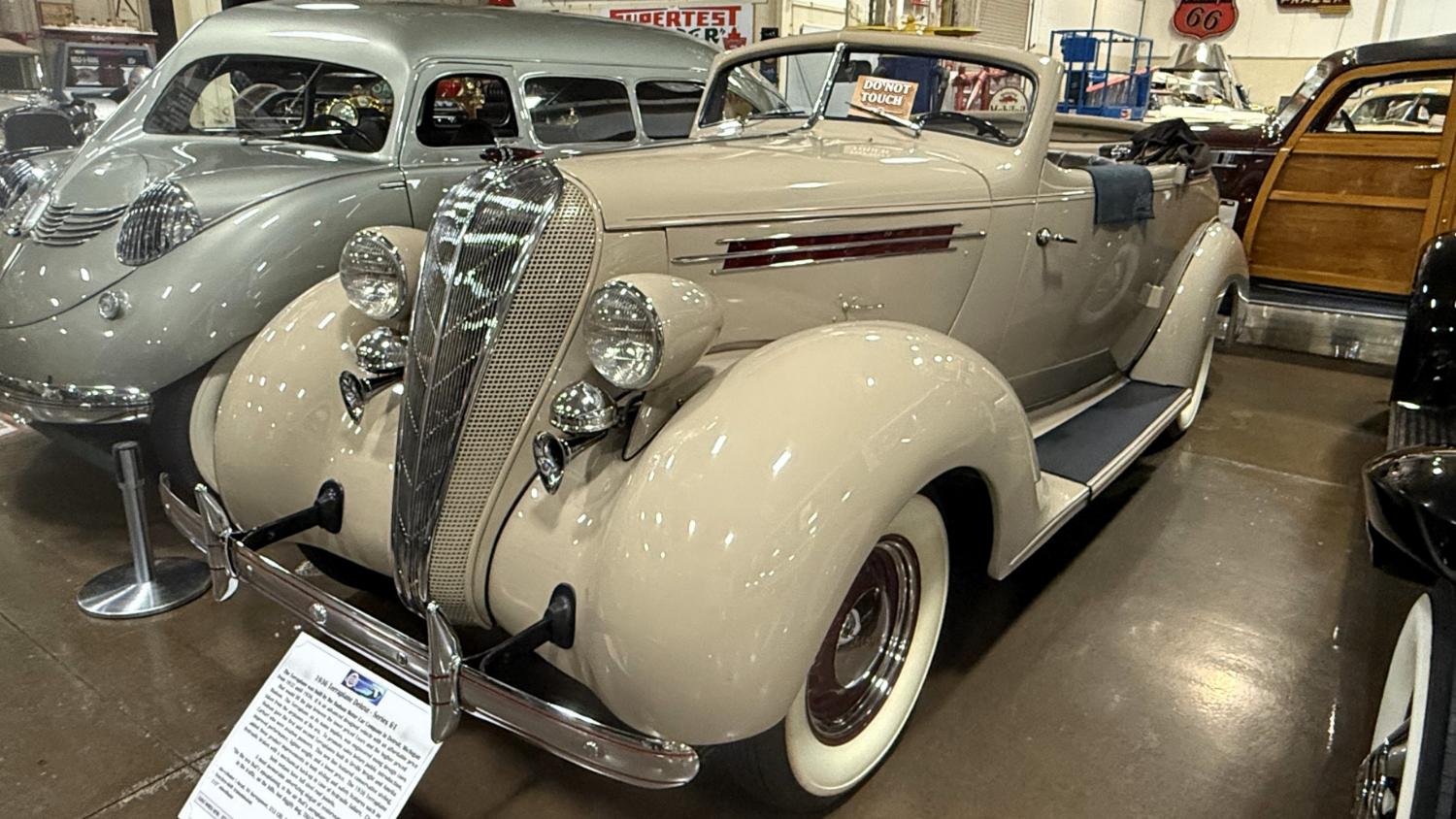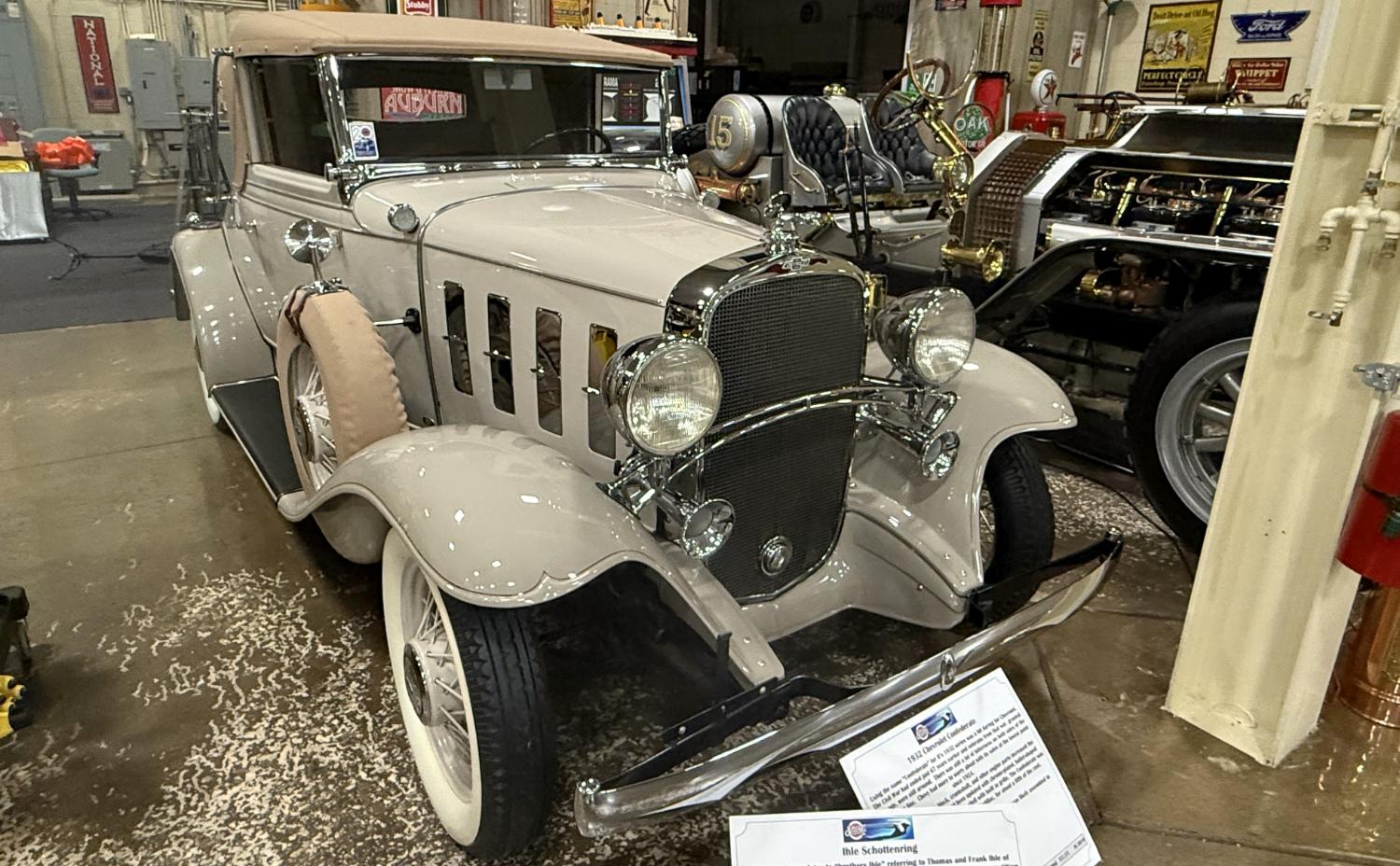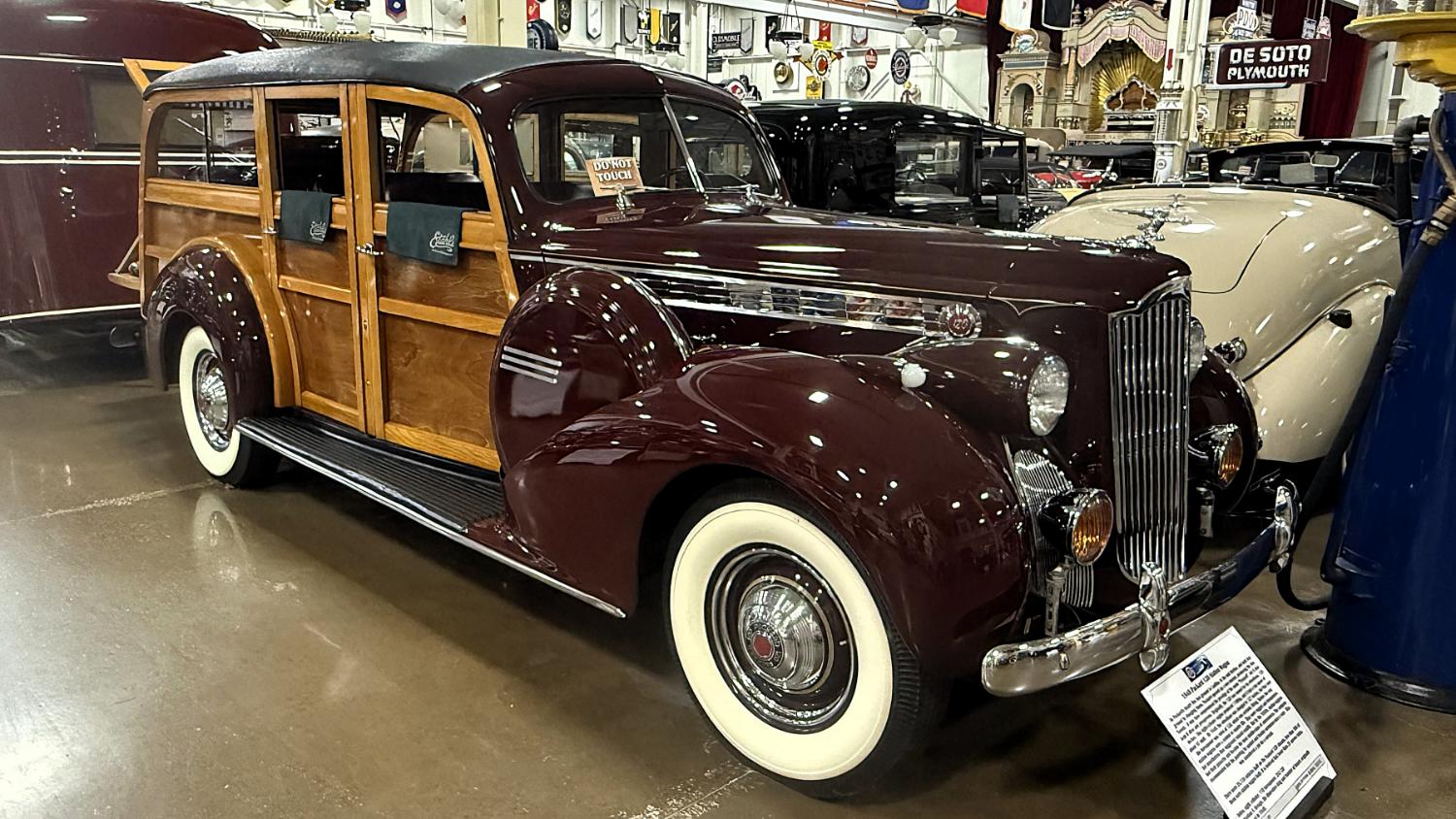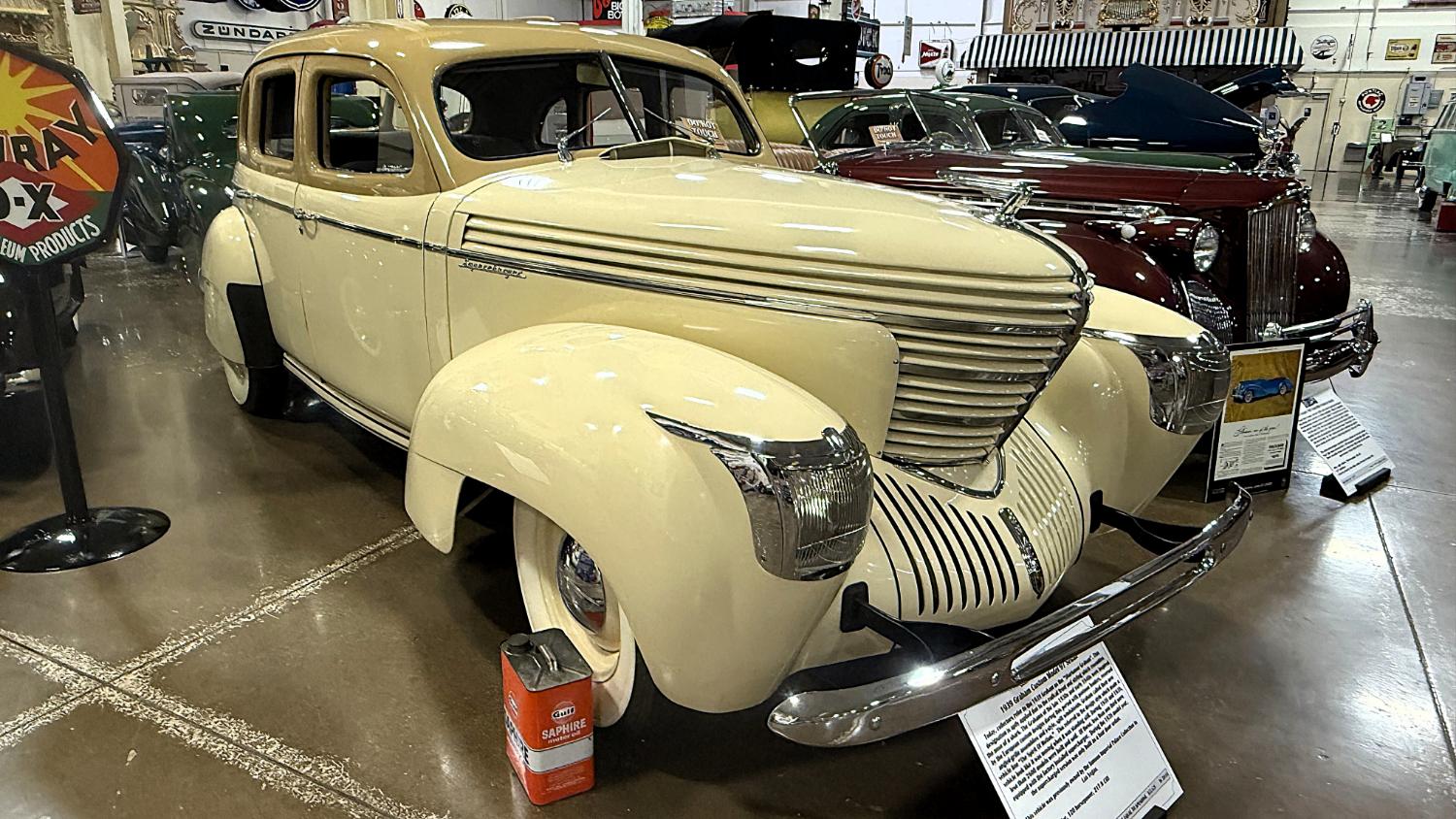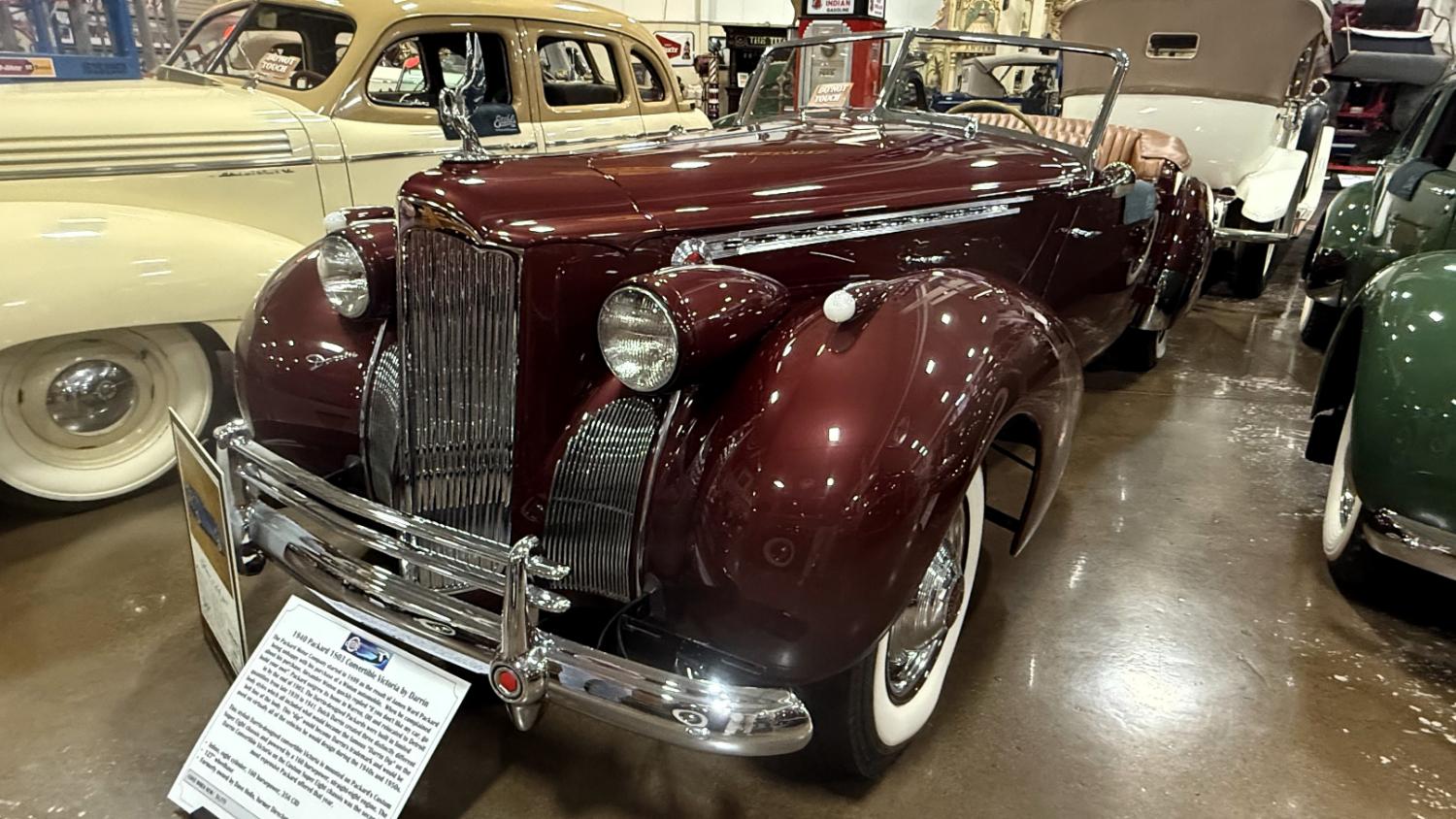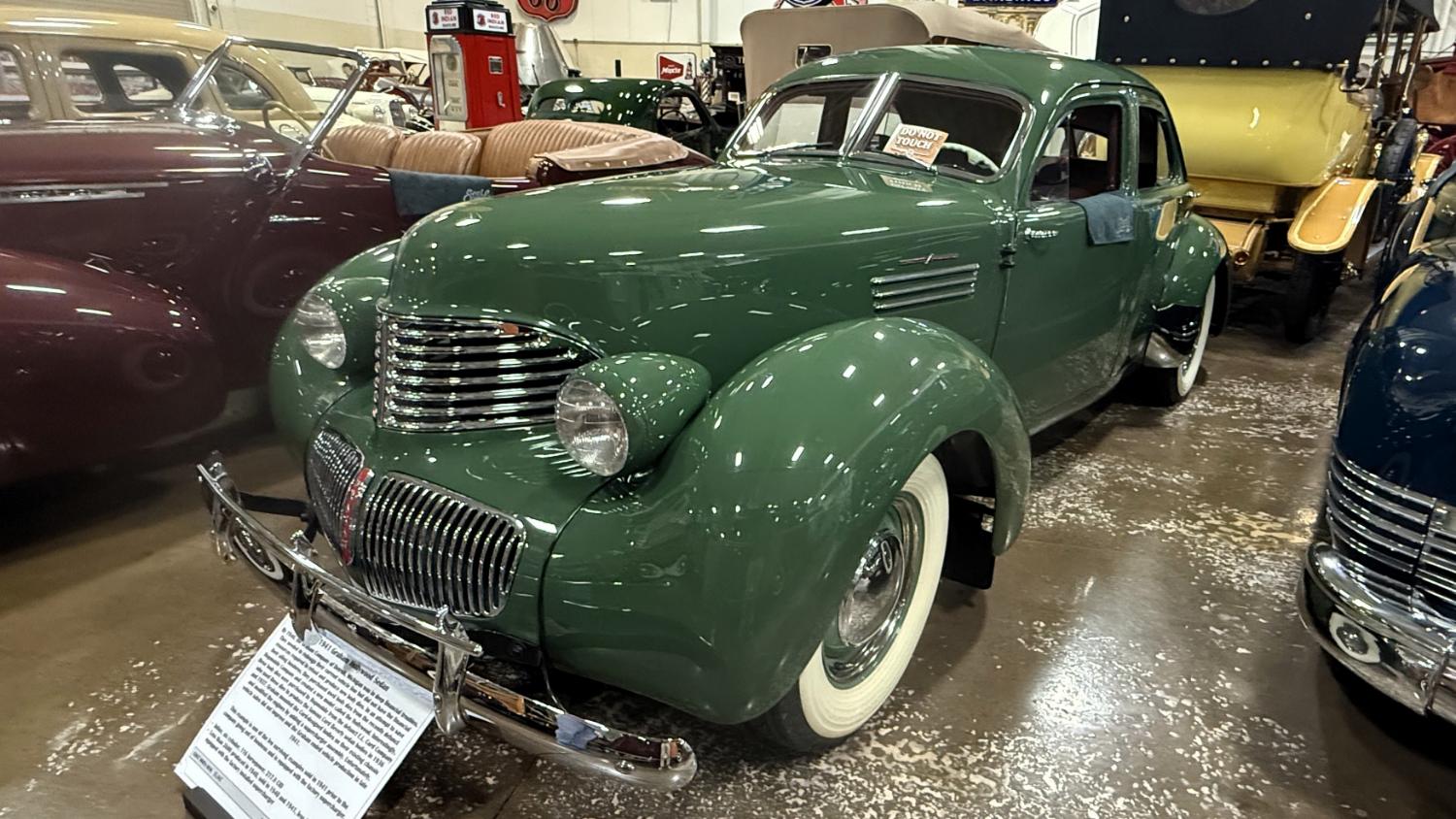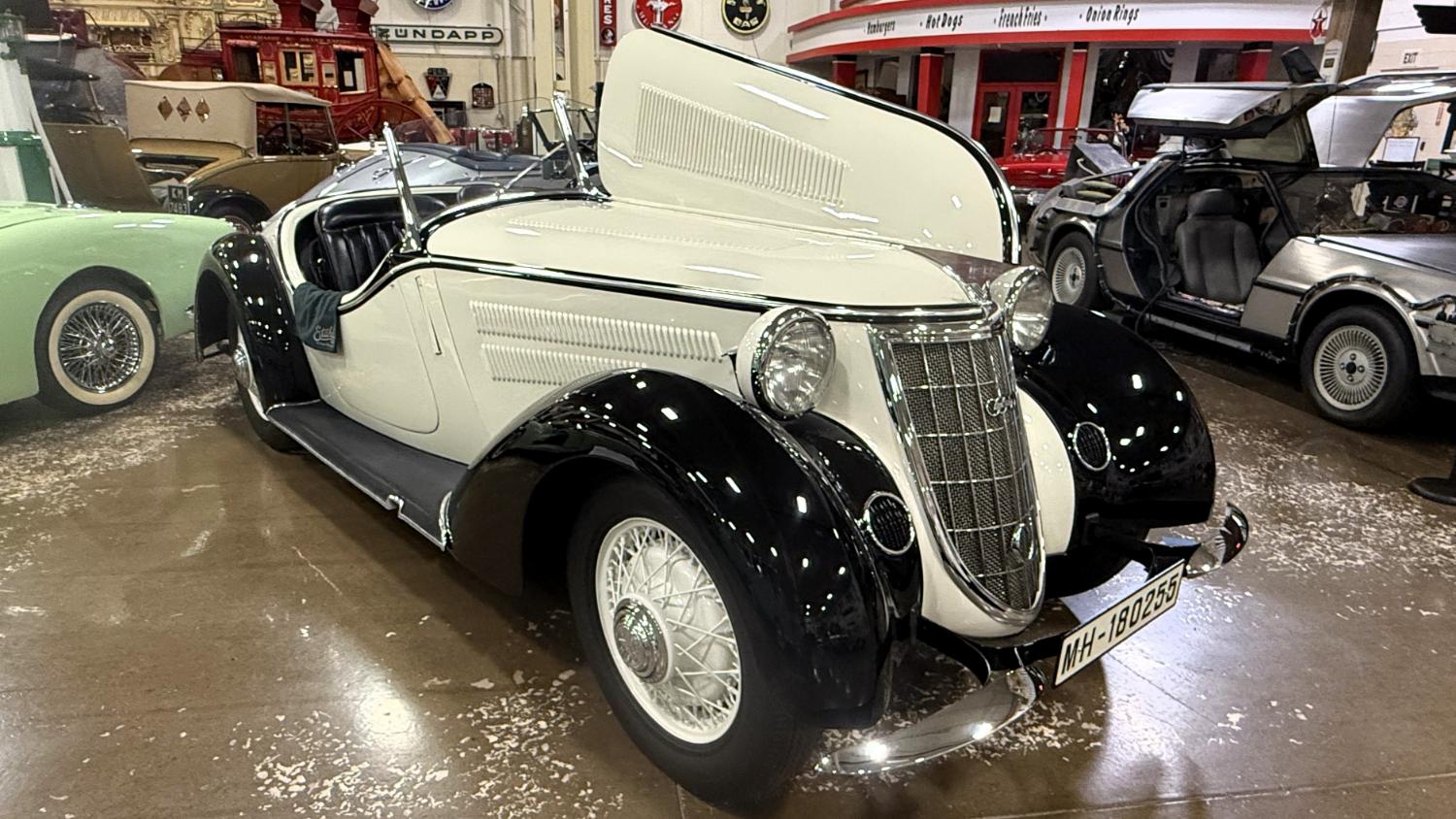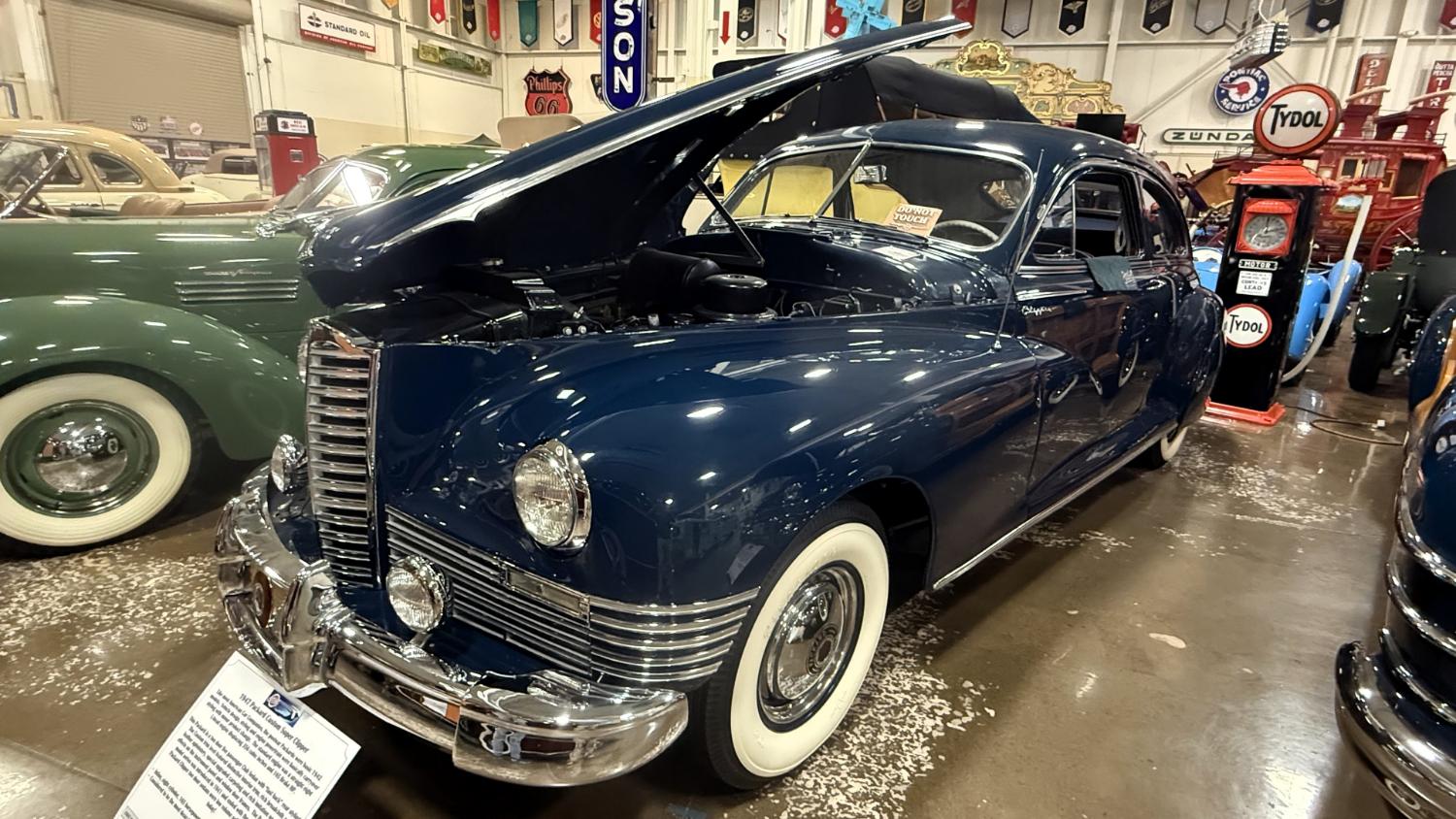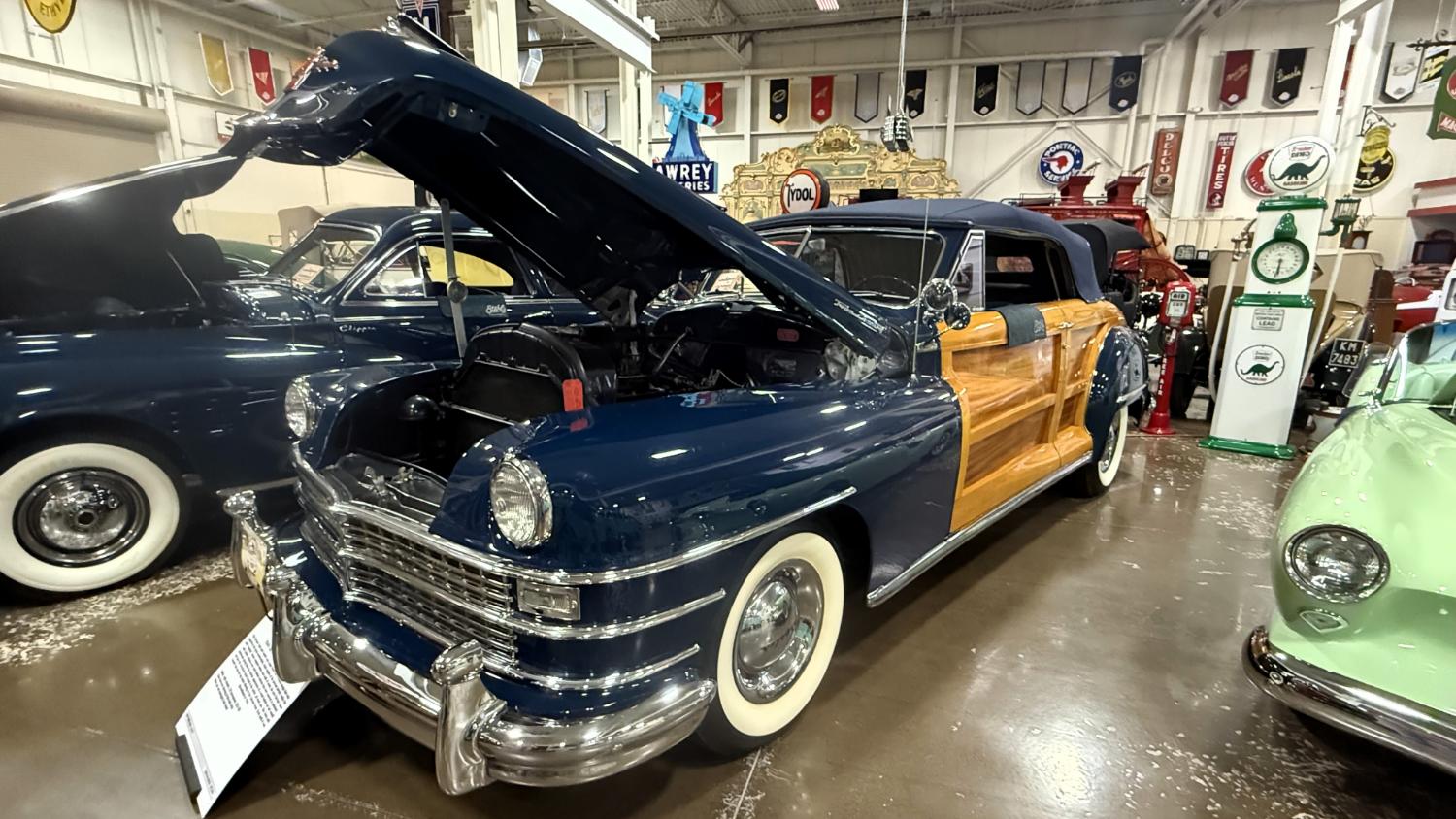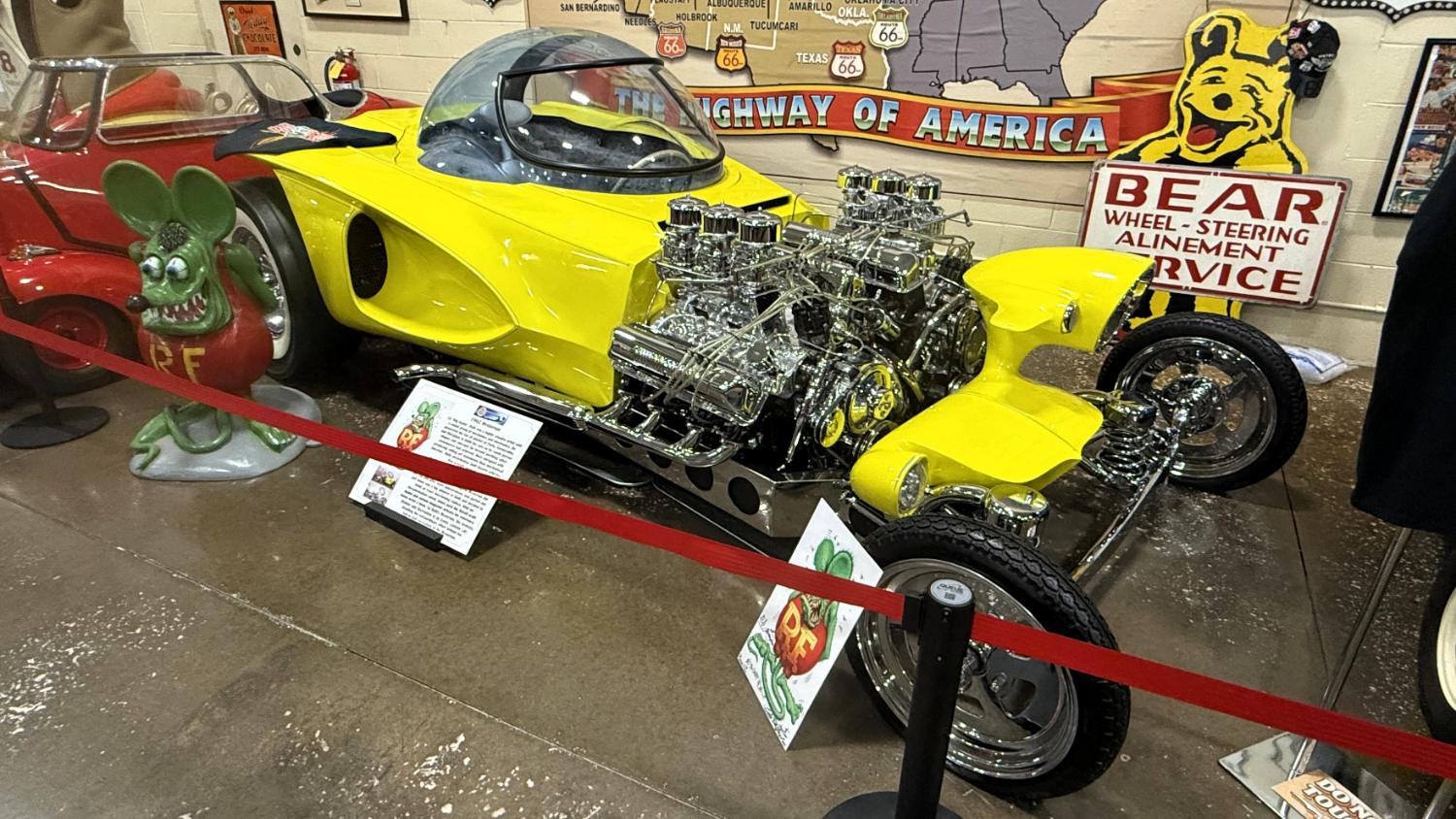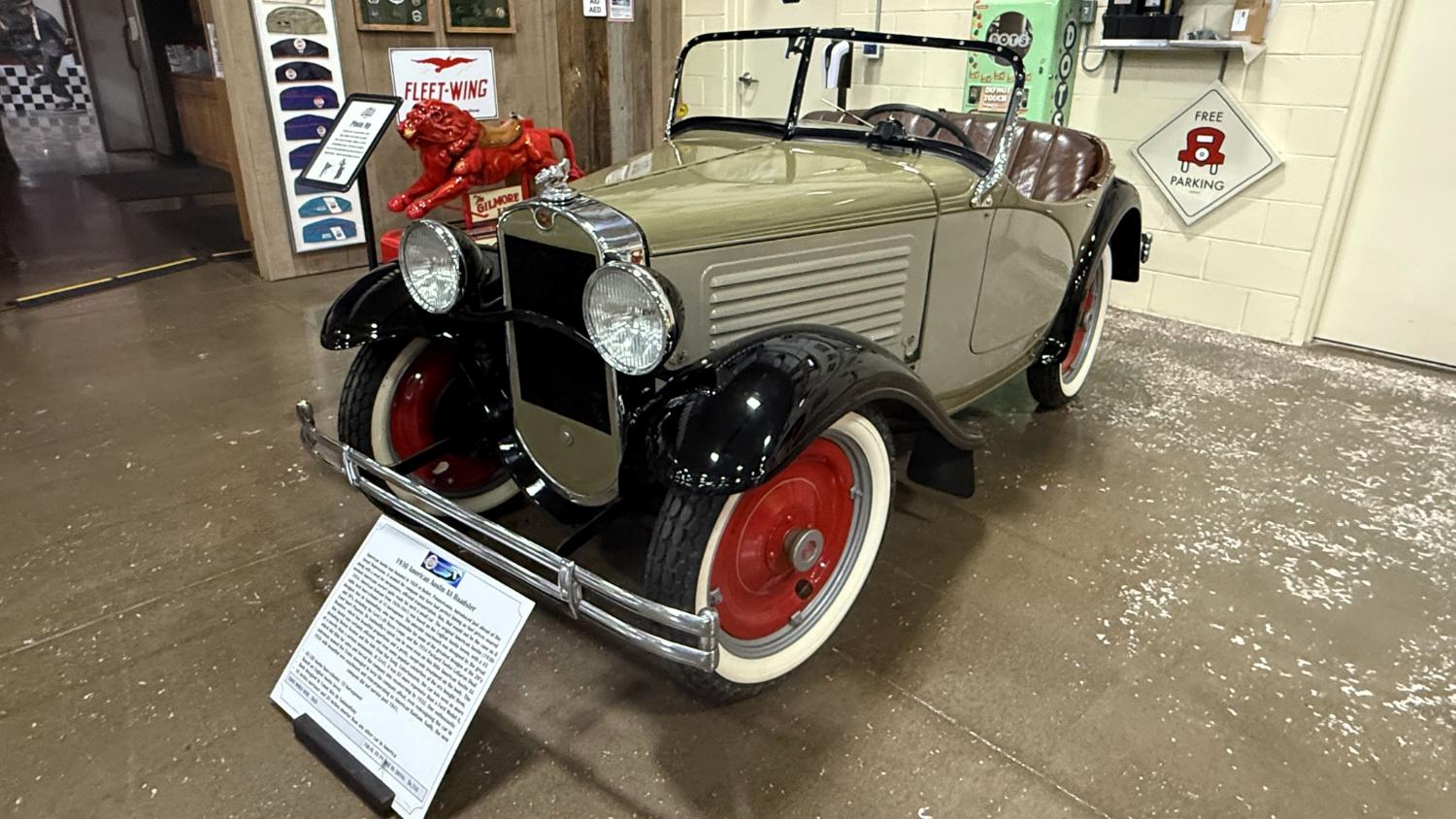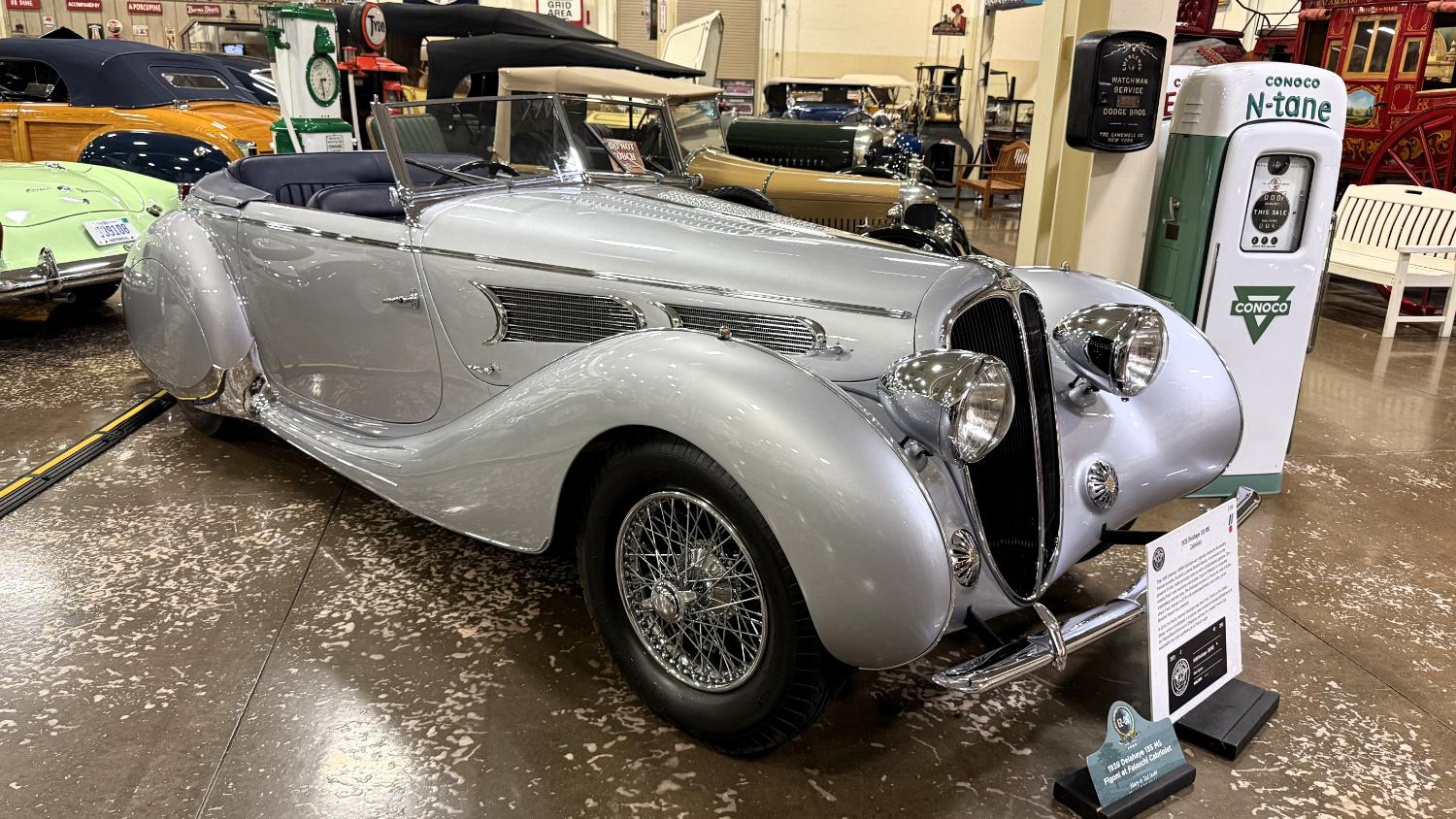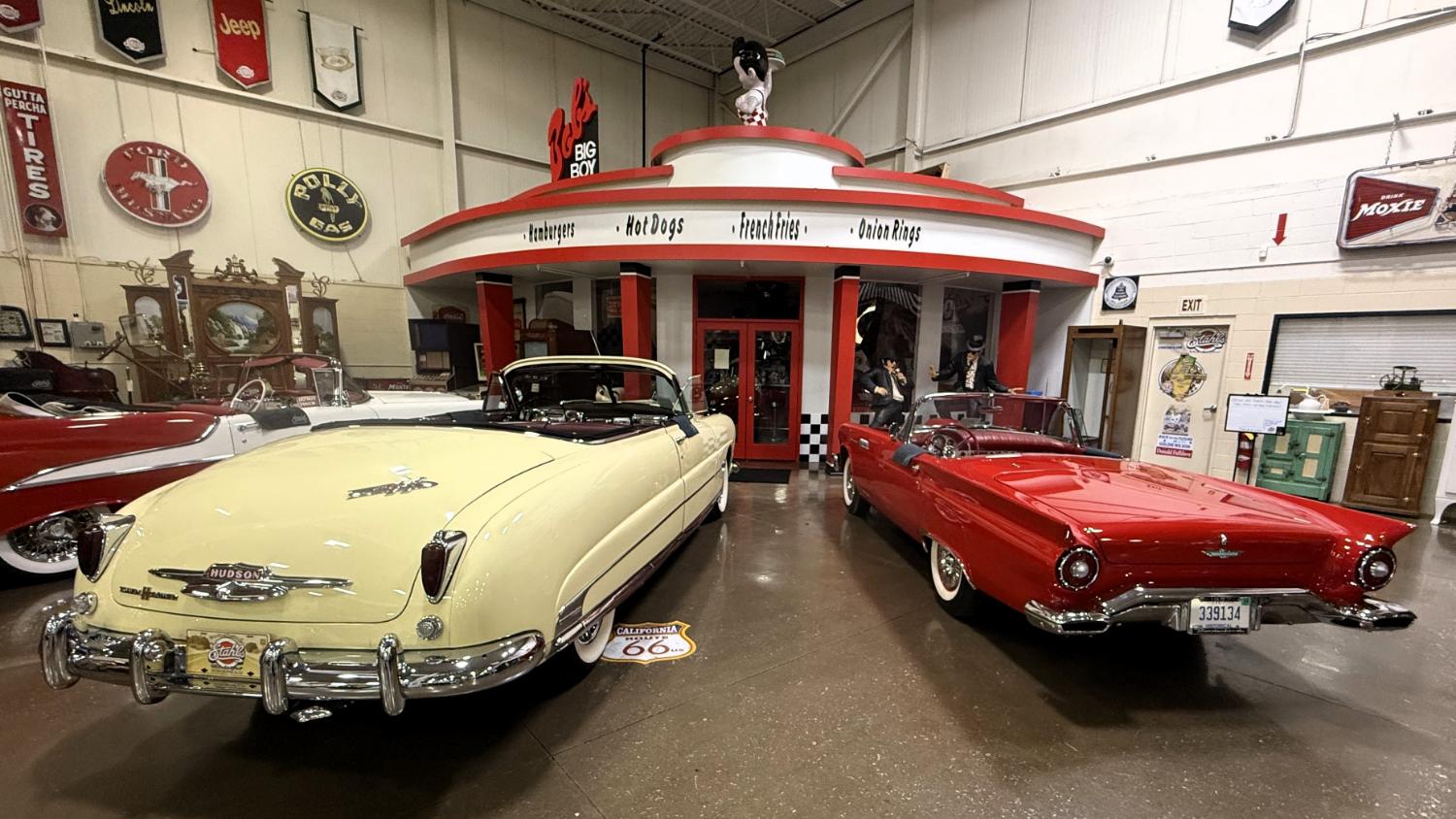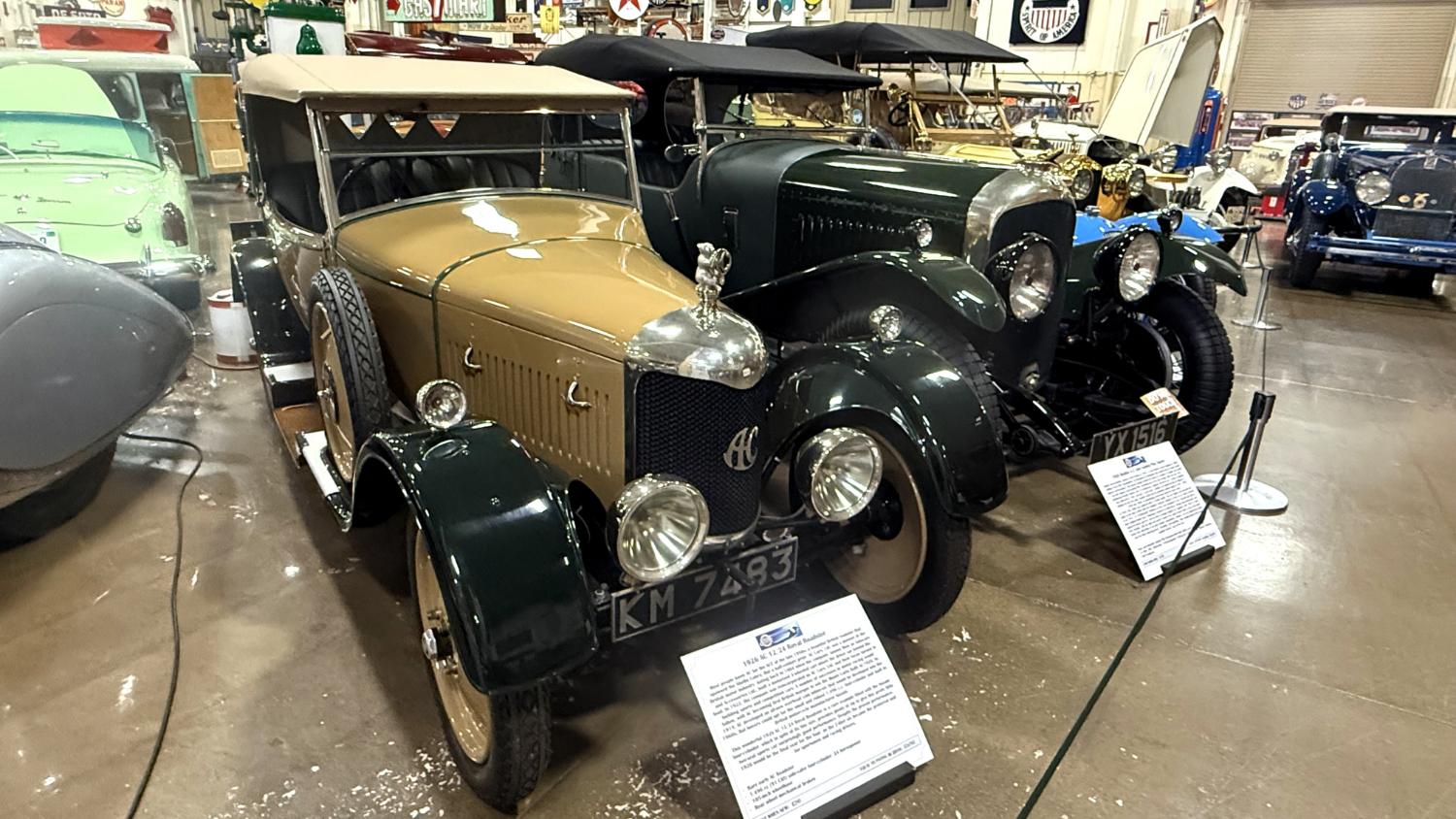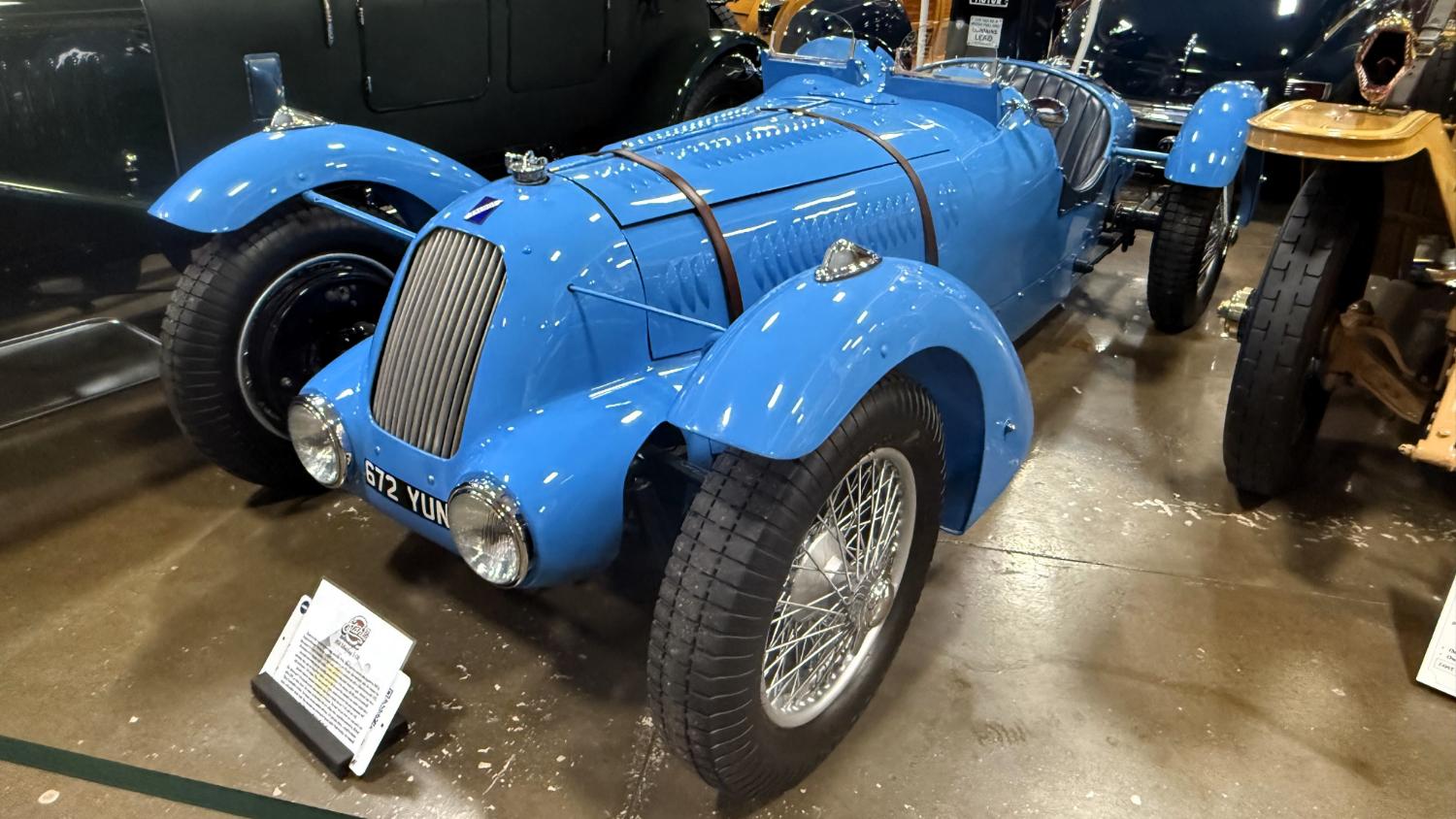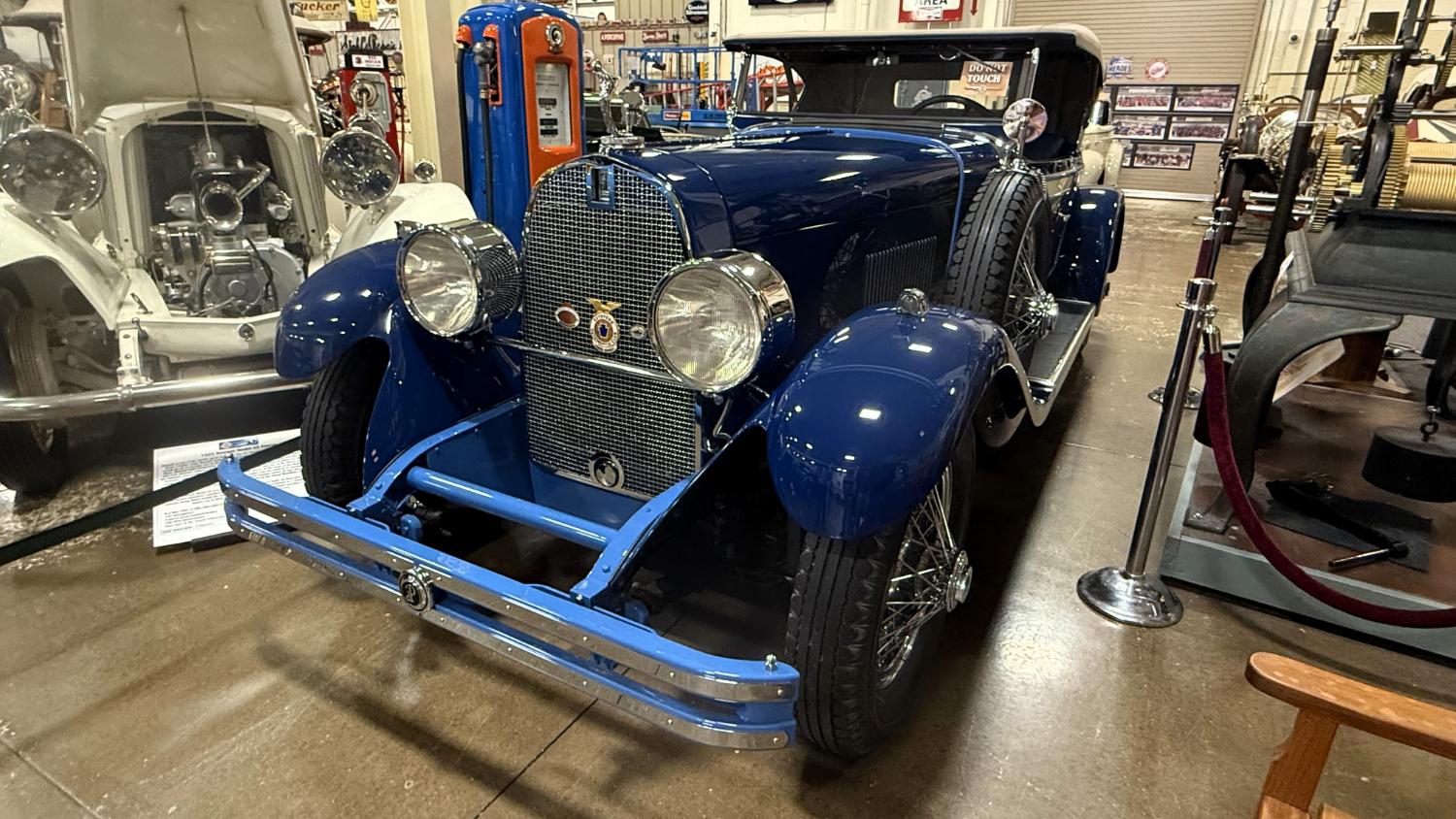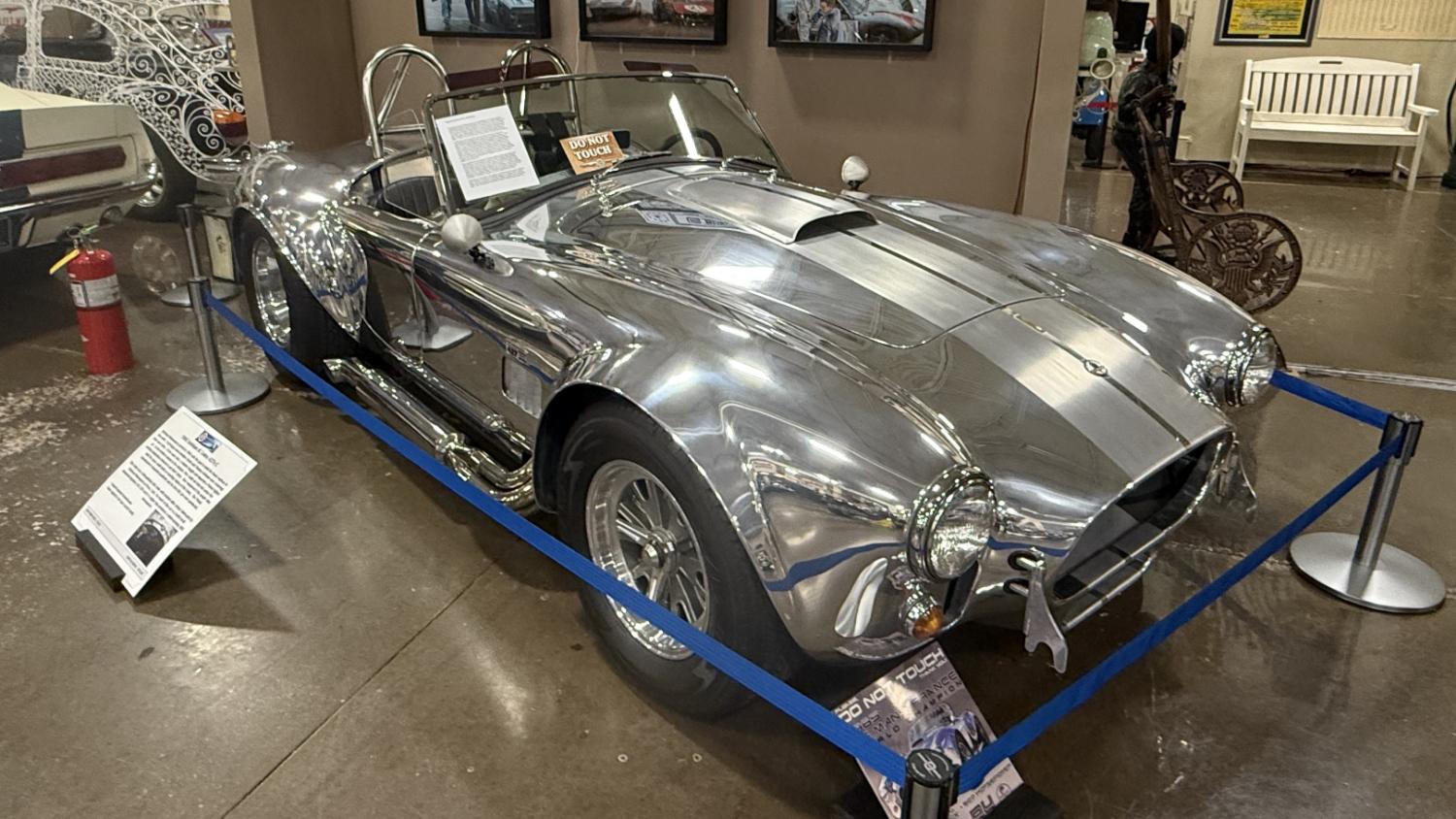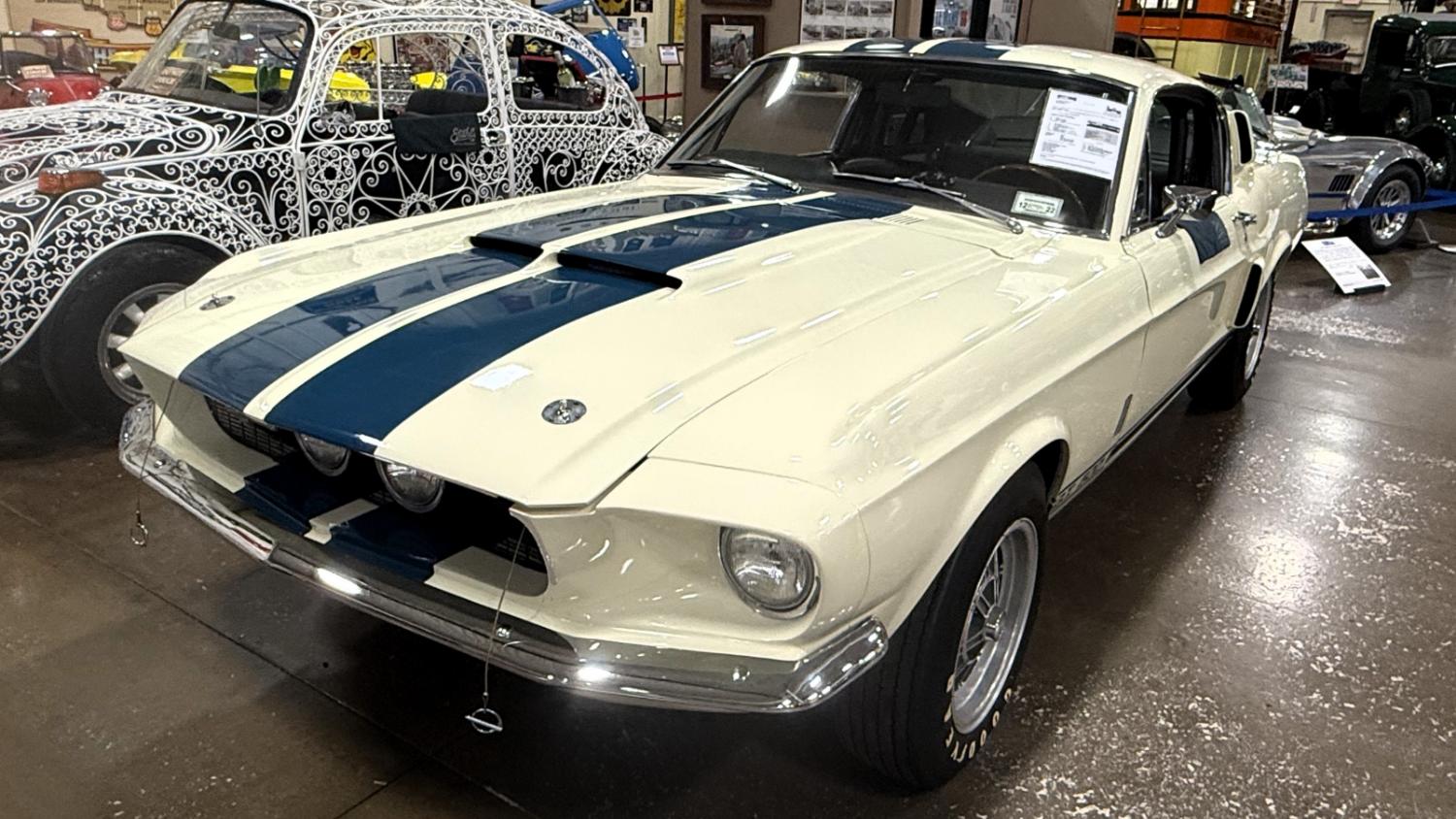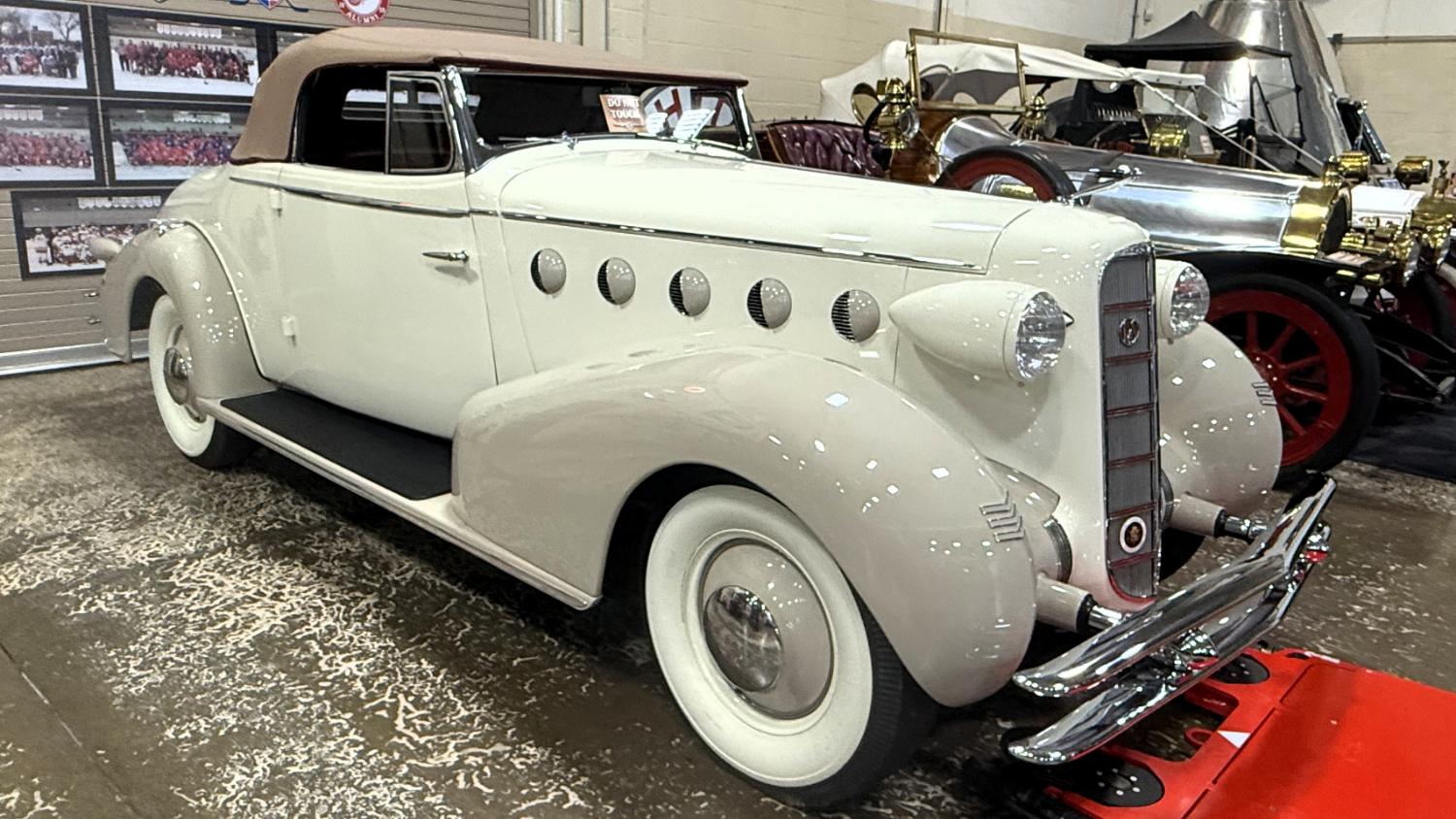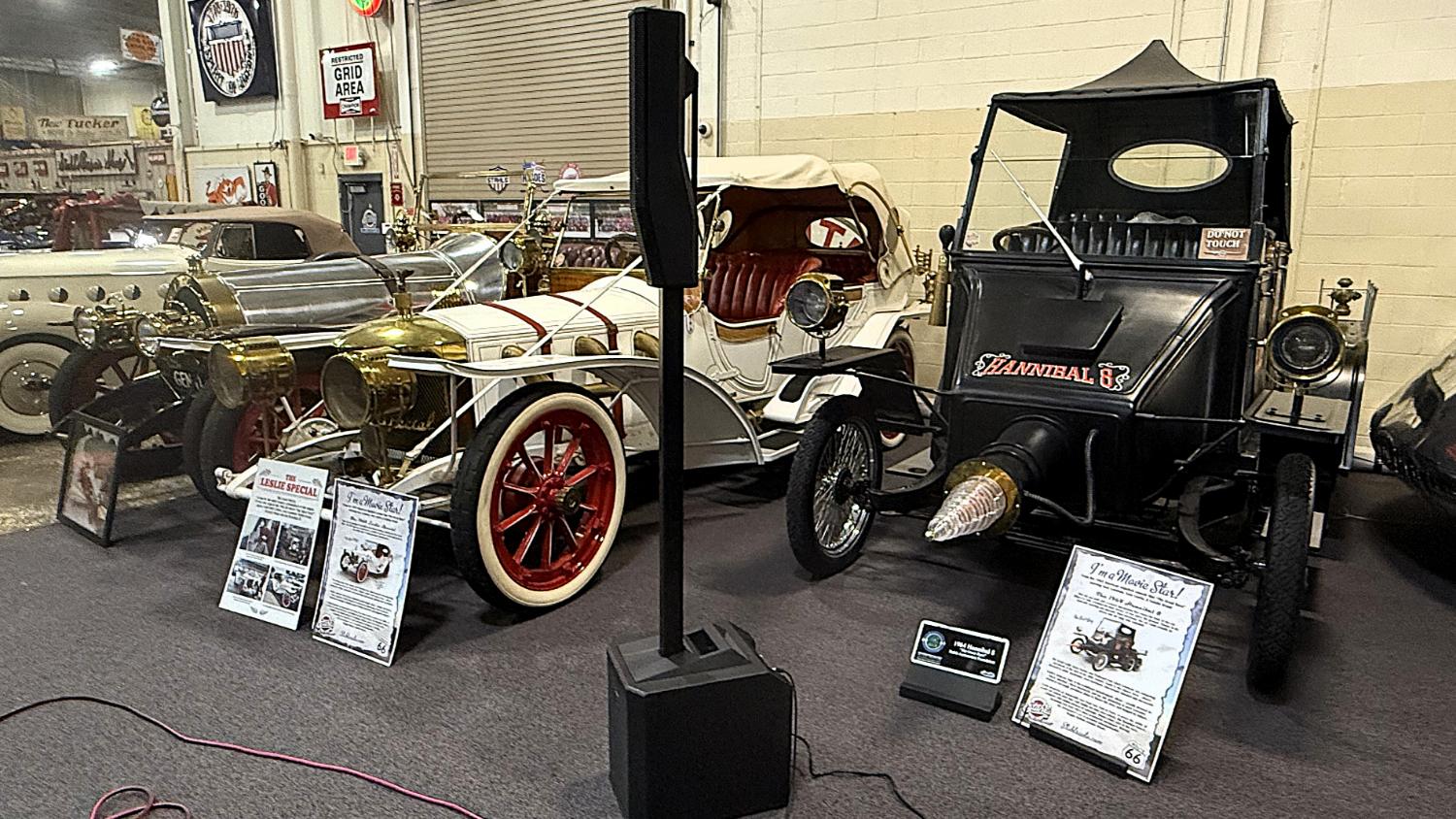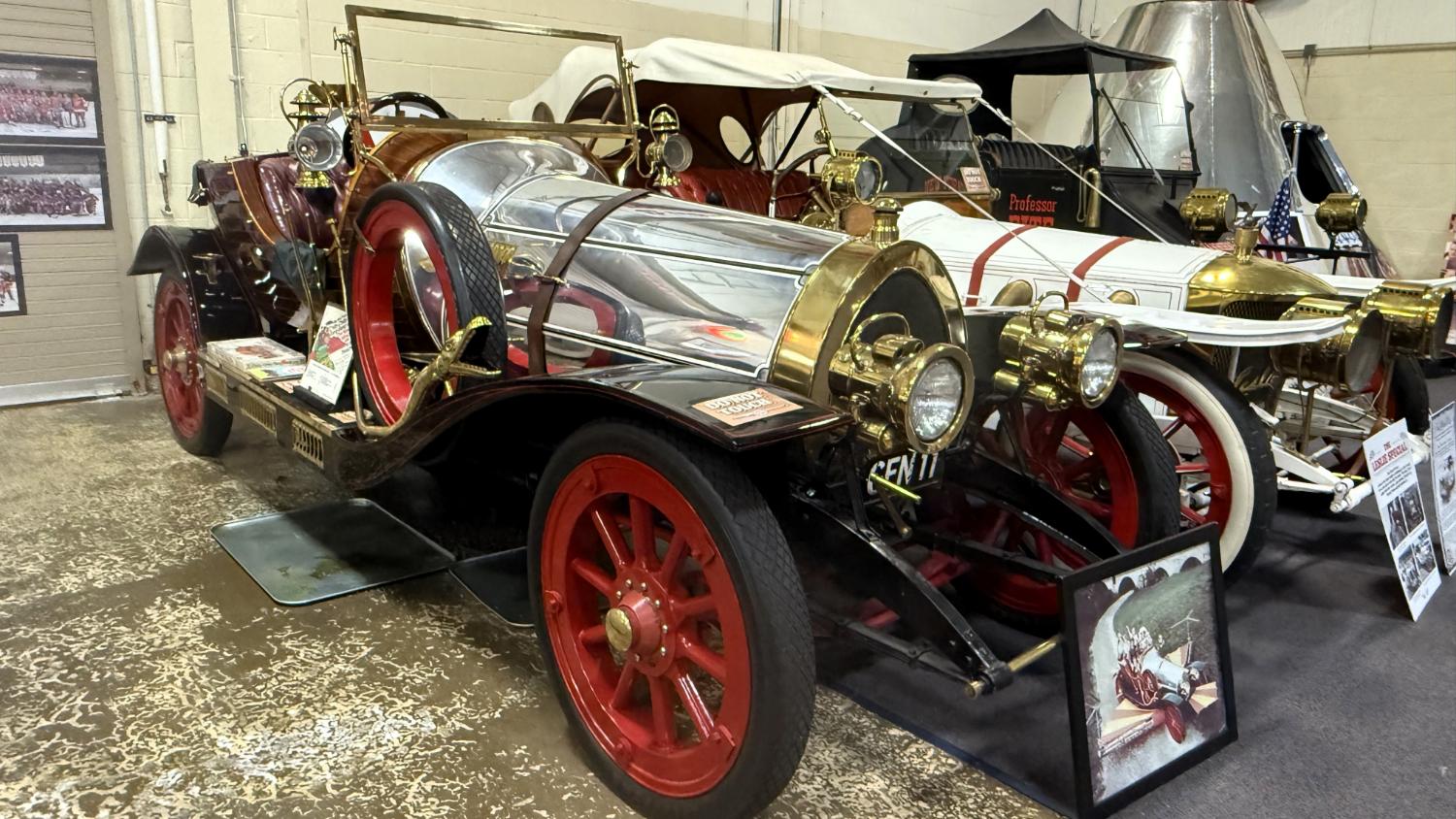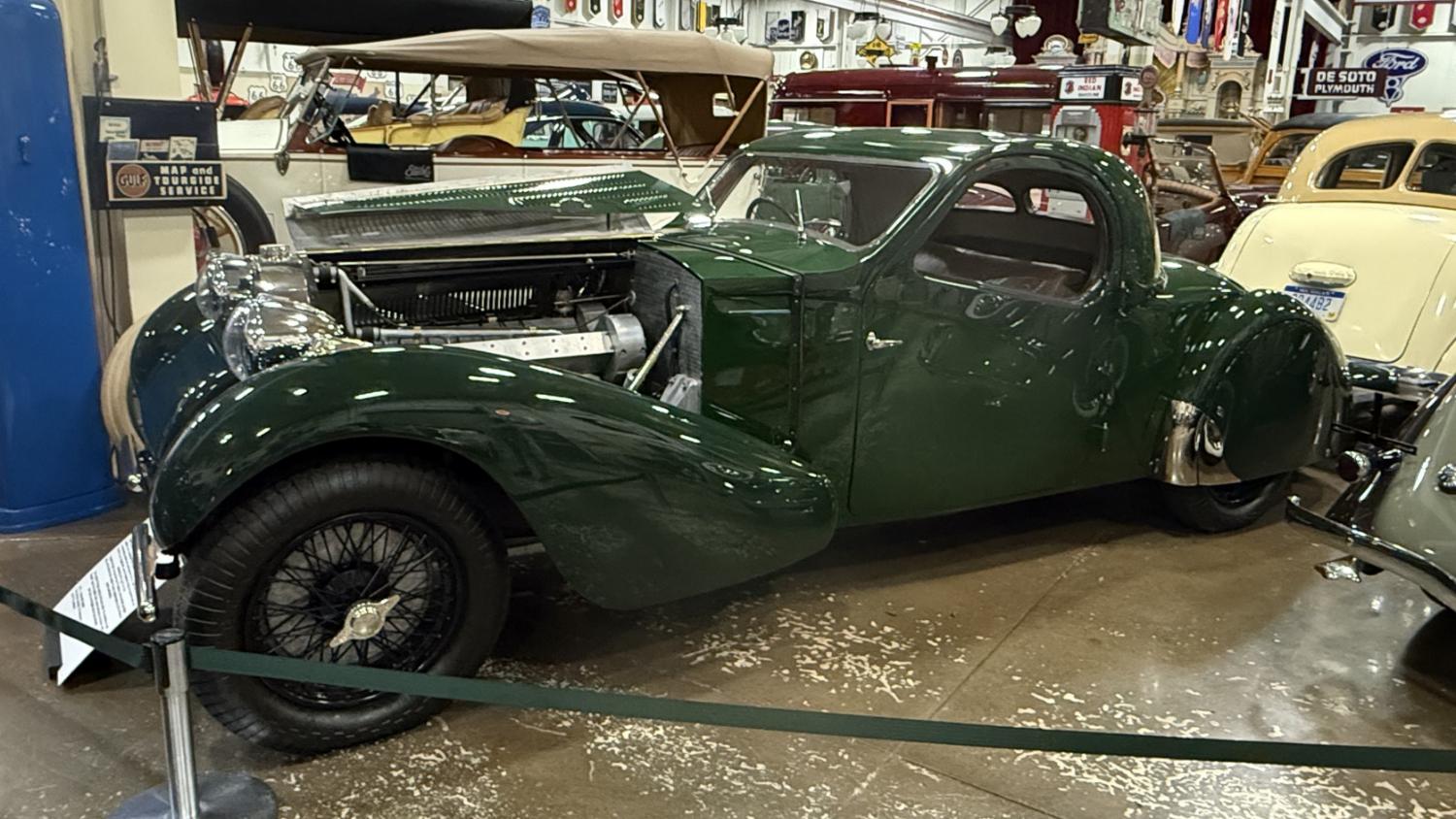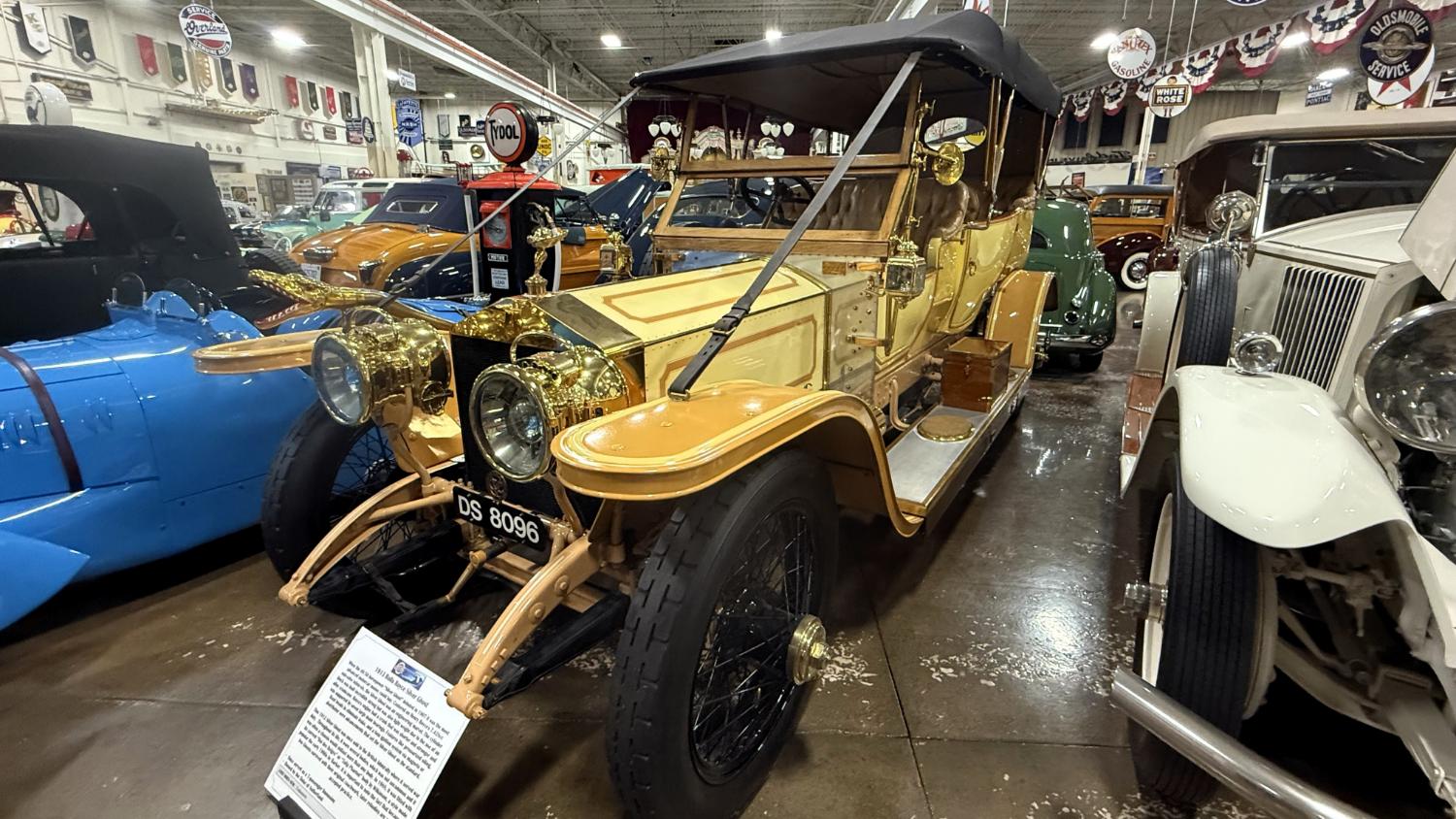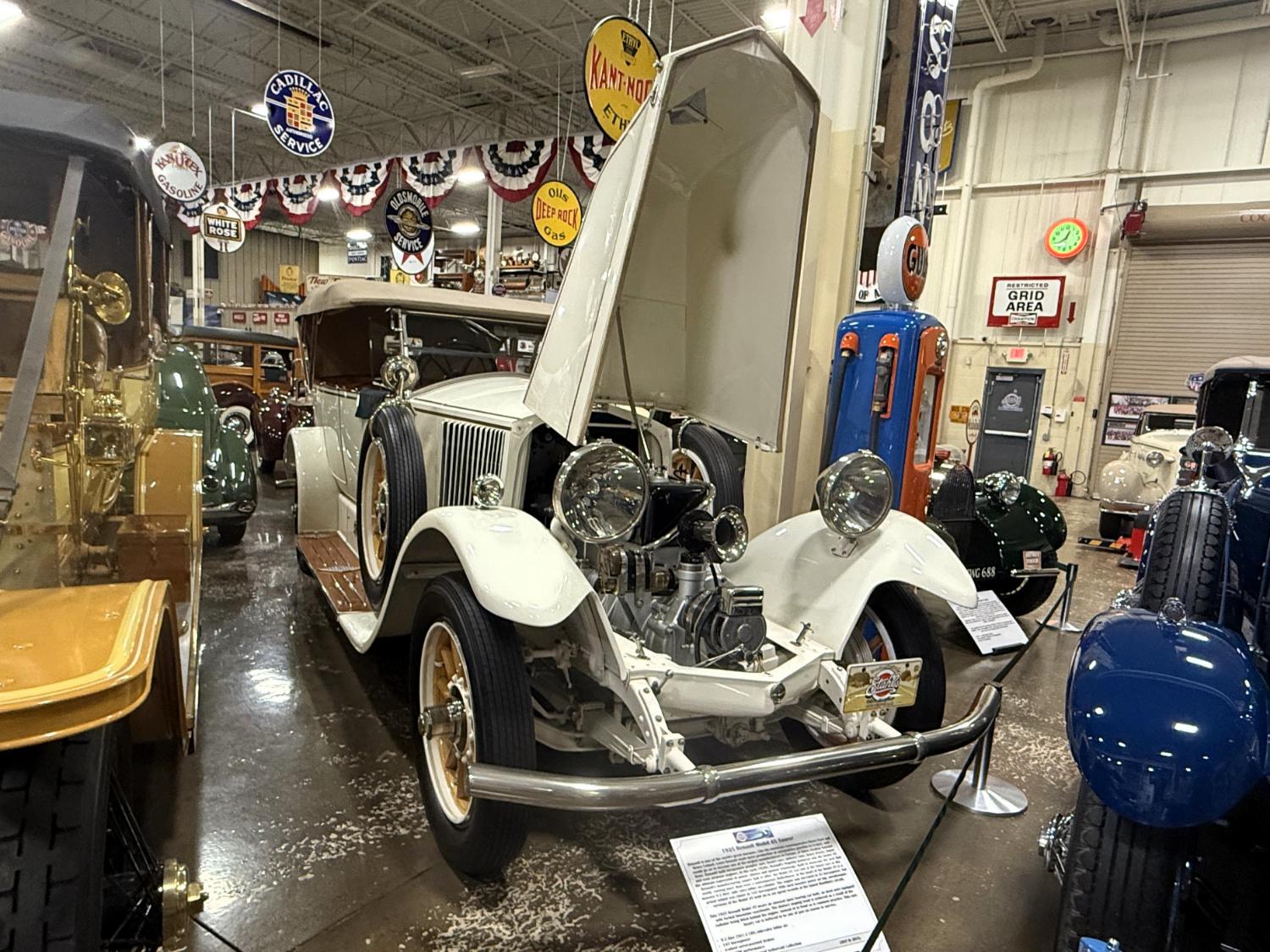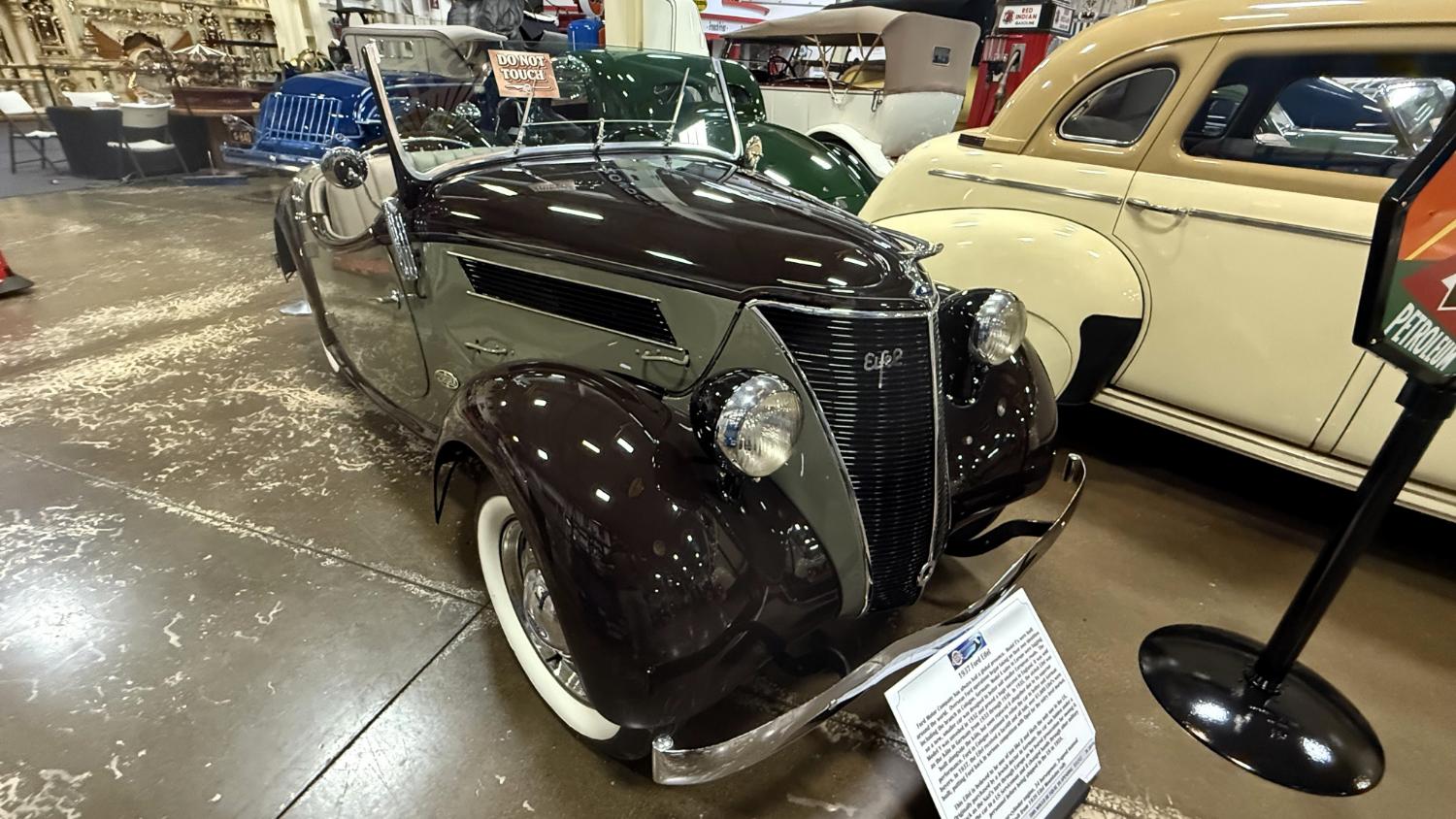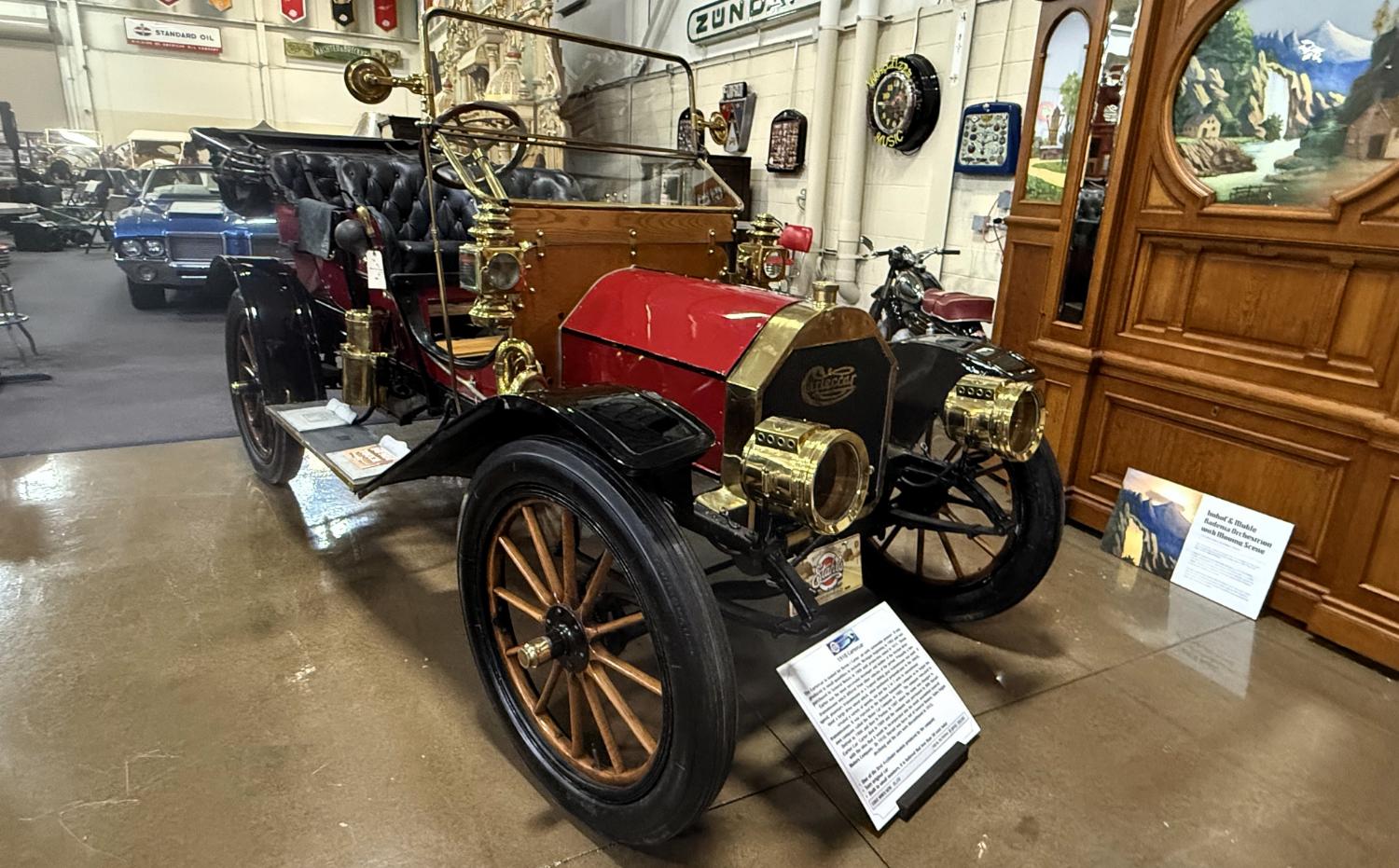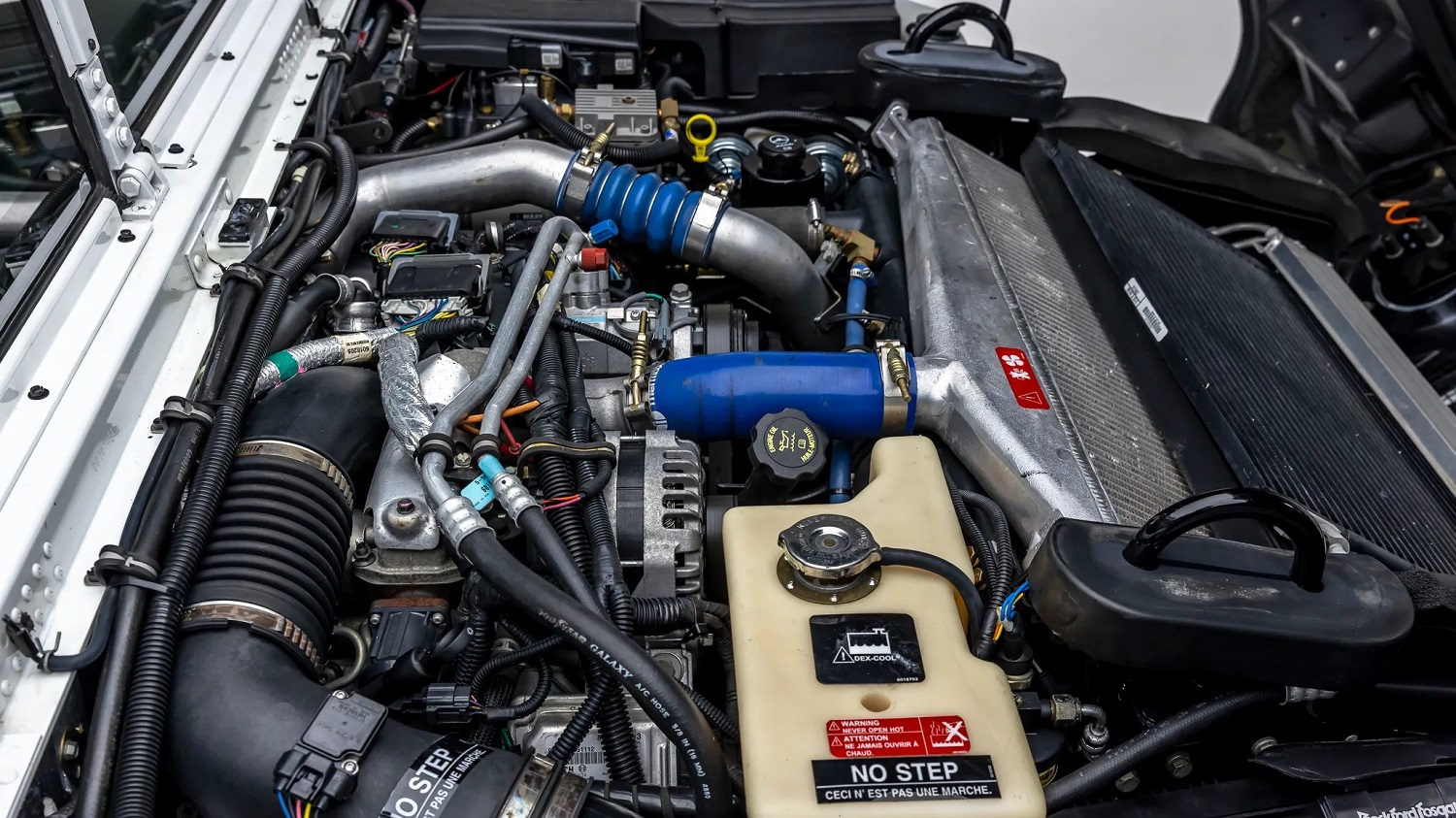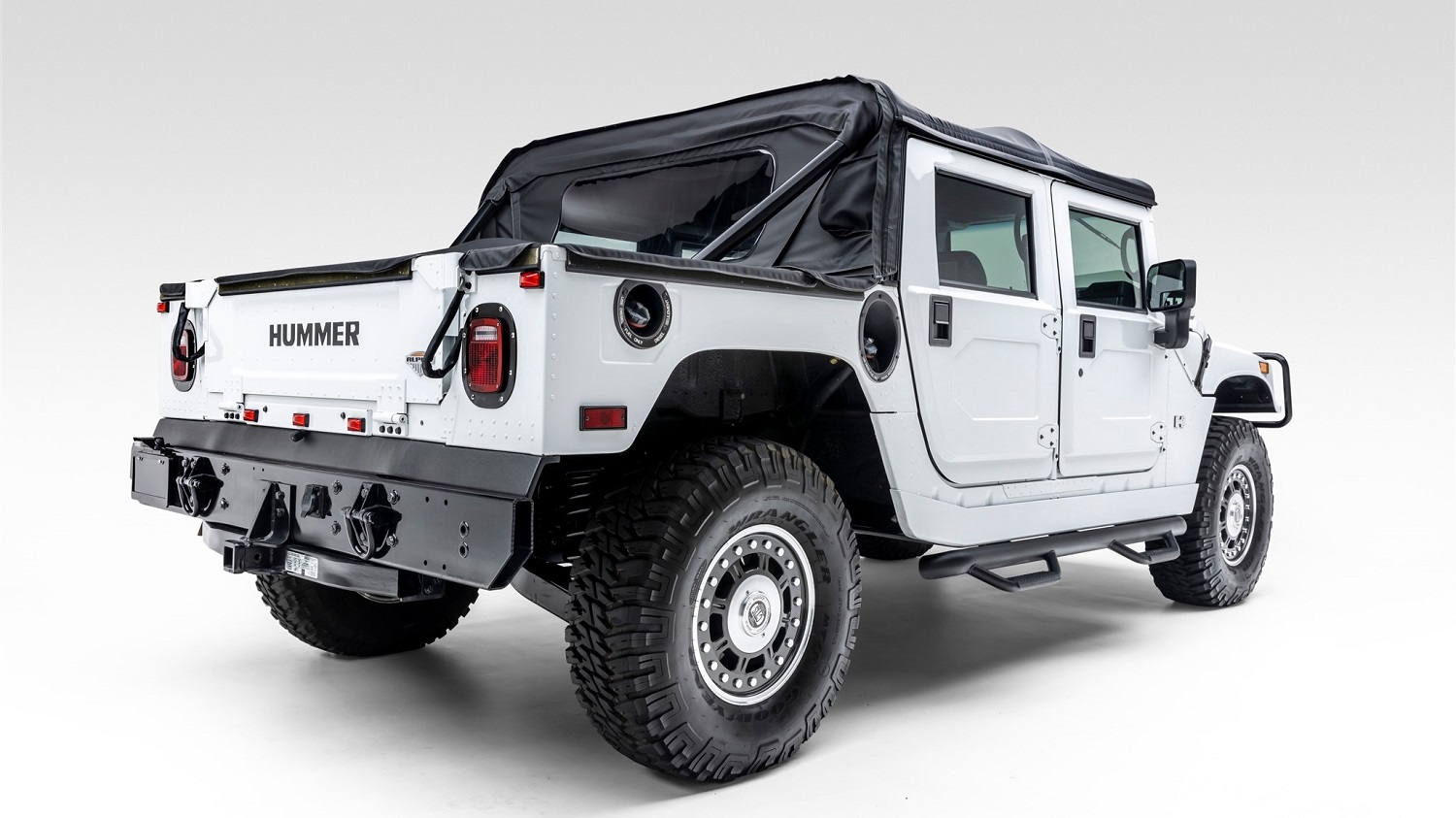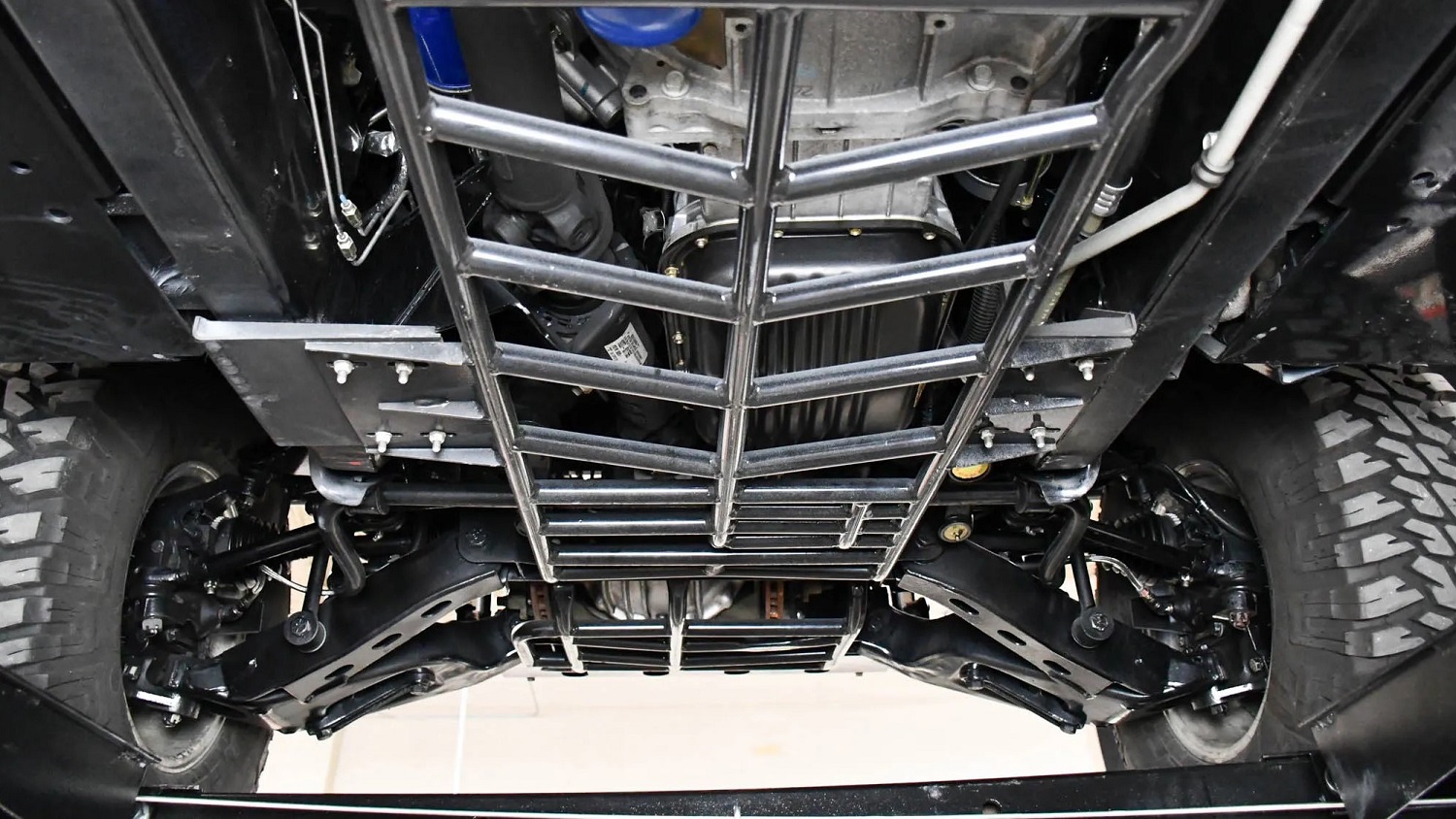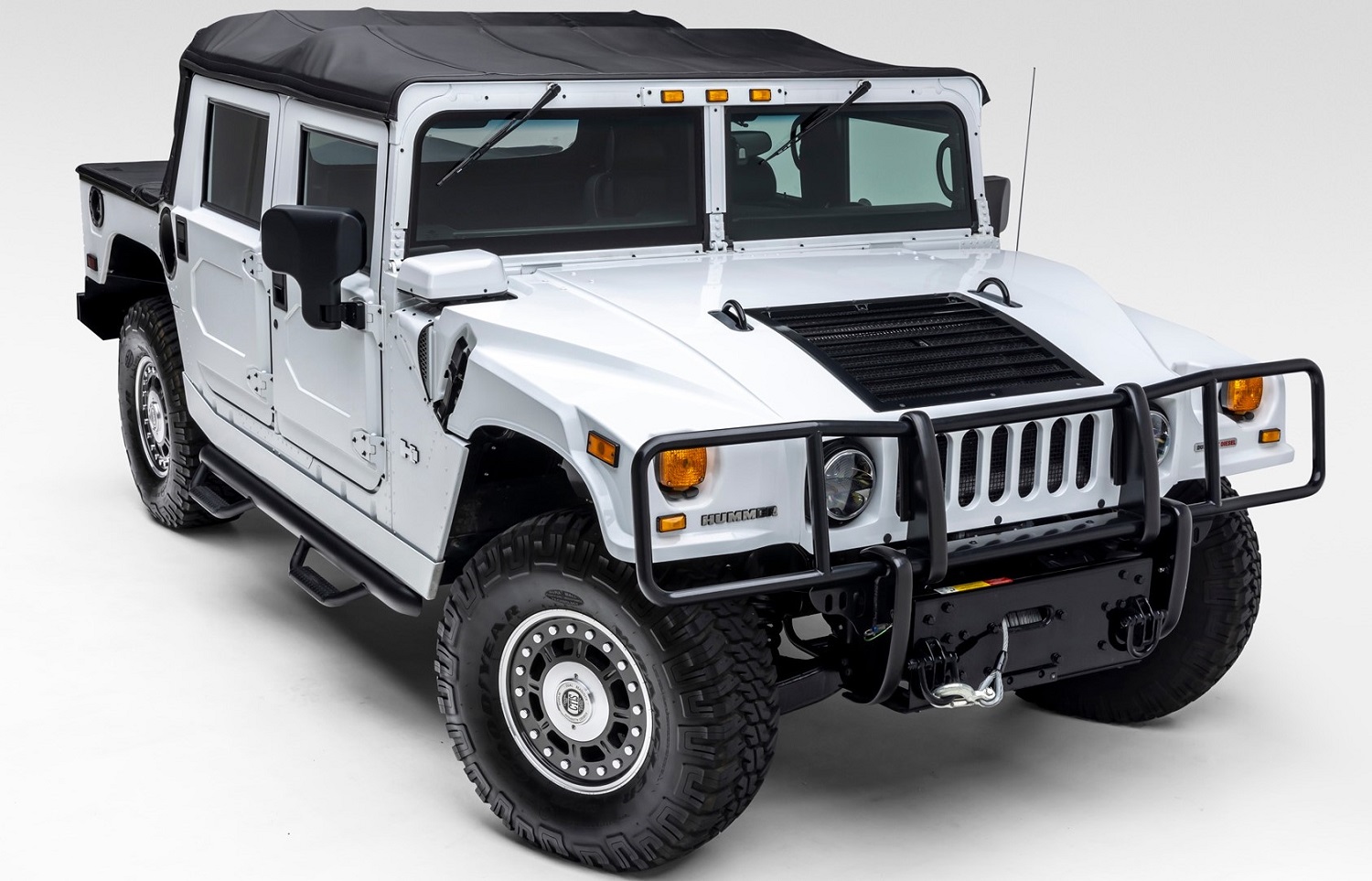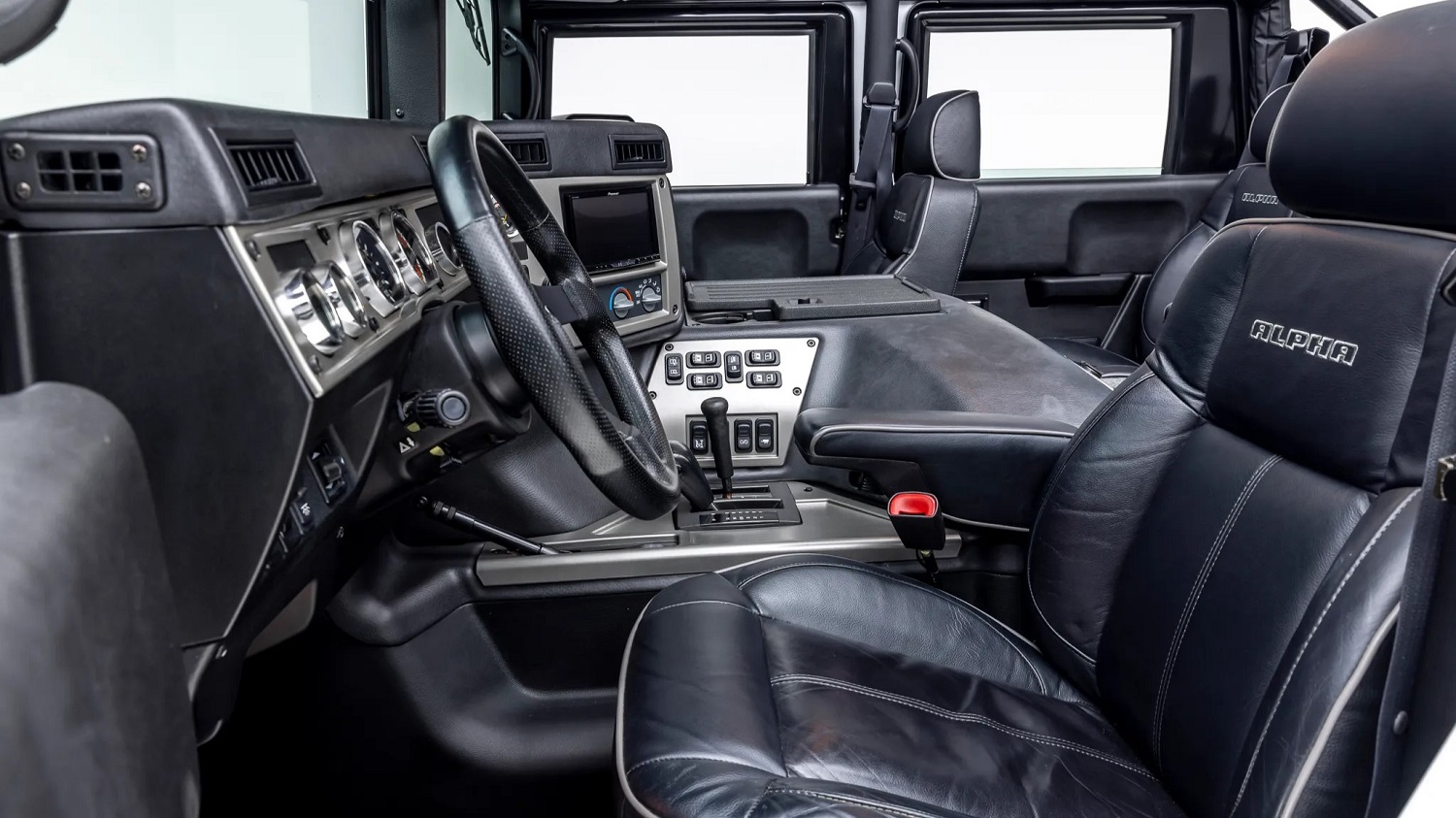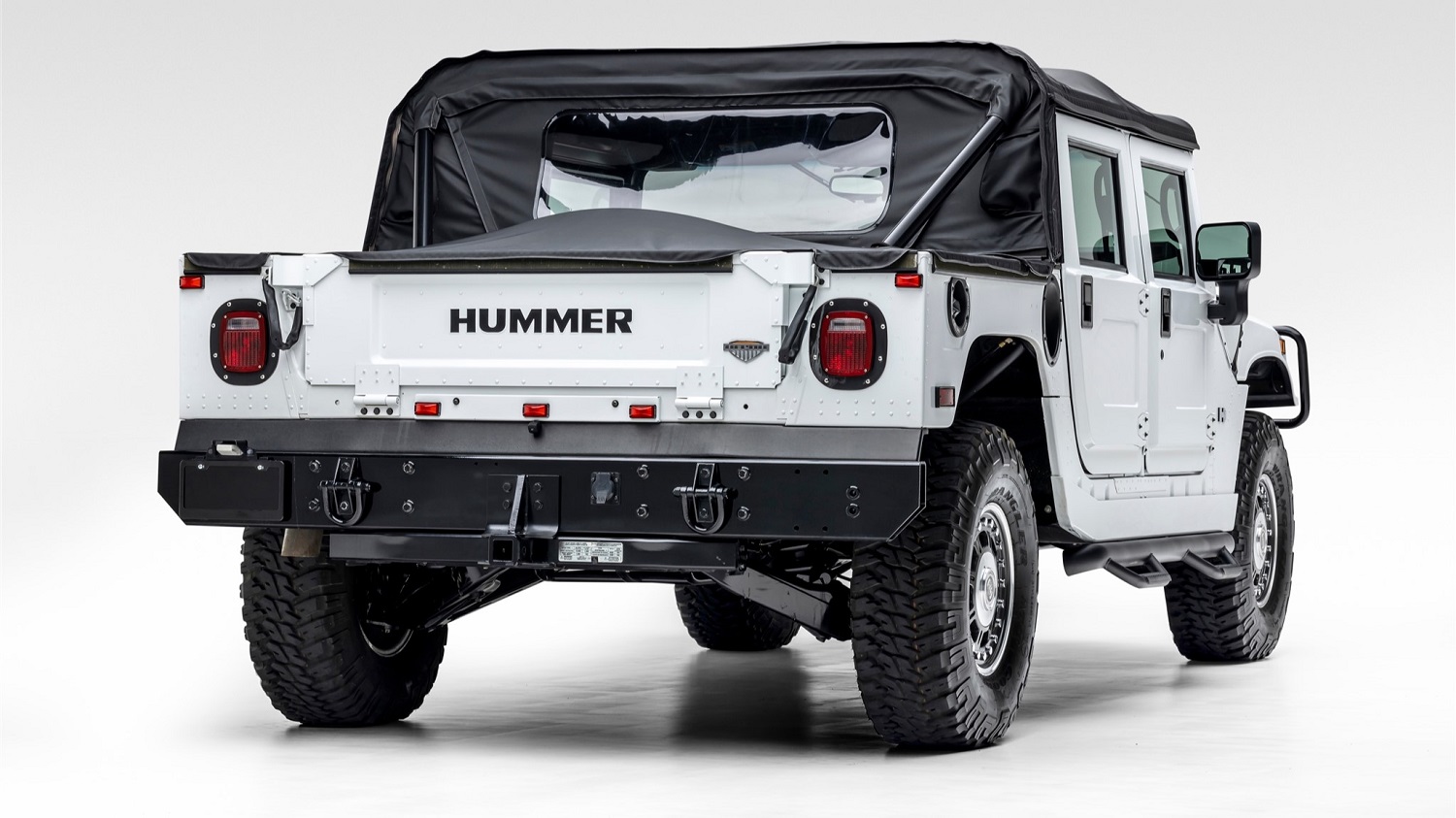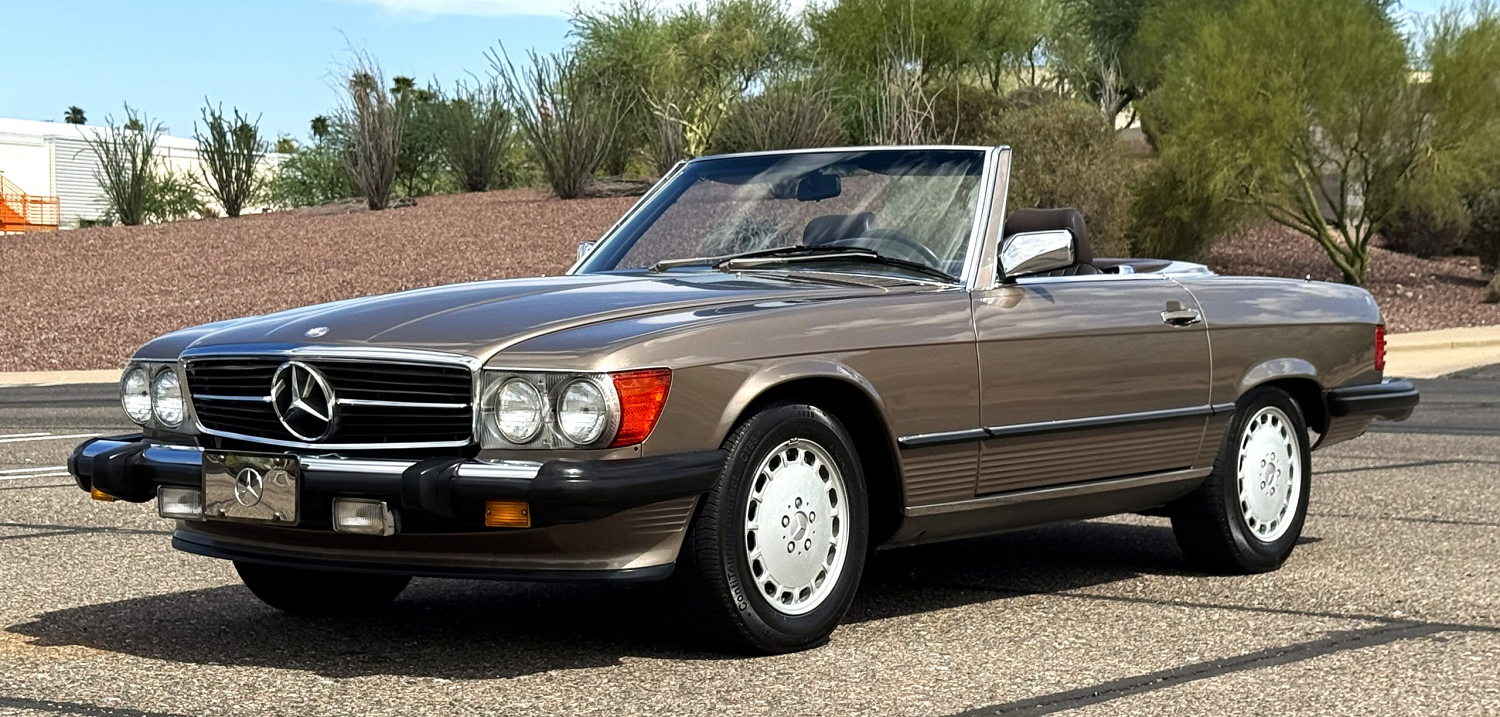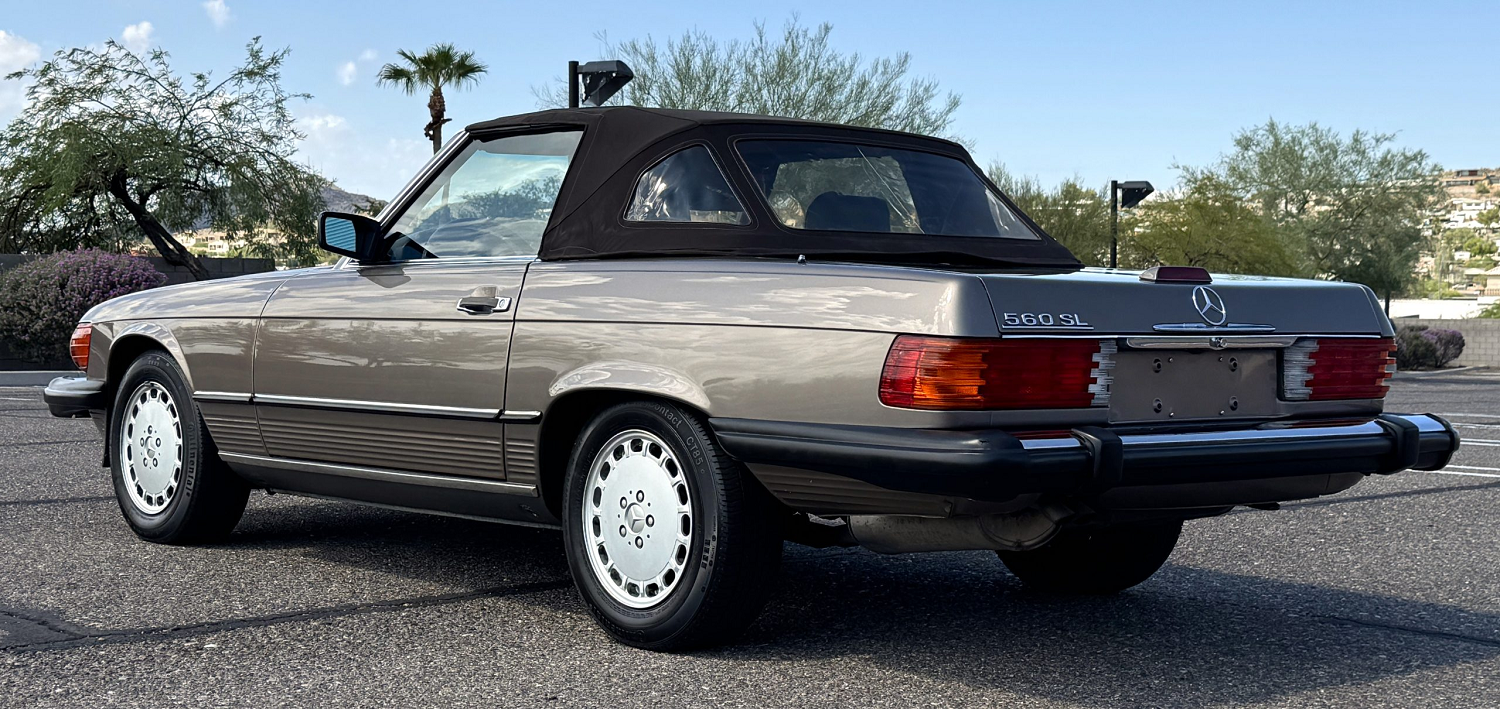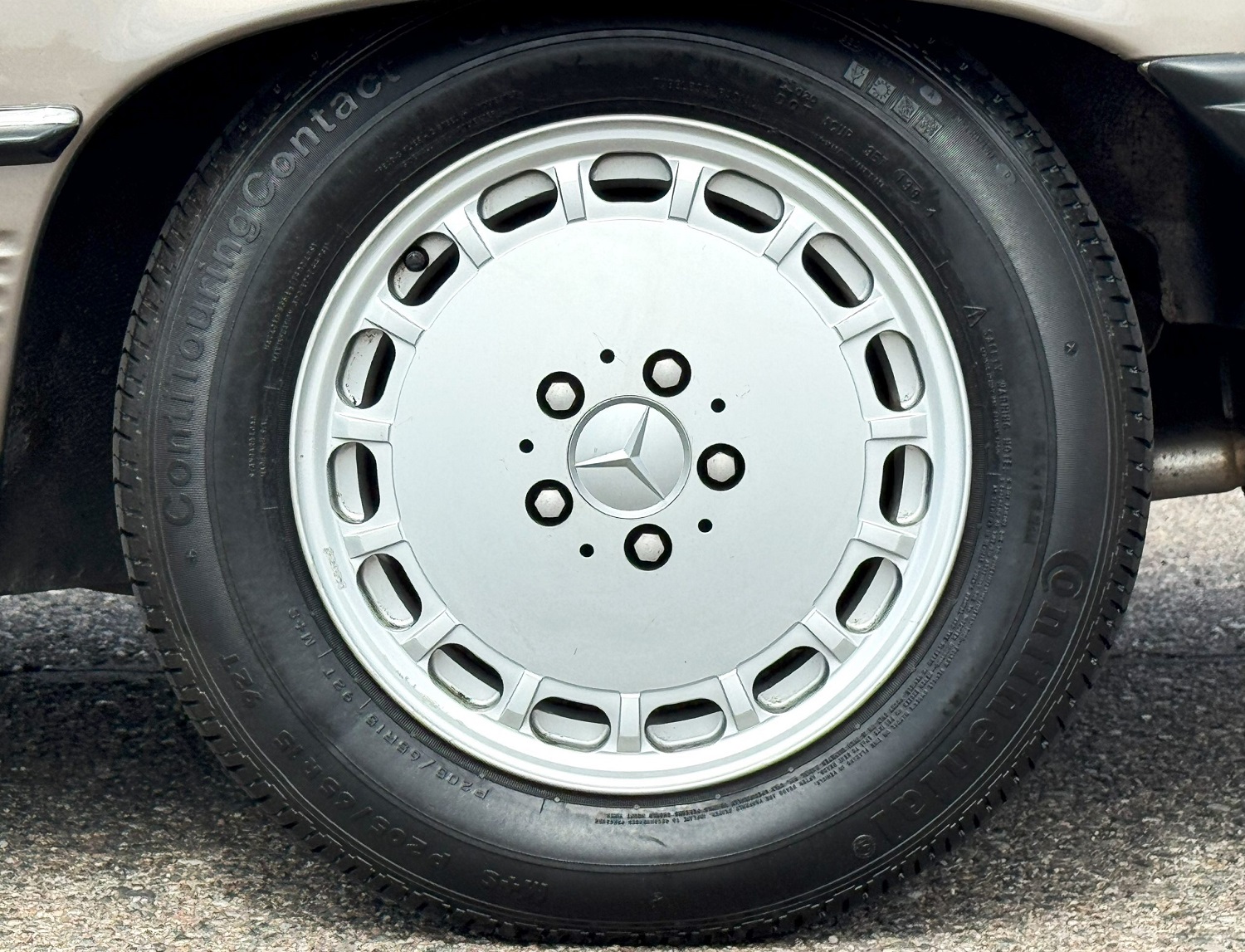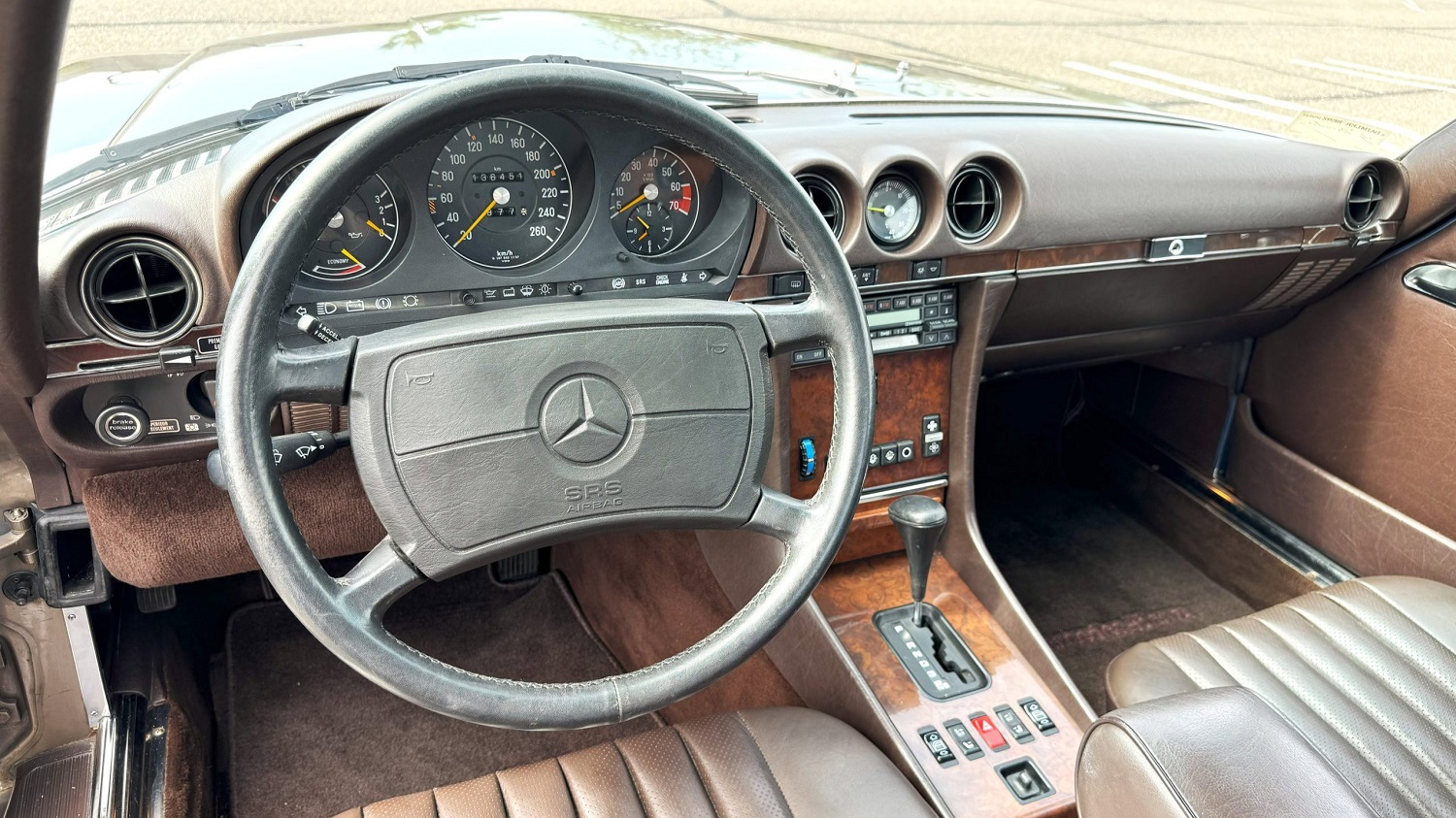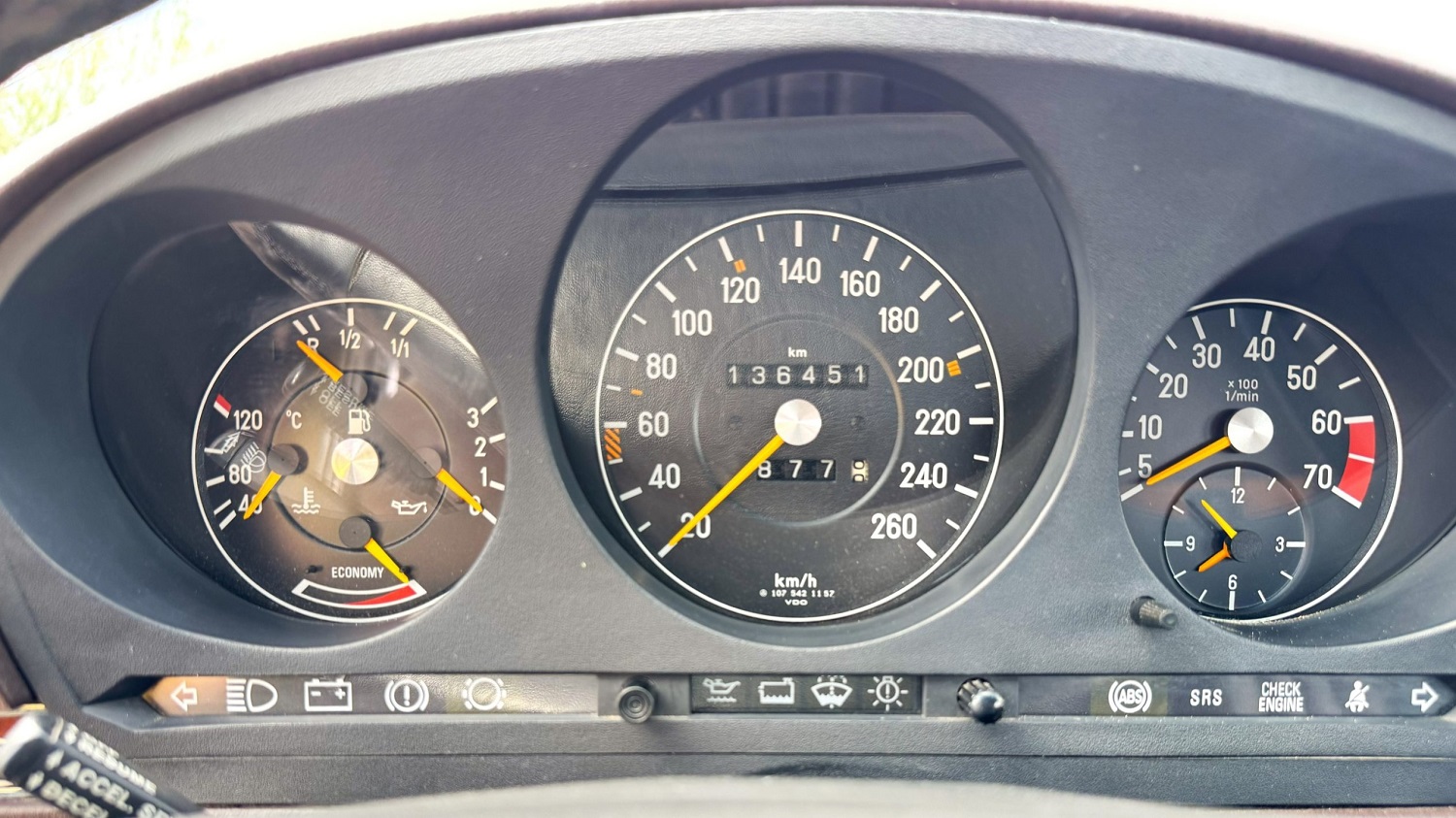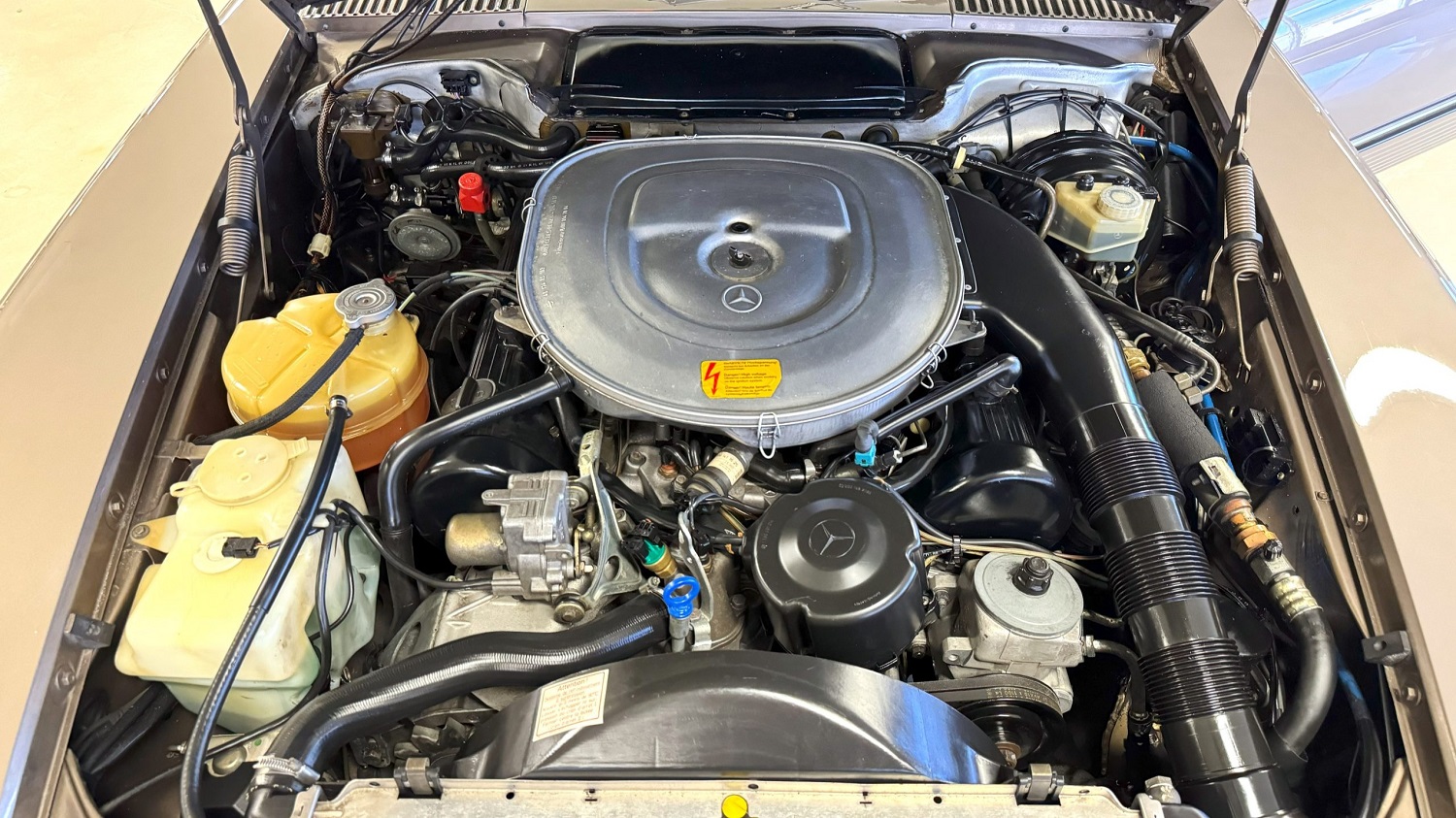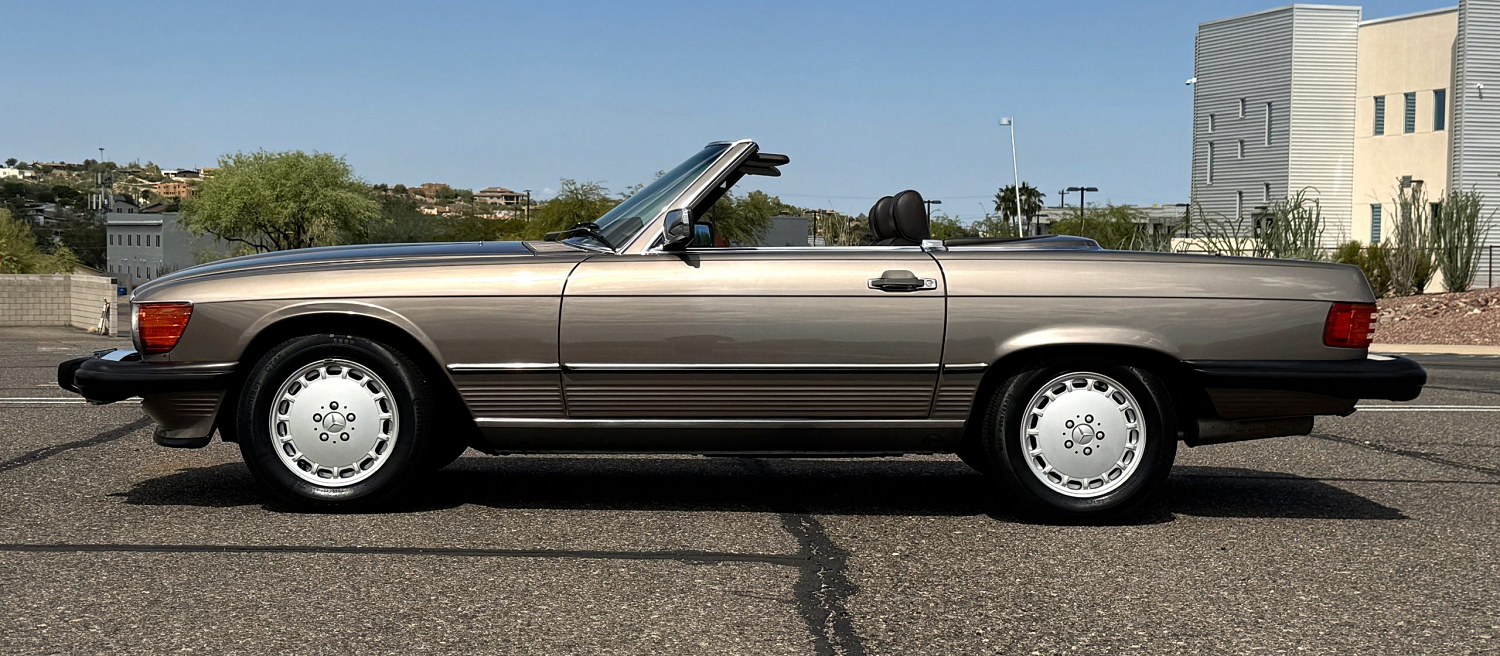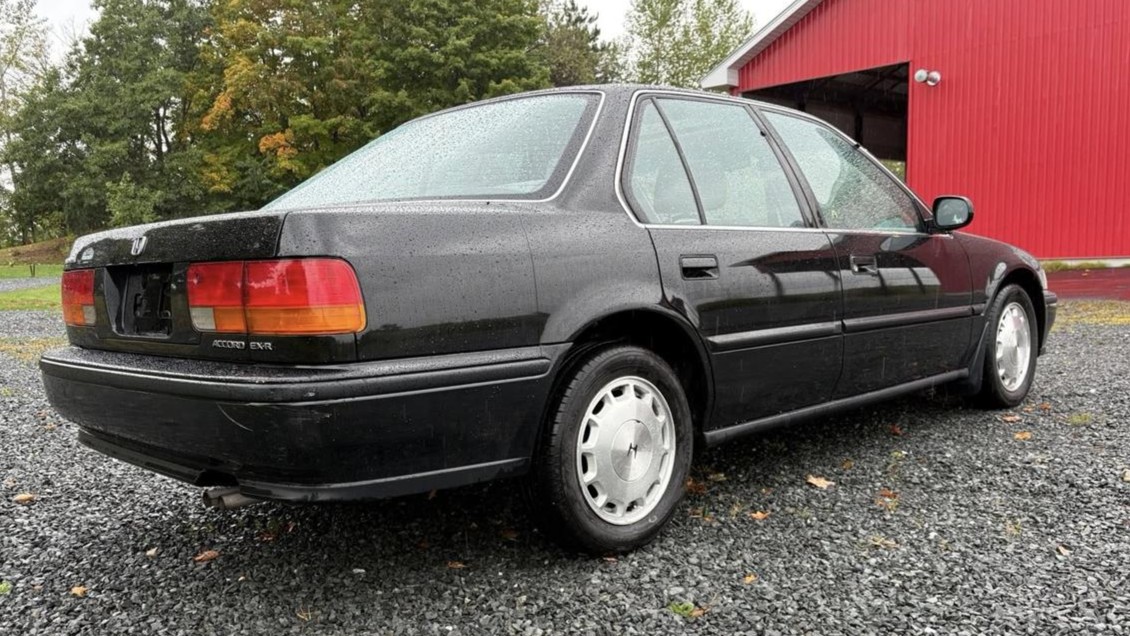Barrett-Jackson will offer a number of highly coveted Mopars, including a custom, race-inspired 1970 Plymouth Barracuda (preview), during the Scottsdale Fall Auction, Oct. 15-18, 2025, at WestWorld of Scottsdale. Built by BBT Fabrications, a previous Barrett-Jackson Cup winner, the Barracuda is powered by an Indy Cylinder Head Gen II HEMI V8 engine rated at 630 horsepower and features a race-inspired interior. Late-model Mopars on the docket include a 2023 Dodge Challenger SRT Demon 170 (preview) with 48 actual miles.
“Led by their iconic engines, raw power and distinctive styling, Mopar helped ignite a muscle car war in the 1960s that’s still part of the DNA in cars rolling off Stellantis production lines today,” said Craig Jackson, chairman and CEO of Barrett-Jackson. “From restored classics and customs featuring modern performance upgrades to a concept vehicle inspired by the past, our docket of collectible Mopars reflects the legendary status these vehicles cemented into our culture.”
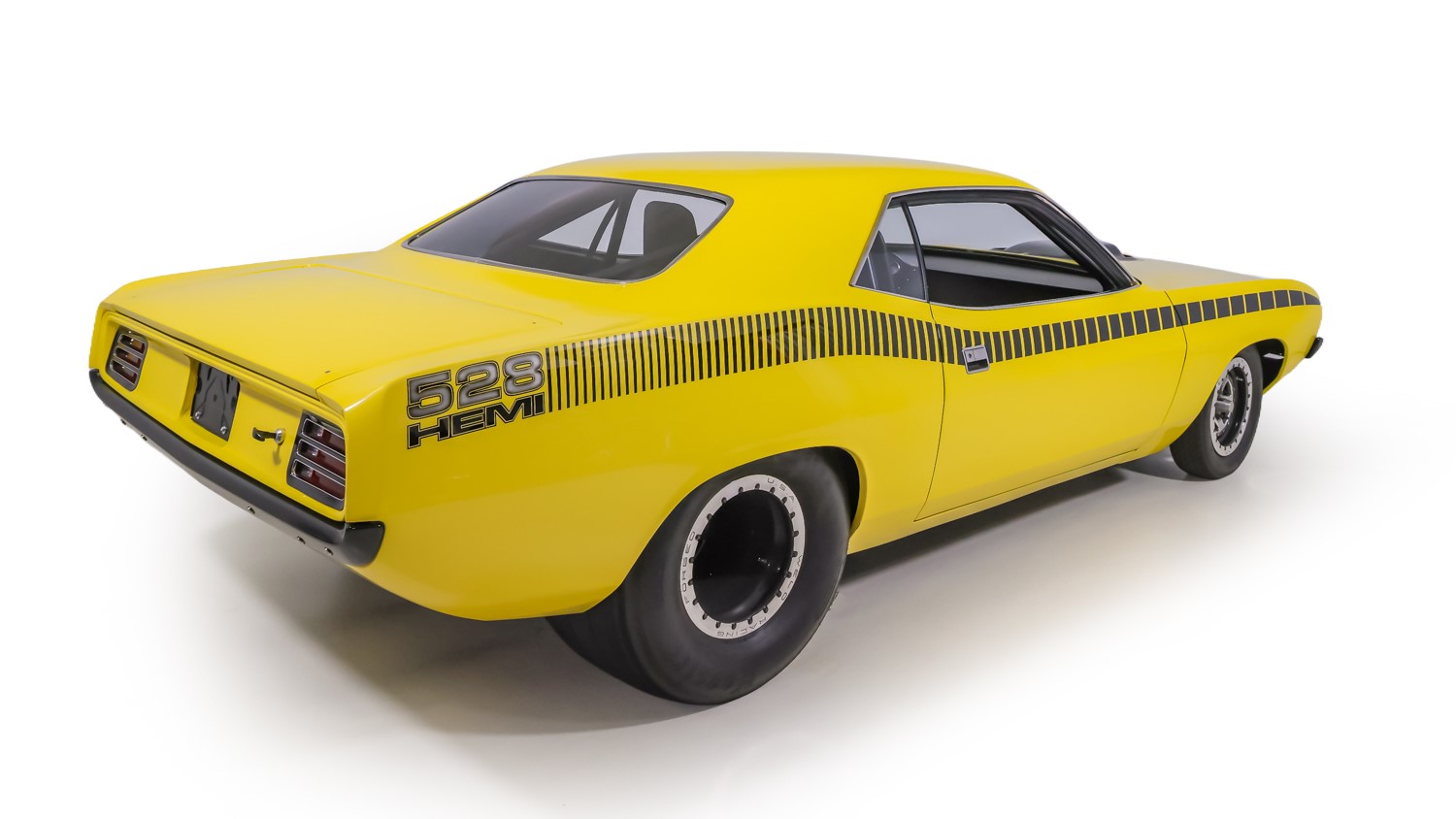
Featured in the lineup of Mopars crossing the block during the Scottsdale Fall Auction is the custom 1970 Plymouth Barracuda (preview) built by BBT Fabrications, a previous Barrett-Jackson Cup winner. This one-off, custom Barracuda is powered by 528ci Gen II HEMI V8 engine rated at 630hp and 660 ft/lbs of torque. The HEMI is equipped with a Holley carburetor, Shaker air cleaner, ceramic-coated long-tube headers and a 3-inch ceramic-coated exhaust system with X-pipe and Flowmaster mufflers. Power is sent through an A&A Transmissions Chrysler 3-speed automatic transmission to a Moser 9-inch rear end with 31-spline axles and Eaton 4.11 gears with posi-traction. The body features new AMD quarter-panels, custom-fabricated floor pans, wheel tubs, firewall and engine bay, shaved marker lights, billet hood hinges and a lift-off decklid.
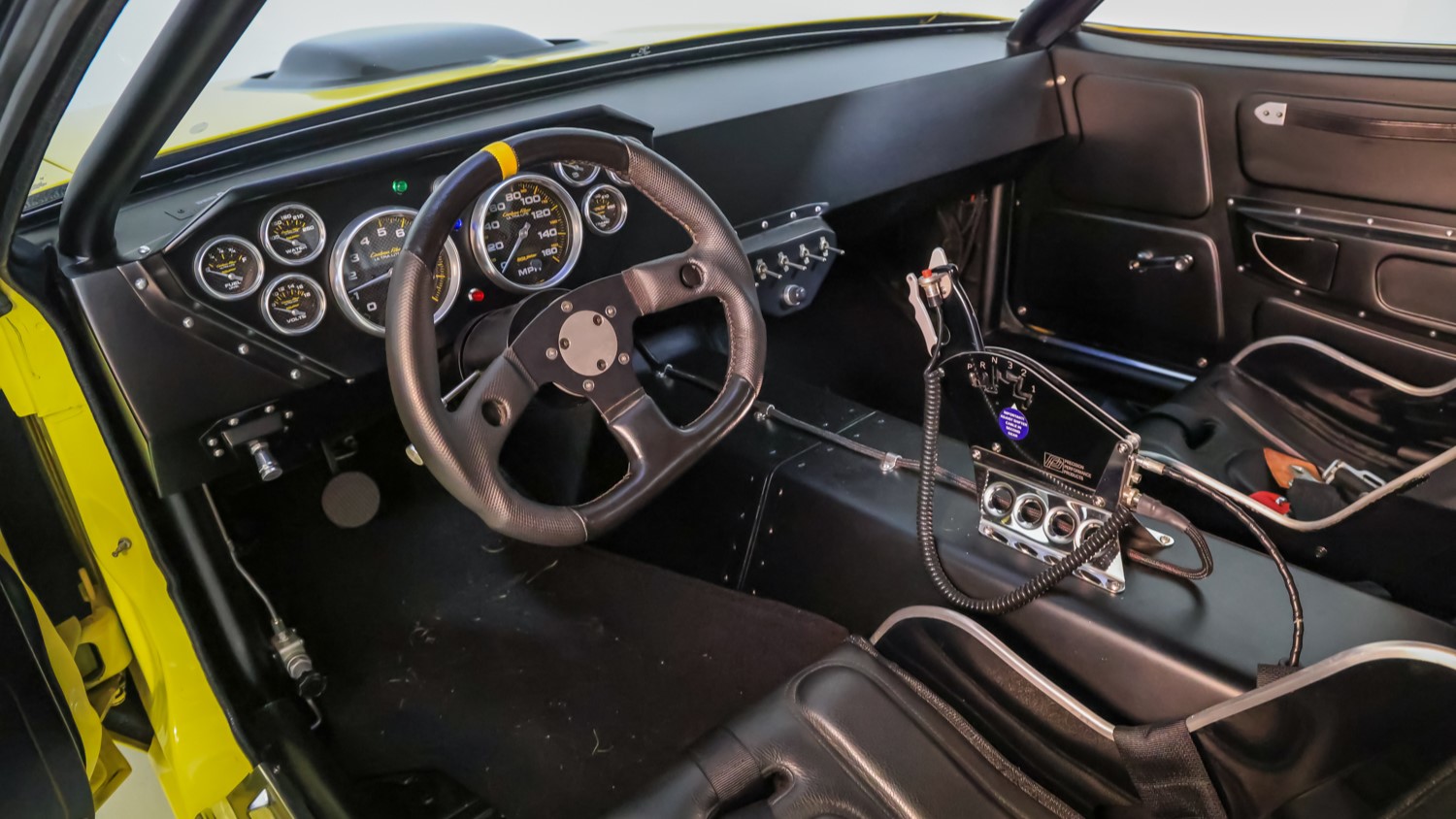
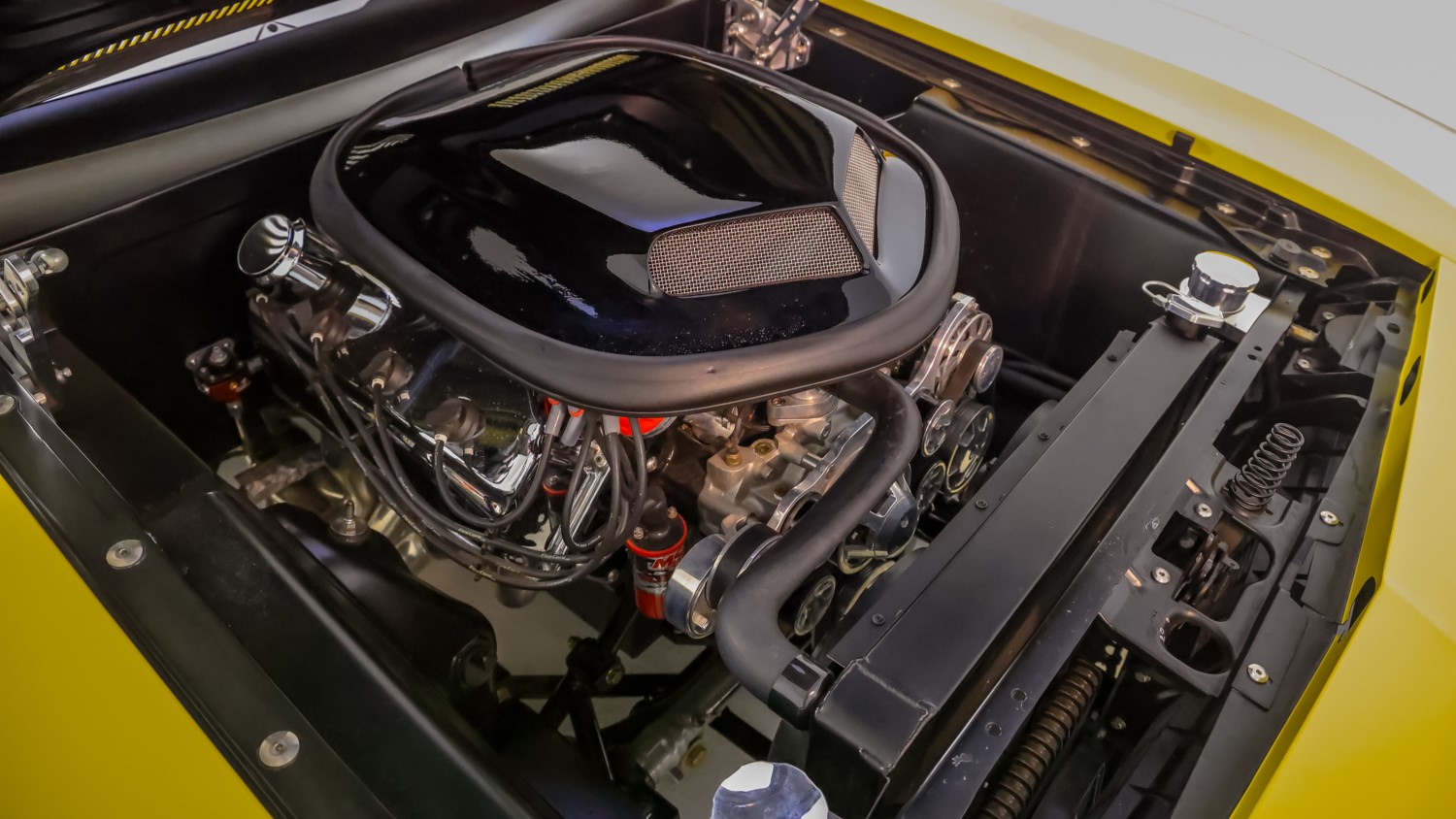
A custom 1973 Plymouth Barracuda (preview) on the docket is powered by a modern fuel-injected HEMI V8 mated to a high-performance 4-speed automatic transmission. The interior includes a custom leather setup with a custom center console, eight-ball shifter, Sharp steering wheel on a custom column, custom Barracuda digital gauges and a neon blue-illuminated custom start panel with push start, ignition, fuel pump, fan and auxiliary switches. It has approximately 880 miles since the build’s completion.
“Mopar’s HEMI V8 became an icon of the 1960s American muscle car era,” said Steve Davis, president of Barrett-Jackson. “The powerful engine combined with their iconic designs created a new opportunity to put race-inspired vehicles on the road. Bidders will have the chance to own a Mopar, like a 1970 Dodge Challenger R/T (preview) or the ‘BBP Project ’Cuda’ concept car (preview) that’s faithful to its 1970-74 E-Body ancestors.”
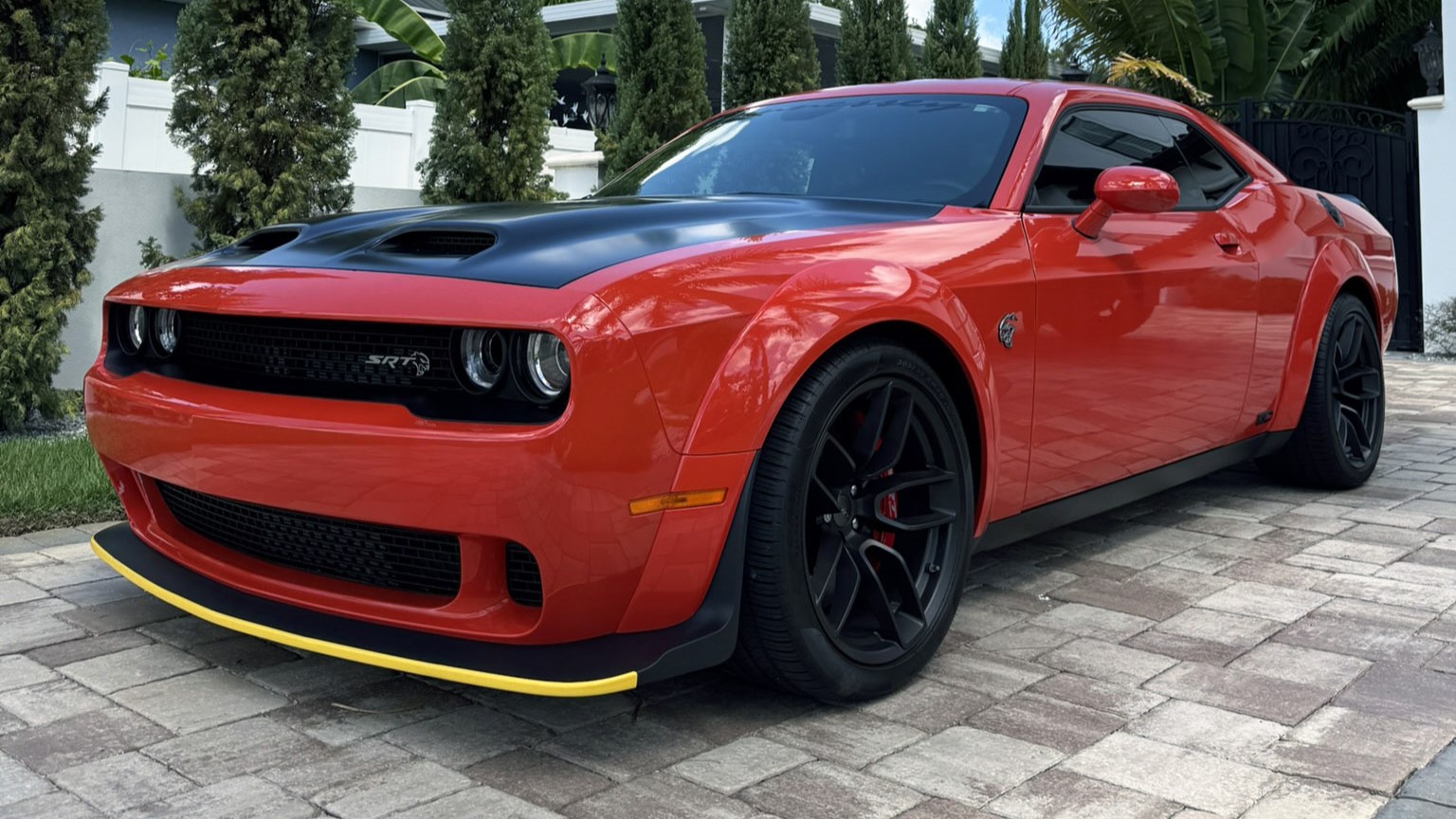
For fans of modern muscle, the 2023 Dodge Challenger SRT Demon 170 (preview) with the Hellcat Redeye Widebody option is powered by a supercharged V8 engine producing 1,025 horsepower and has 48 actual miles. The interior includes Demonic Red 170 Laguna seats, the Premium Group with black Alcantara and Laguna materials, vented seats, suede headliner, premium-stitched dash panel, memory seating, carbon-fiber interior accents and an SRT Alcantara steering wheel with red LED logo.
A custom 2023 Dodge Challenger SRT Hellcat (preview) is powered by a supercharged HEMI V8 upgraded with the Hennessey Performance H1000 kit delivering 1,000hp. This Widebody Jailbreak Last Call Edition has factory equipment that includes adaptive damping suspension, Brembo 6-piston brakes, line lock, launch control and the exclusive Jailbreak Package featuring widebody fender flares.
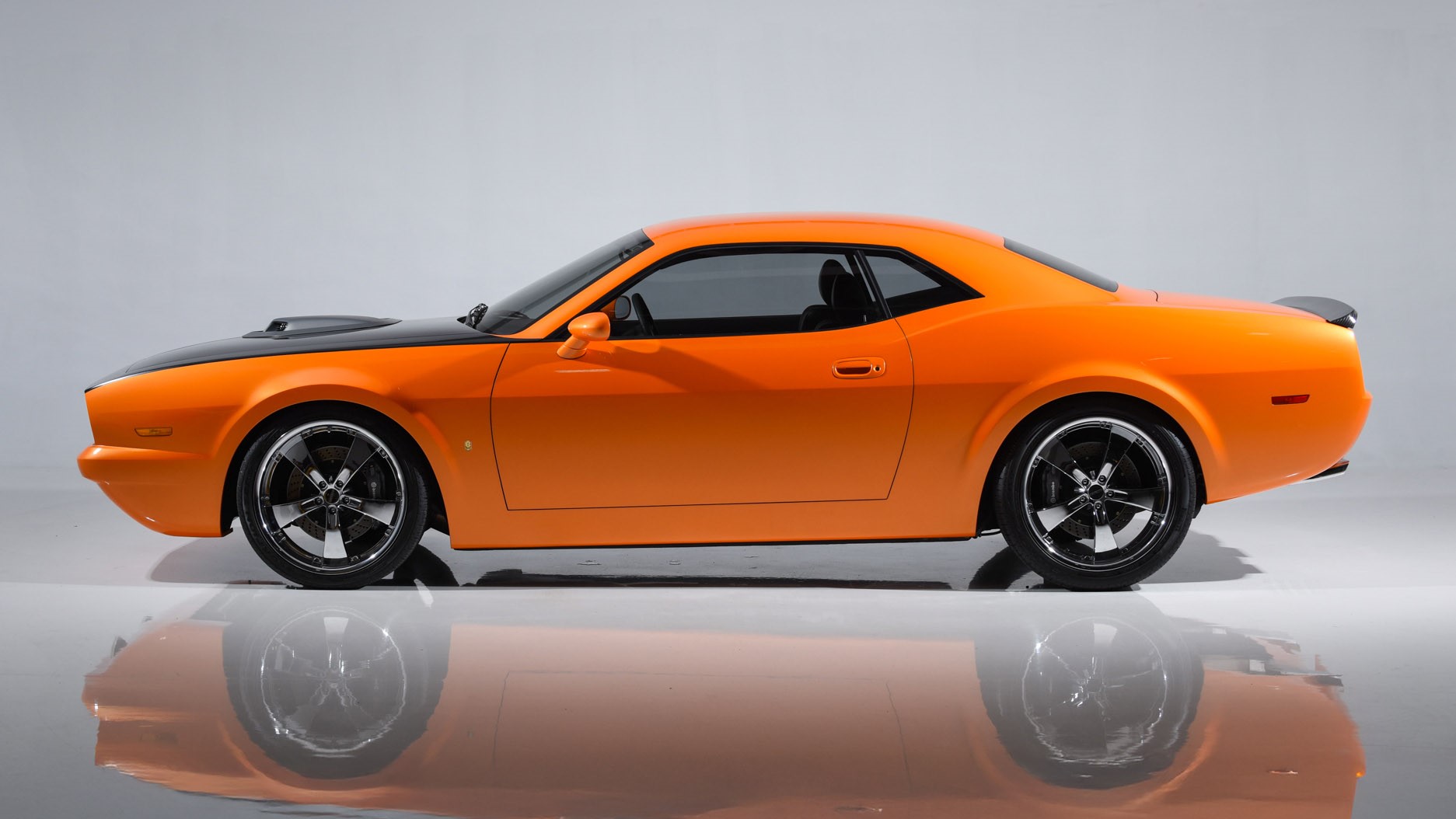
Known as the “BBP Project ’Cuda,” the custom 2008 Plymouth ’Cuda concept car (preview) was designed and built to encourage Chrysler Corporation to bring back the ’Cuda model and the Plymouth brand. Painted in Lambo Pearl Orange, it features an all carbon-fiber body with functional Shaker hood and rides on 22-inch Zenetti wheels and Pirelli tires. This concept ’Cuda was shown at the 2007 SEMA Show in Las Vegas, where it made its official debut.
Rotisserie-restored to its factory Bright Red paint, the custom 1970 Dodge Challenger R/T (preview) features a new vinyl top and black interior with every component upgraded. It is powered by a HEMI engine mated to the rebuilt matching-numbers 4-speed manual transmission. The interior is complemented with air conditioning, Rallye instrument gauge cluster, pistol-grip shifter and an Out of Sight Bluetooth stereo system.
Those interested in consigning their vehicles with confidence for the Scottsdale Fall Auction are welcome to submit their application online. In addition, bidder registration is open, with three packages to choose from, upgrades for Muscle Lounge access and Hammer High Tops. Throughout the four-day Scottsdale Fall Auction, children ages 12 and under enjoy complimentary admission with a paying adult. General admission tickets for students ages 13 through college-age are $10 and adult ticket prices start at $28.
Be a part of Barrett-Jackson’s online conversation with #BarrettJackson and #BJAC on Facebook, X, Instagram and YouTube.

